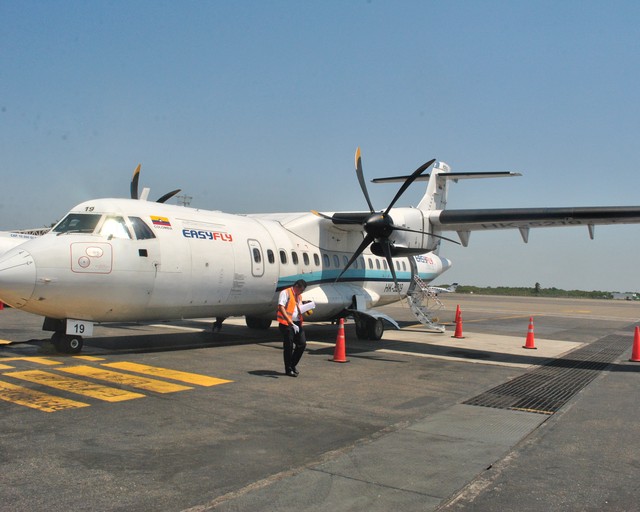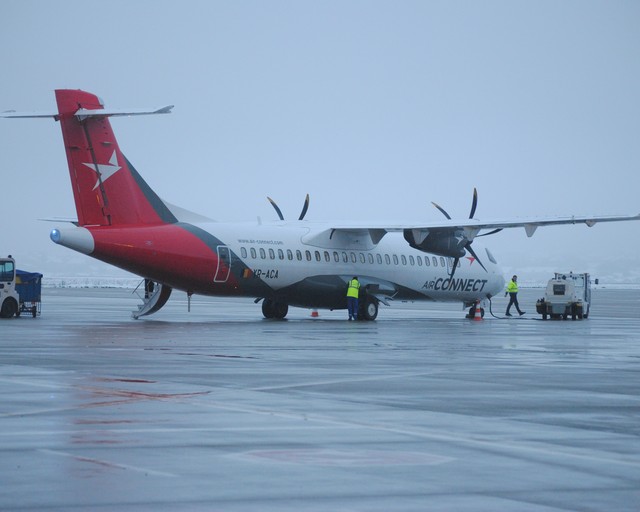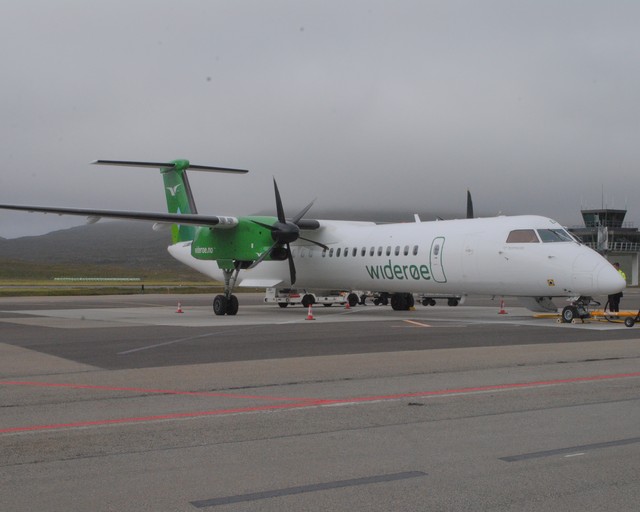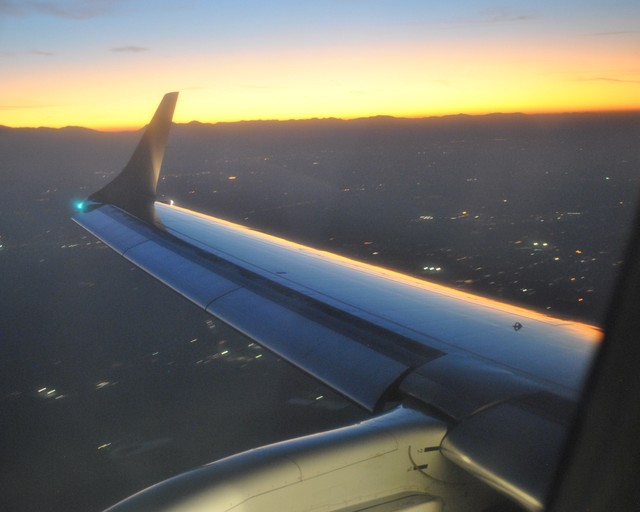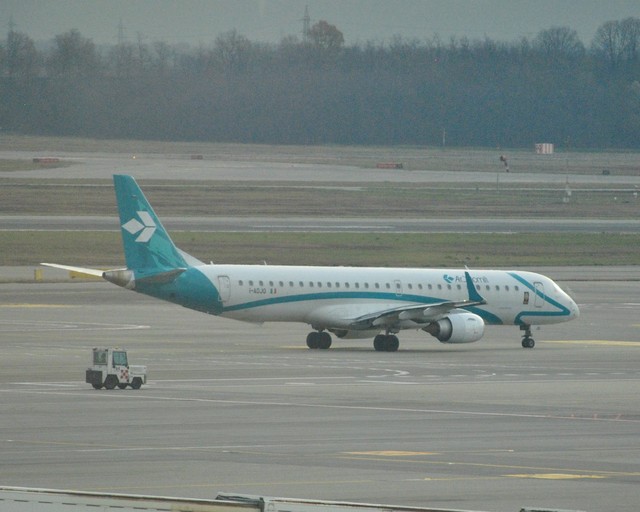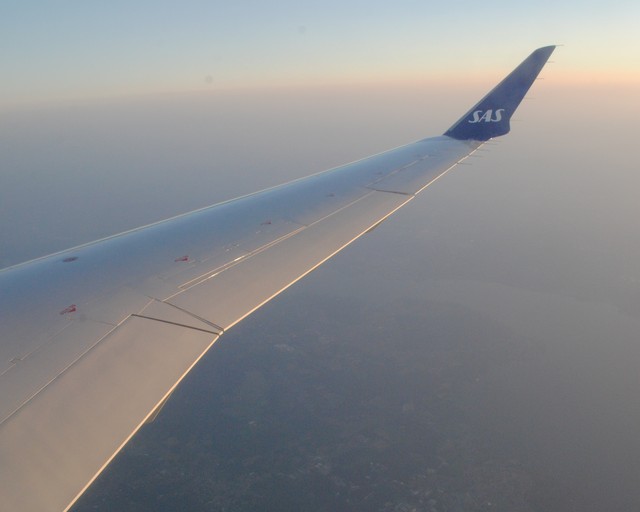Hi, dear flight-report members and readers!
In this FR I'd like to present a review of the China Eastern's flagship - Boeing 777-300ER - on a long-haul flight from Shanghai Pudong (PVG) to Auckland (AKL), taken on 22 March 2024 as a part of my round-the-world trip EU - China (just 1 day in Shanghai) - New Zealand (35 days) - Chile (2 days) - Uruguay (6 days) - Argentina (5 days) - Paraguay (7 days) - EU.
This flight was a part of one-way ticket BUD-PVG-AKL (with the first leg being operated by MU's subsidiary Shanghai Airlines on B789 and 20-hour long layover in Shanghai) which costed just 460 EUR. It was a deal, and I jumped.
Intro
China Eastern is the second-largest airlines in Asia with 664-strong fleet (surpassed only by China Southern with its 681-strong fleet). It is also the world's largest A332 pax operator and the world's second-largest A21N operator. MU (as well as CA) has C919 and ARJ21 in the fleet.
The MU flagship is B777-300ER with 20 frames in the fleet. Their layout is F6_C52_Y258 . Among Chinese airlines there are only 3 that offer first class: Air China with B748s (only 3 in operation) and single B744, China Eastern with B77W and… Xiamen Airlines with B788s (yes, first class in the shortest Dreamliner, whereas their longer B789s don't have first!).
From December 2025 MU's flight PVG-AKL will be continued to Buenos Aires EZE twice a week (will be operated by B77Ws, similar to the subject of this FR). It will be world's longest direct 1-stop flight by both distance and flight time. But don't expect classic Chinese price damping, like in EU - China or China - AU/NZ markets: due to the absence of competition on NZ - Argentina market (the only alternative is LATAM with connection in SCL) the price for AKL-EZE-AKL is charged very high.
It has been a long time since I last flew on a B77W with first class (2 flights on EK 77Ws in the end of 2015) and most B77Ws I've flown since are/were without first (C_W_Y or C_Y layouts). So, it's interesting to fly on a premium-heavy 77W with first again!
World's B777-300ER Operators With First Class
B77W, whose production ended in 2021, is by far the most popular and the most efficient version of the legendary 777 family in the current passenger service (with 1767 frames built it surpassed the 747 family!) with 833 units built.
B77W is definitely a very large aircraft. Though, not too much operators have first class in these birds. It would be interesting to list them.
1) Air China: 20 units (F8_C42_Y261, 3-3-3 Y).
2) Air France: 16 units (F4_C58_W28_Y206, 3-4-3 Y) plus 5 units (F4_C60_W44_Y204, 3-4-3 Y).
3) Air India: 6 units (F8_C40_Y280, 3-4-3 Y) plus 13 units (F4_C35_Y303, 3-3-3 Y).
4) Air New Zealand: 2 units (F6_C53_W34_Y201, 3-4-3 Y).
5) ANA: 10 units (F8_C64_W24_Y116, 3-4-3 Y) plus 3 units (F8_C68_W24_Y112, 2-4-3 Y).
6) American Airlines: 20 units (F8_C52_W28_Y216, 3-4-3 Y). First class is planned to be phased out. AA is the only airline with first class in all the Americas.
7) British Airways: 16 units (F8_C76_W40_Y132, 3-4-3 Y) - the world's most premium-heavy 77W layout. Worth noting that BA also has first on select old B77Es, which is unique!
8) Cathay Pacific: 13 units (F6_C53_W34_Y201, 3-4-3 Y).
9) China Eastern: 20 units (F6_C52_Y258, 3-4-3 Y).
10) Emirates: 28 units (F8_C42_Y304, 3-4-3 Y) plus 37 units (F8_C42_Y310, 3-4-3 Y) plus 16 units (F8_C40_W24_Y260, 3-4-3 Y) plus 12 units (F8_C40_W24_Y256, 3-4-3 Y) plus 9 units (F6_C38_W24_Y256, 3-4-3 Y).
11) Etihad Airways: 1 unit (F8_C40_Y280, 3-4-3 Y).
12) Garuda Indonesia: 2 units (F8_C38_Y268, 3-3-3 Y), 1 unit is taken by the government. First class is planned to be phased out.
13) Japan Airlines: 10 units (F8_C49_W40_Y147, 3-3-3 Y) - the world's most unique 77W 4-class layout due to 3-3-3 Sky Wider economy. All these units will be retired and replaced by 4-class A35K.
14) Korean Air: 14 units (F8_C42_Y227, 3-3-3 Y) plus 10 units (F8_C56_Y227, 3-3-3 Y).
15) Kuwait Airways: 10 units (F8_C36_Y290, 3-3-3 Y).
16) Qatar Airways: 6 units (F6_C53_Y235, 3-4-3 Y), leased from Cathay Pacific.
17) Saudia: 8 units (F12_C36_Y242, 3-3-3 Y).
18) Singapore Airlines: 22 units (F4_C48_W28_Y184, 3-3-3 Y) - the world's second-most unique 77W 4-class layout due to generous 3-3-3 economy.
19) Swiss International Airlines: 12 units (F8_C62_W24_Y226, 3-4-3 Y).
20) TAAG: 3 units (F12_C56_Y225, 3-3-3 Y) plus 2 units (F8_C53_Y228, 3-3-3 Y). DT is the only airline with first class in Africa.
21) Thai Airways: 3 units (F8_C40_Y255, 3-3-3 Y). First class is planned to be phased out.
Shanghai Pudong Airport
Pudong airport (PVG) is the Shanghai's main airport, connected to the city by Maglev and metro lines (there is also the second airport, SHA, much closer to the city centre). In PVG China Eastern operates from modern, huge and spacious T1, which doesn't feel crowded at all despite the large number of departures. My flight was departing from the satellite. Whereas the main T1 building have limited planespotting possibilities, the satellite is much better for this purpose.
The Aircraft
MU's standard livery is one of the blandest in the world, but my flight was operated by 2014-built B-2002 in the special "China International Import Expo" livery. Very nice! Worth noting that less-known Chinese airlines (like China United Airlines and some others) have a lot of really beautiful special liveries that can be considered as a kind of art.
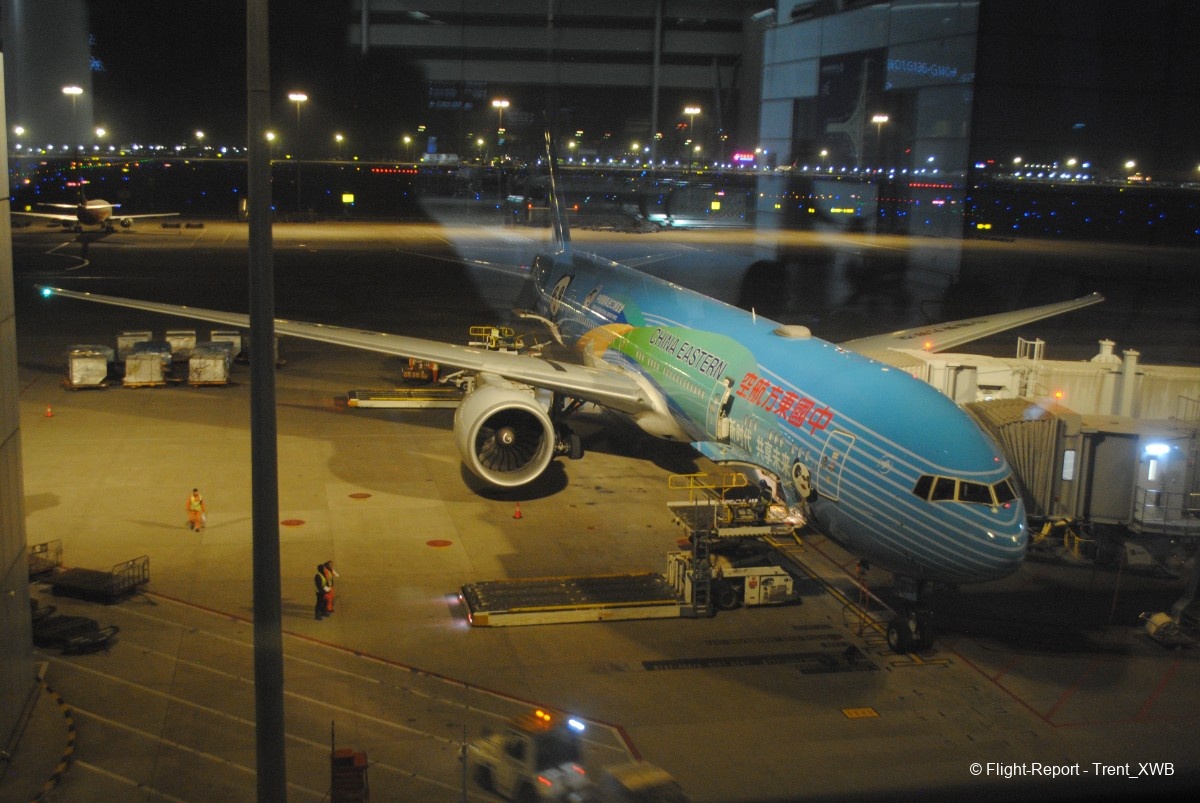
The Business Class Cabin
A nice touch right after the 2L door
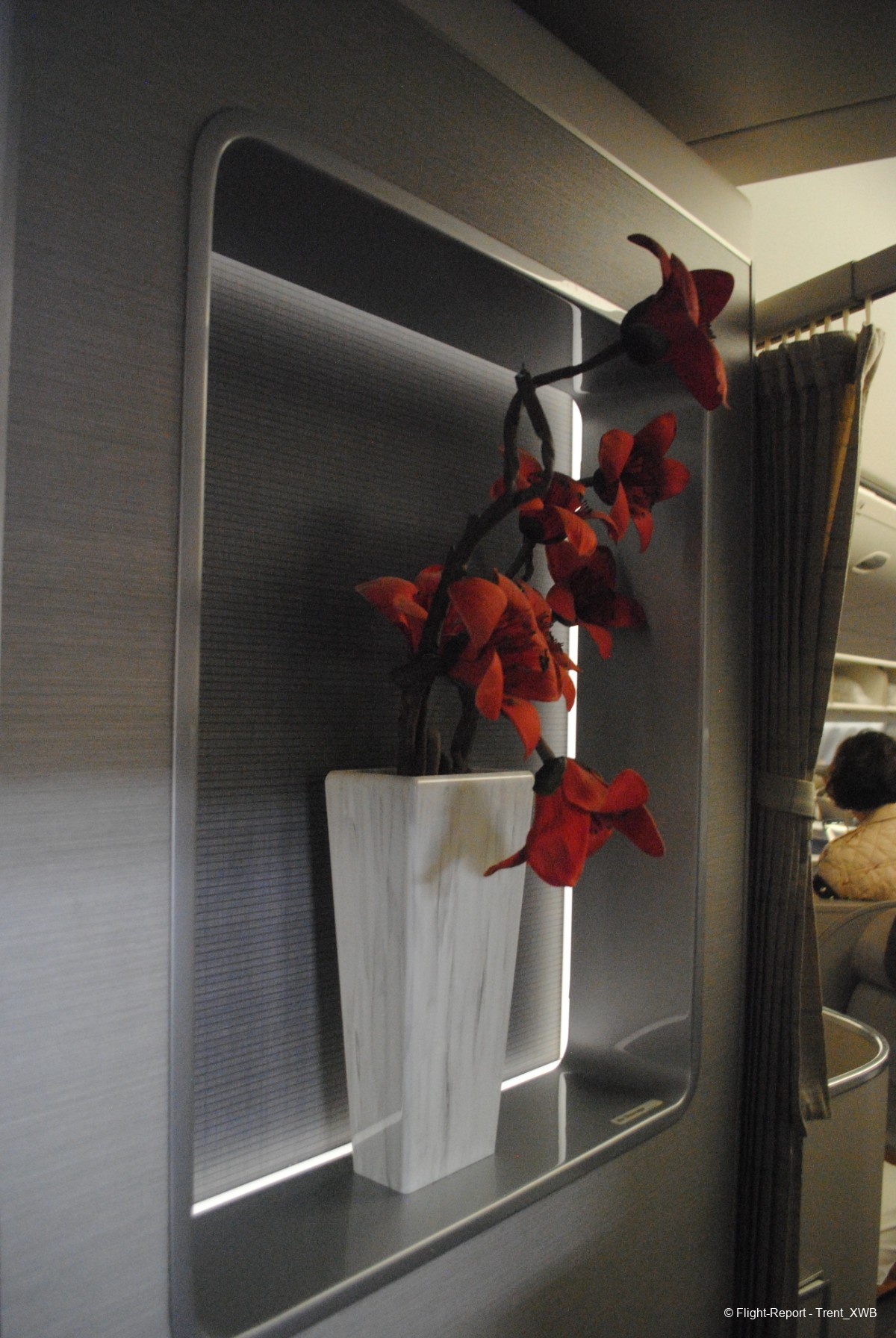
A first glance into the small front business cabin, located between the first class cabin (also visible a bit and will be shown in details further) and 2L/R doors and consisting of just 8 Safran Cirrus II seats in 1-2-1 layout.
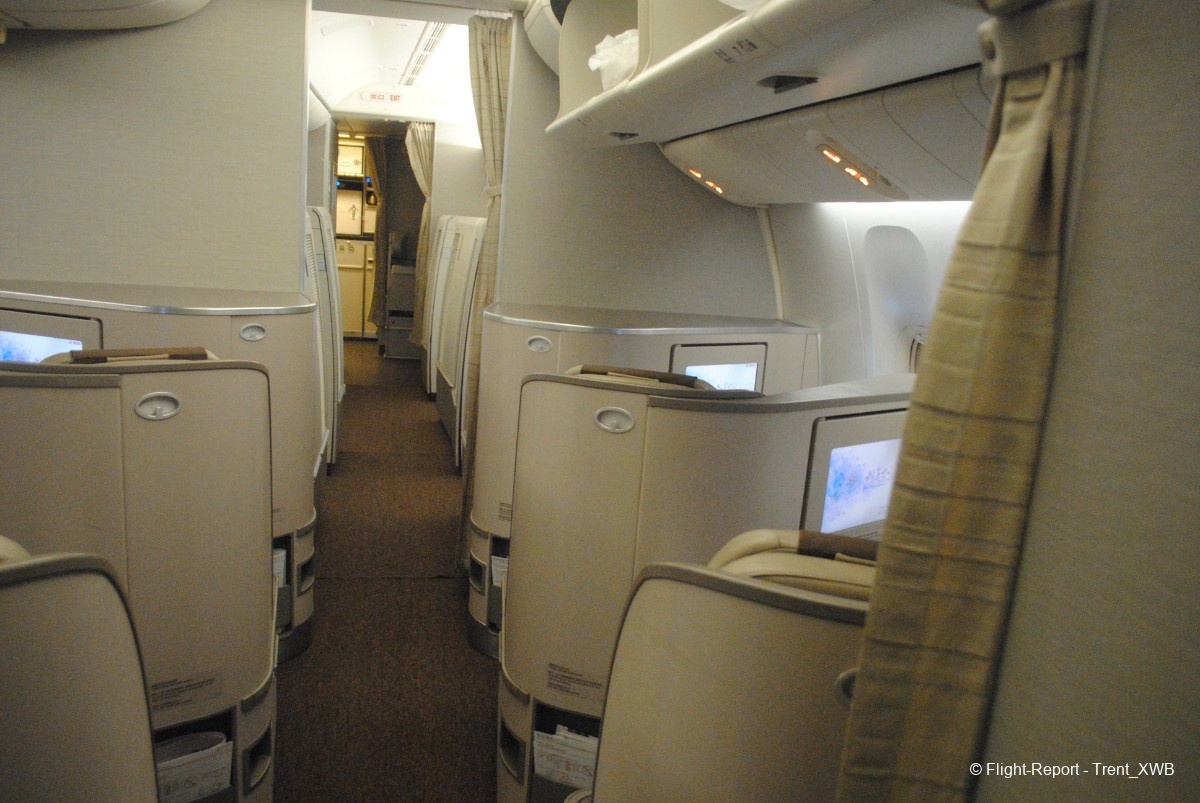
The space between 2L/R and 3L/R doors is entirely occupied by the large second business class cabin, consisting of 44 Safran Cirrus II seats in 1-2-1 layout. These seats are not cutting-edge "business suites". Suites on this plane are in the first class cabin only.
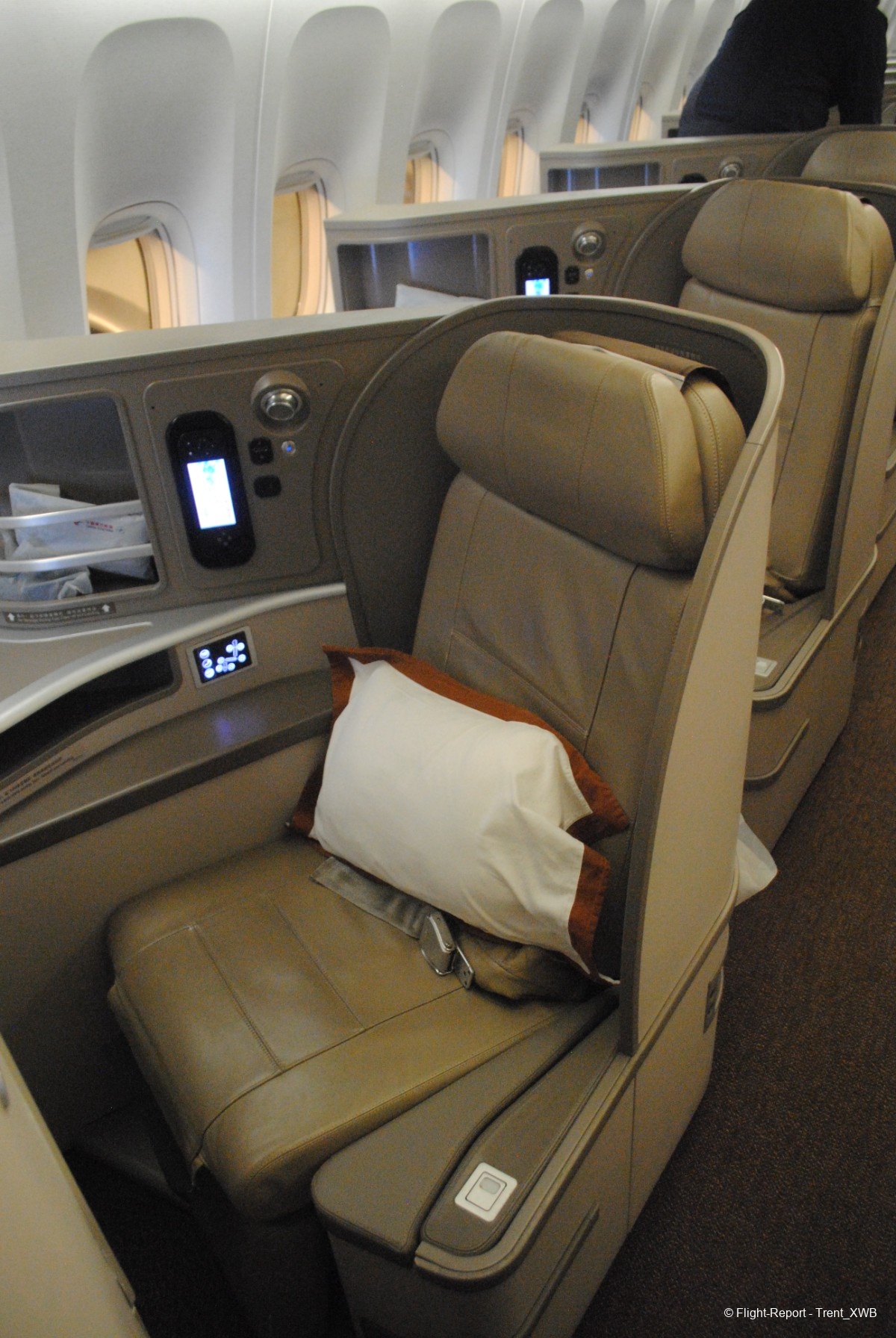
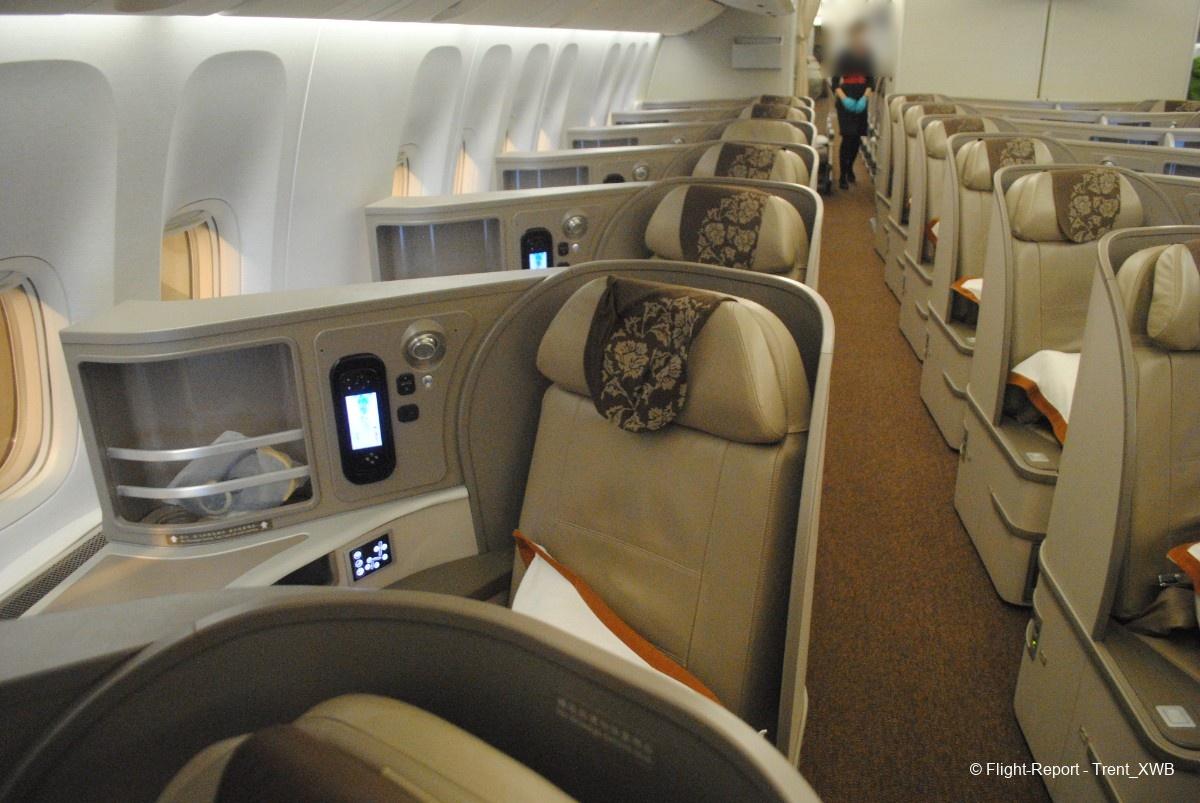
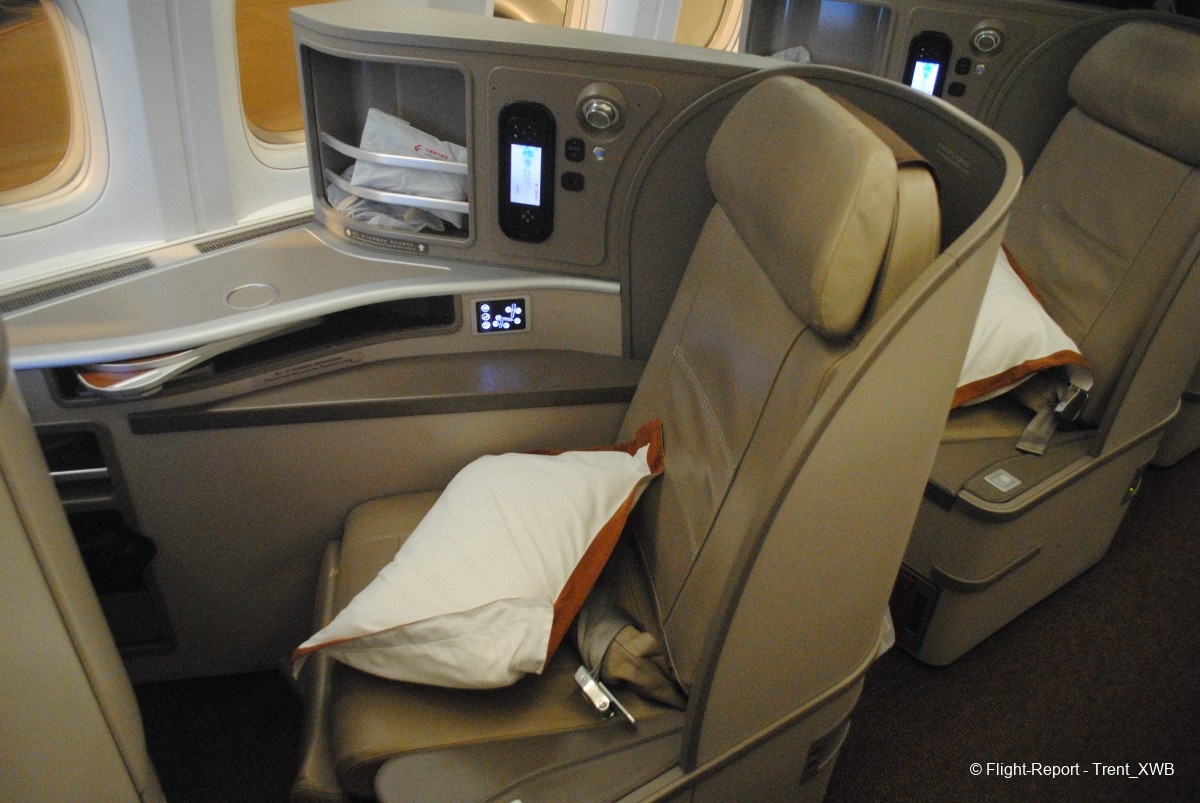
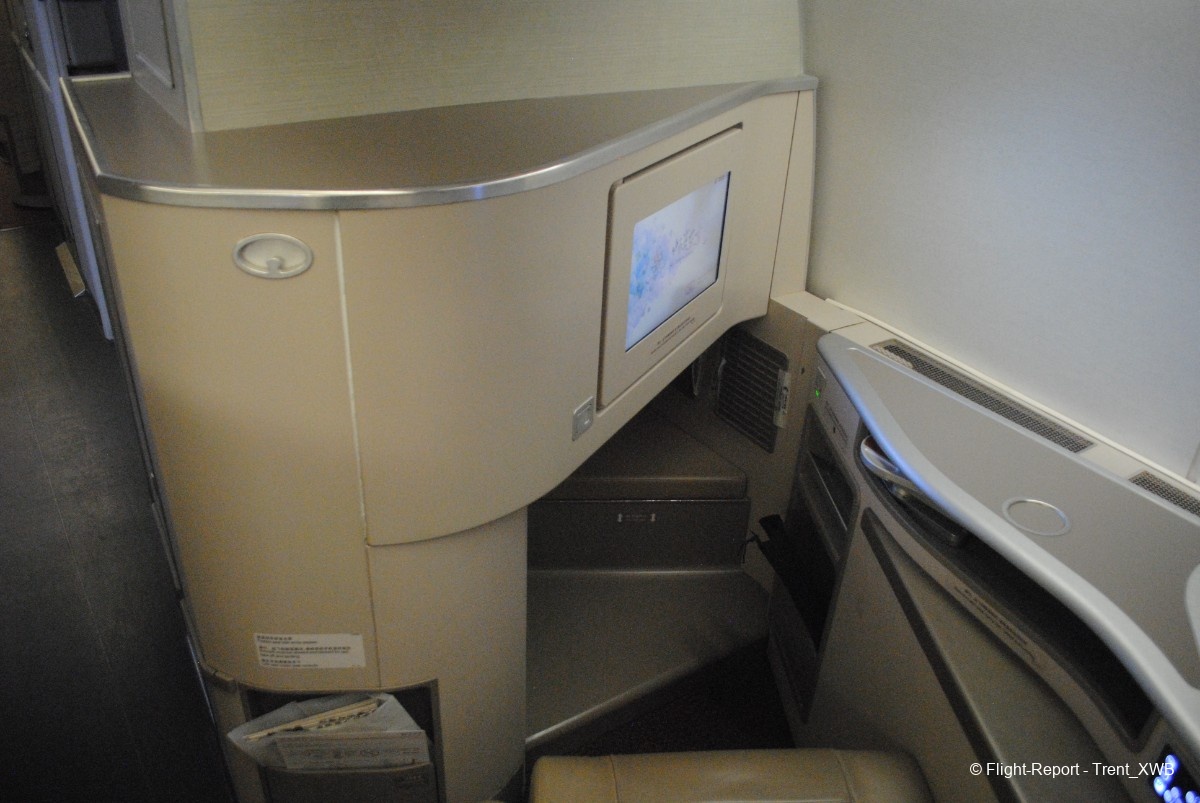
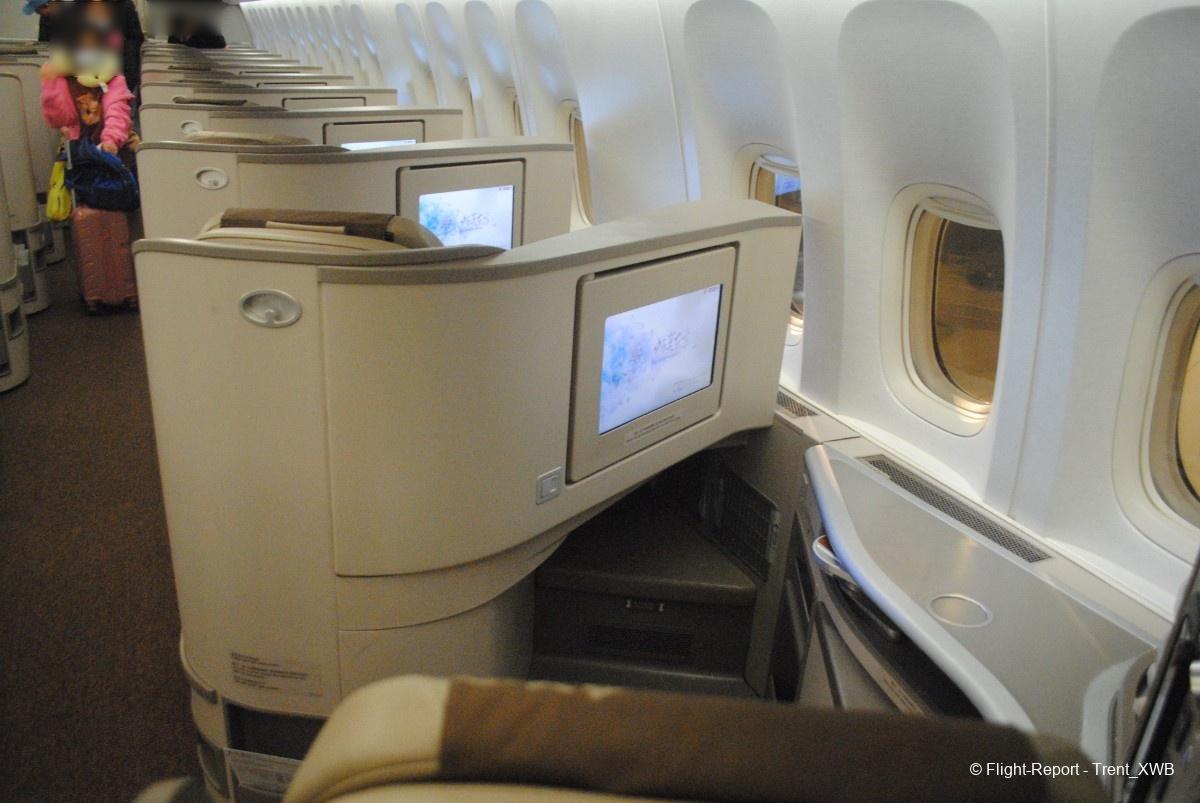
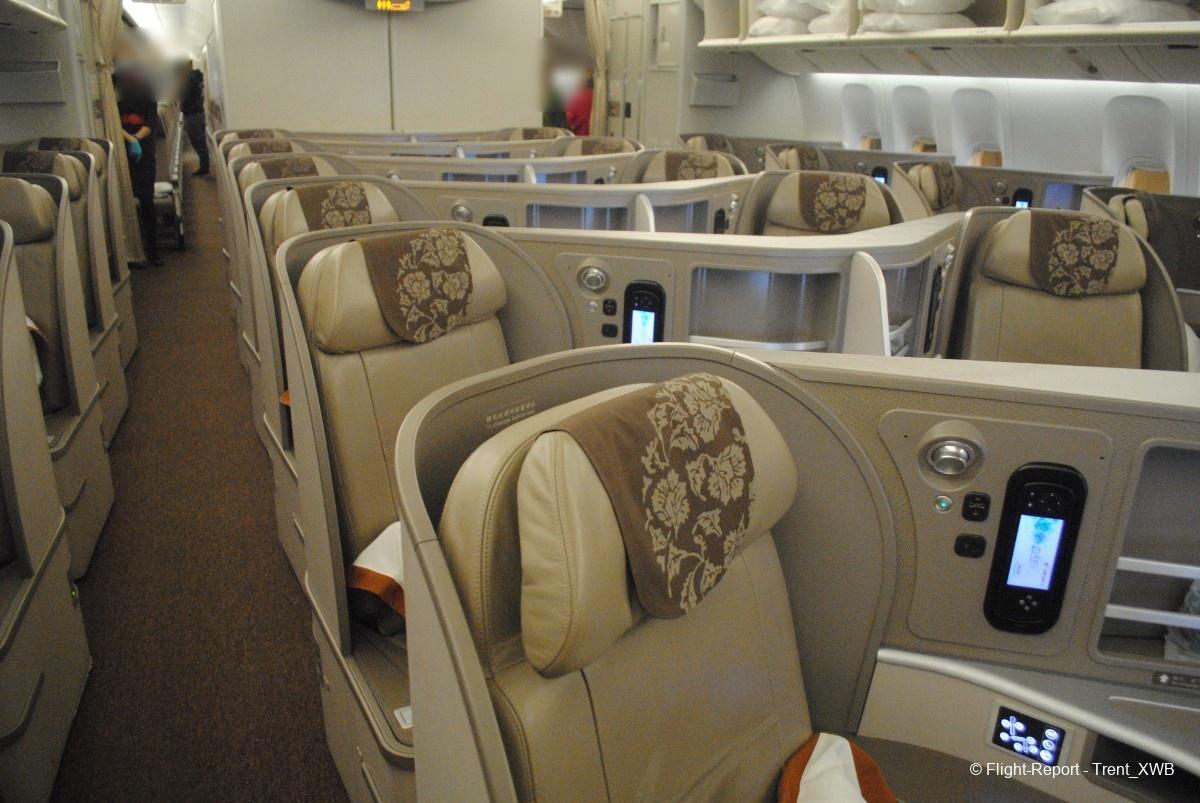
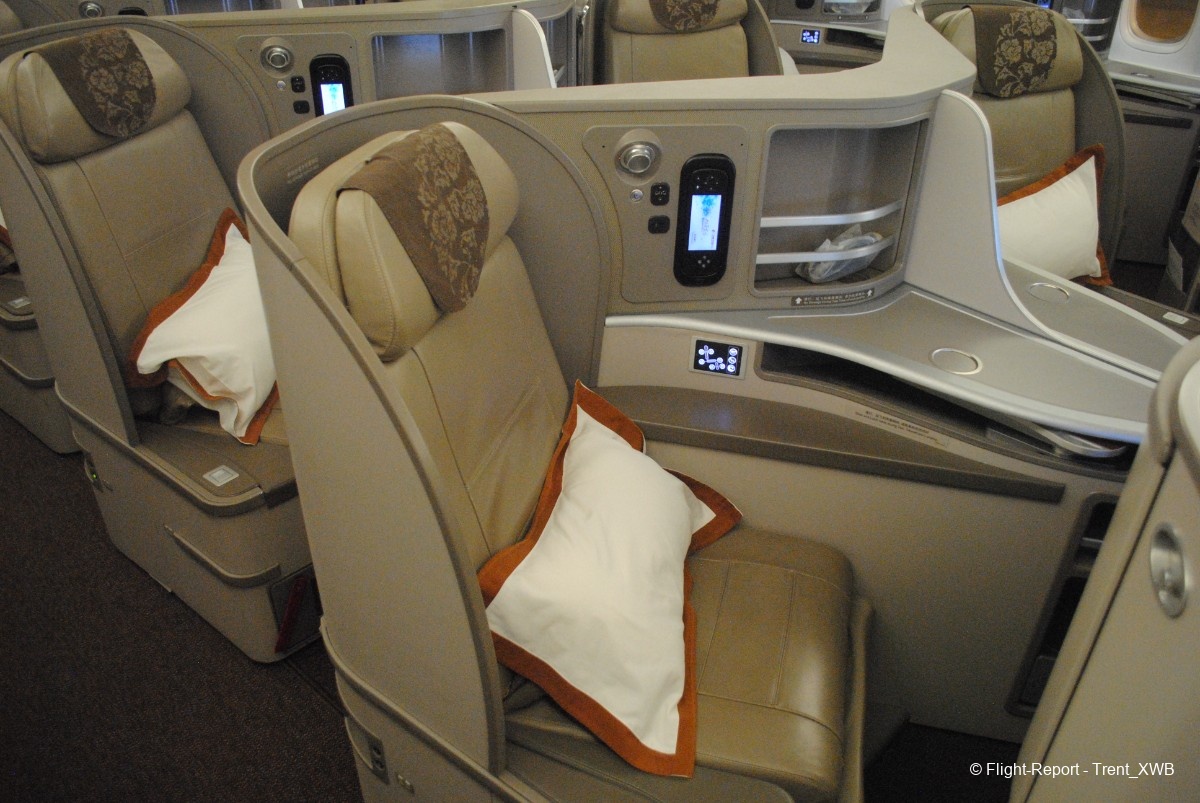
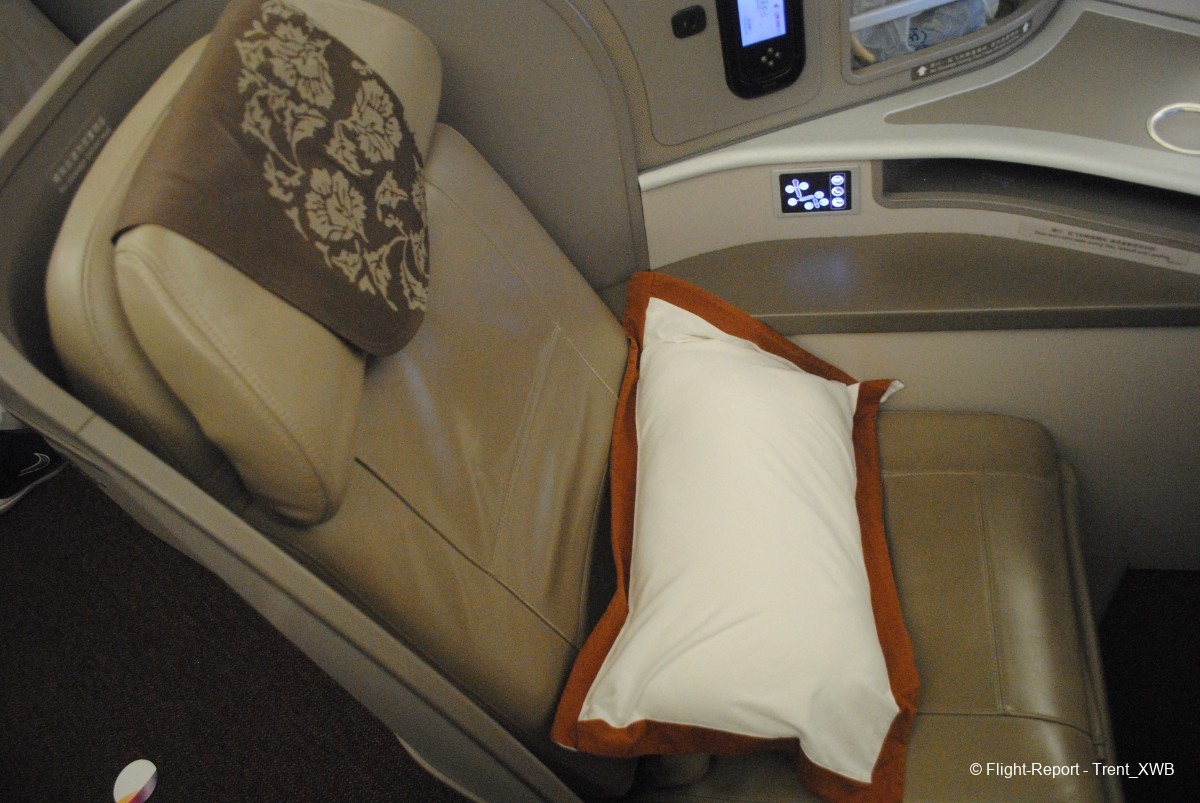
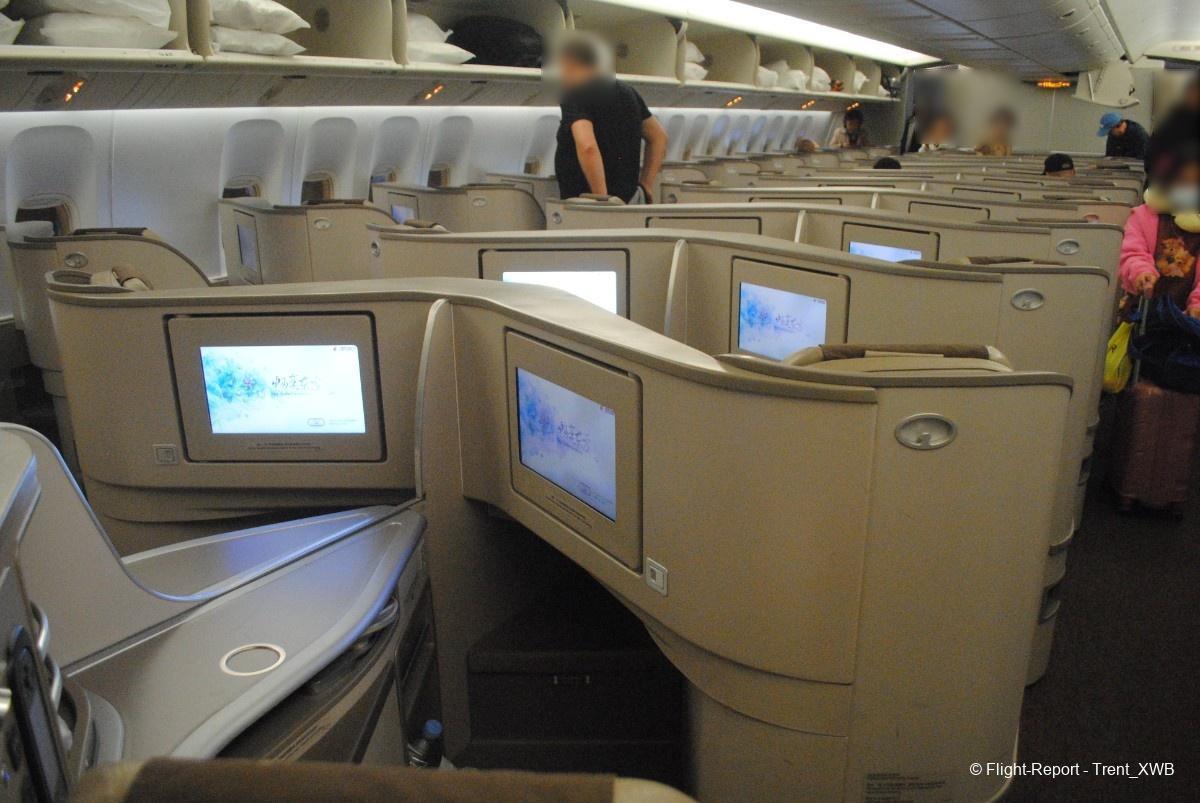
The Economy Cabin
Then follows two large economy cabin, having 258 seats in total in 3-4-3 layout. The front one between 3L/R and 4L/R doors (rows 31 to 44)…
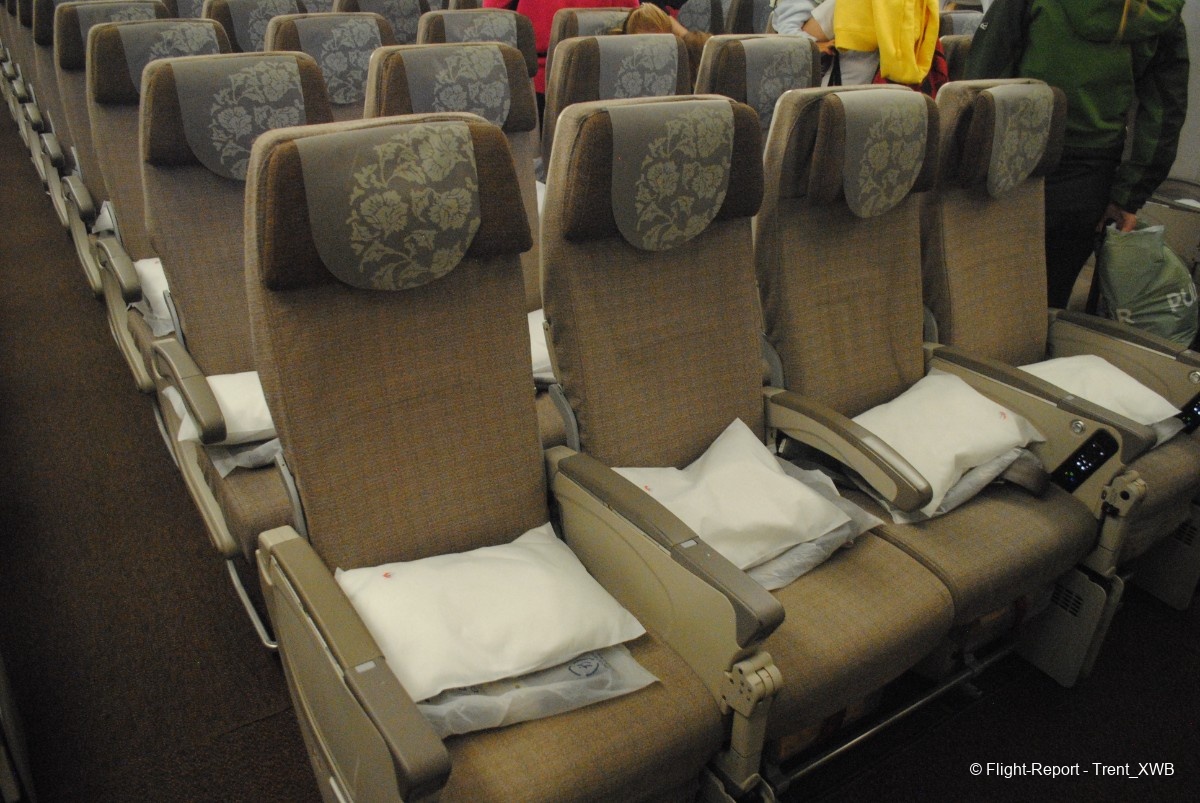
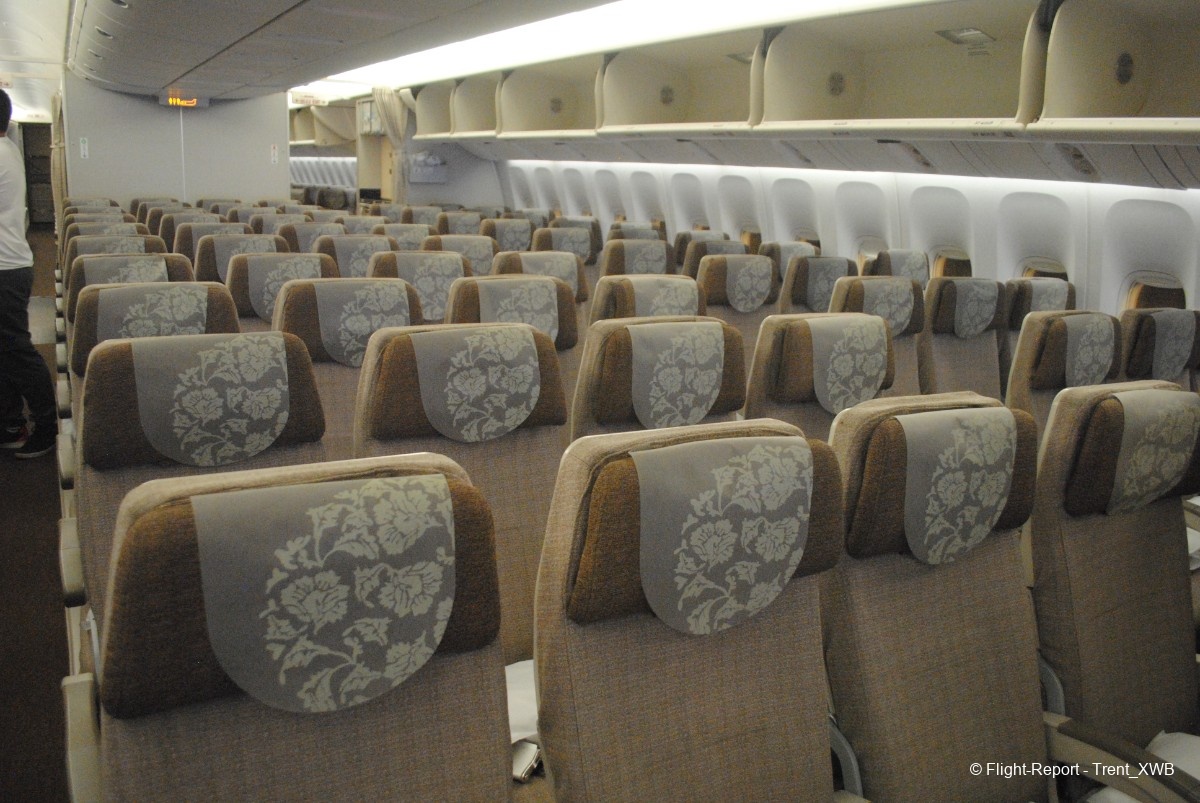
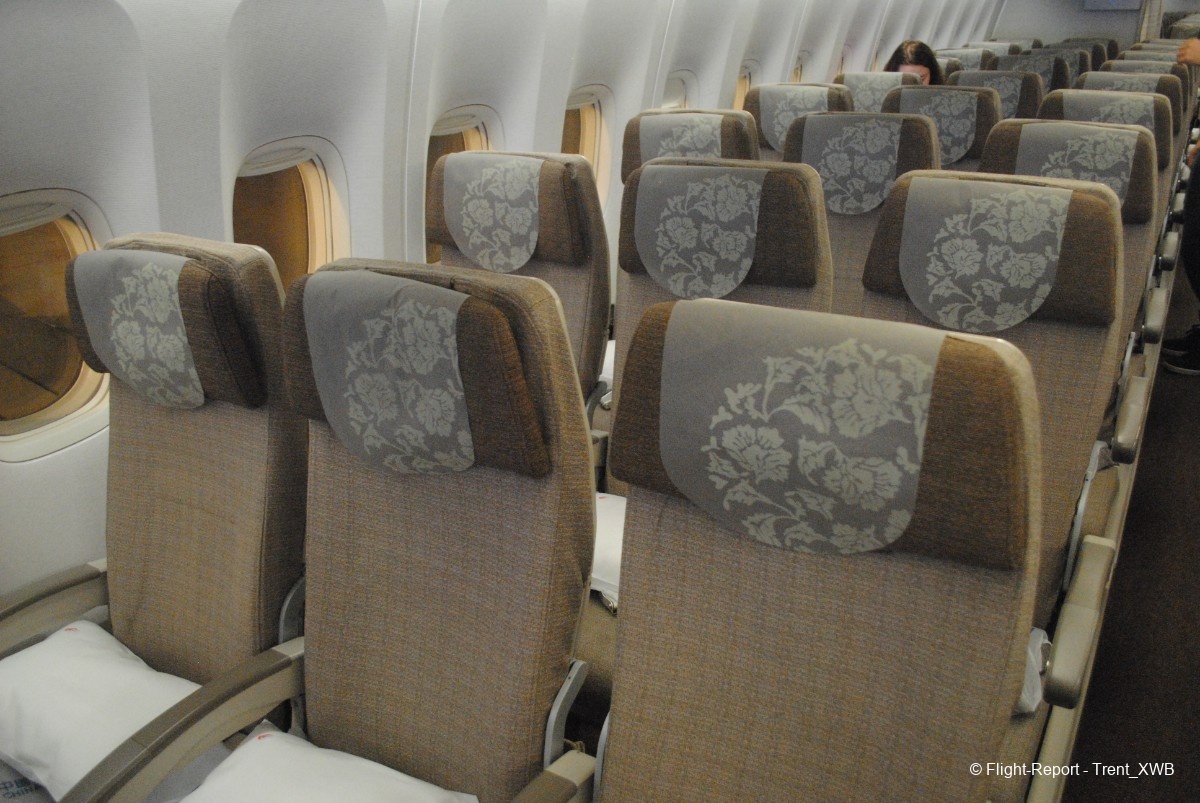
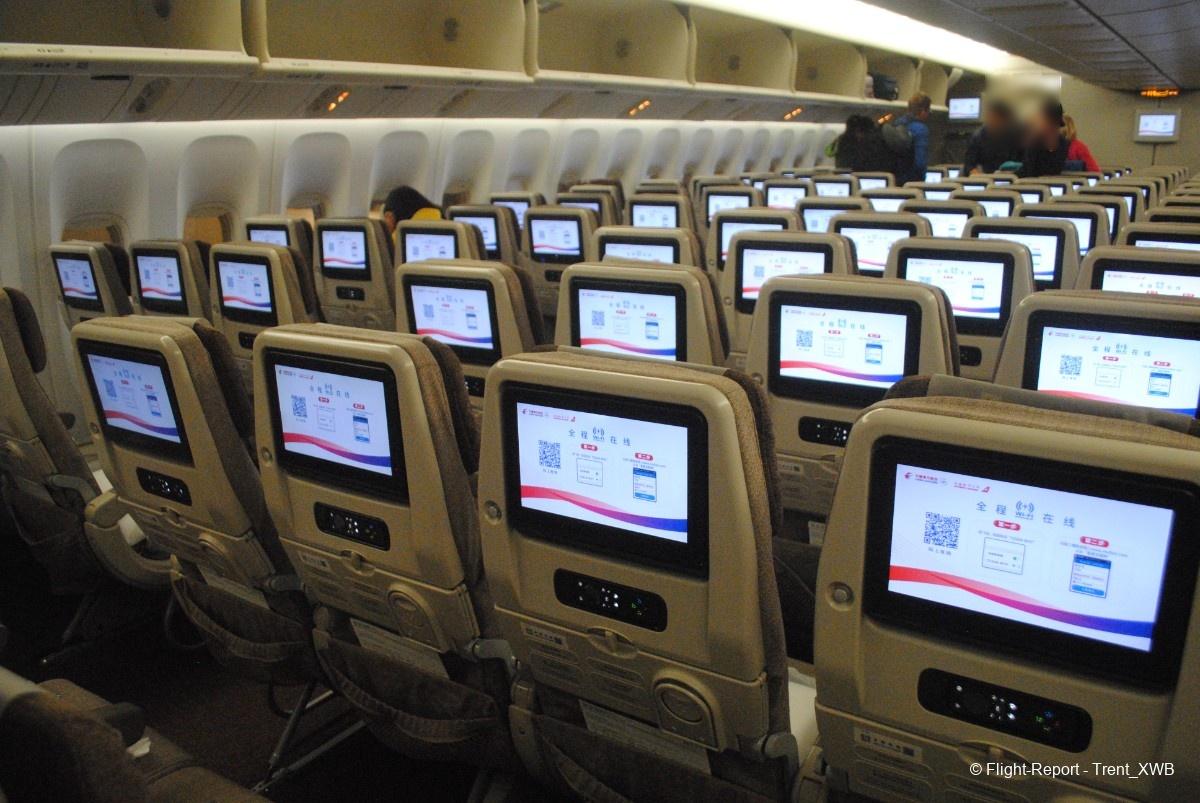
… and the rear one between 4L/R and 5L/R doors (rows 61 to 74 - notice the leap in the numeration!). The very last 5 rows (70 to 74) have duo seats near windows, and if you're going to fly PVG-AKL-EZE and expecting that cabin is going to be full, choose these duos).
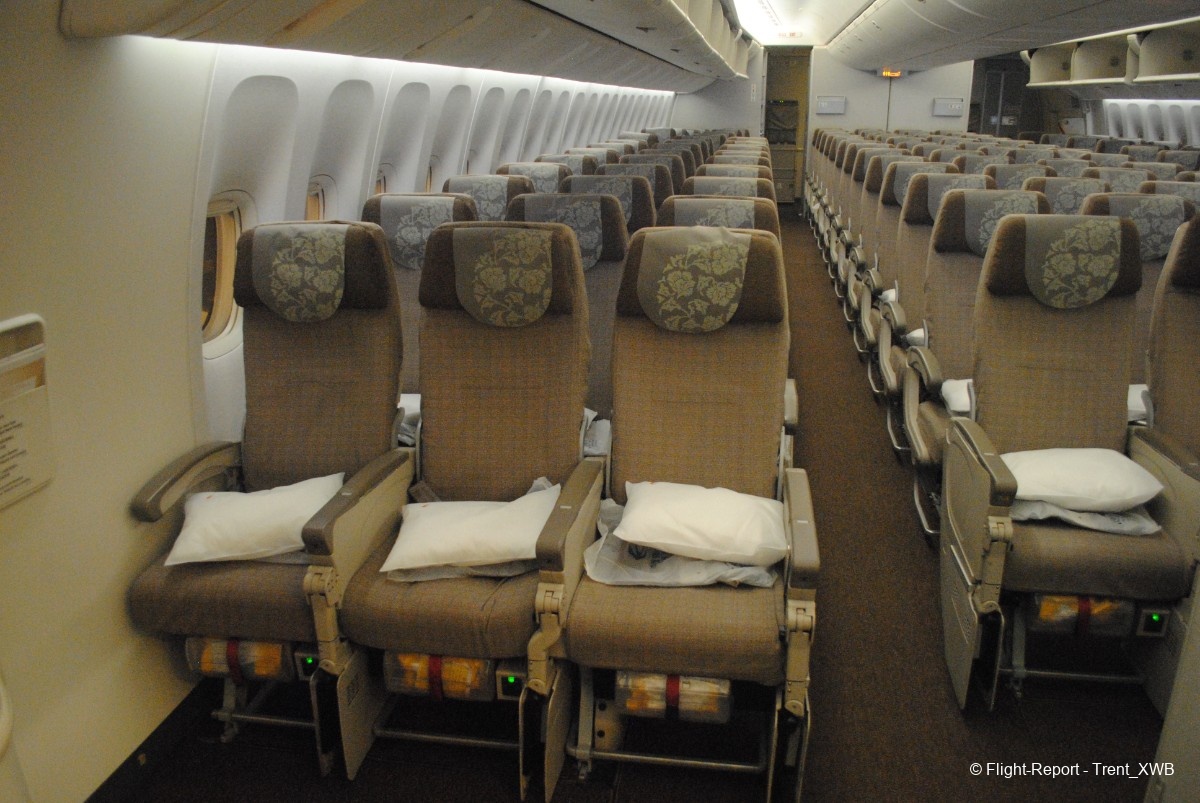
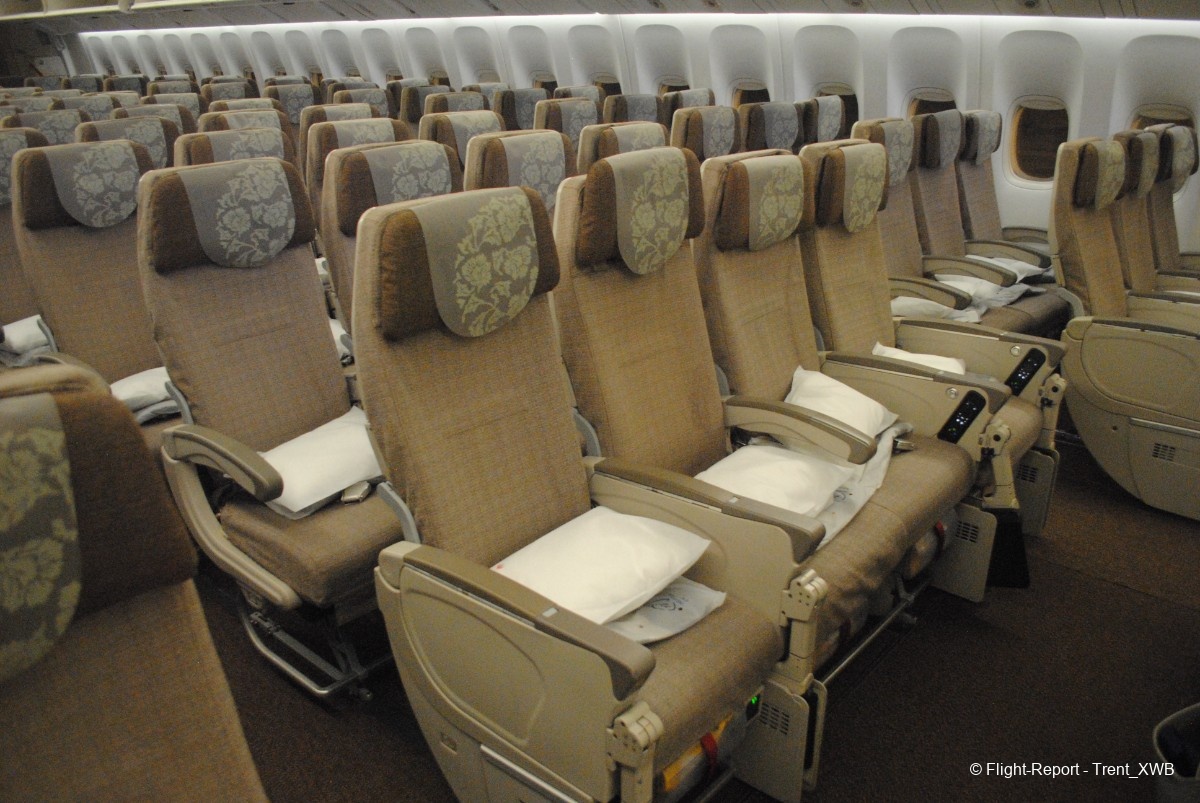
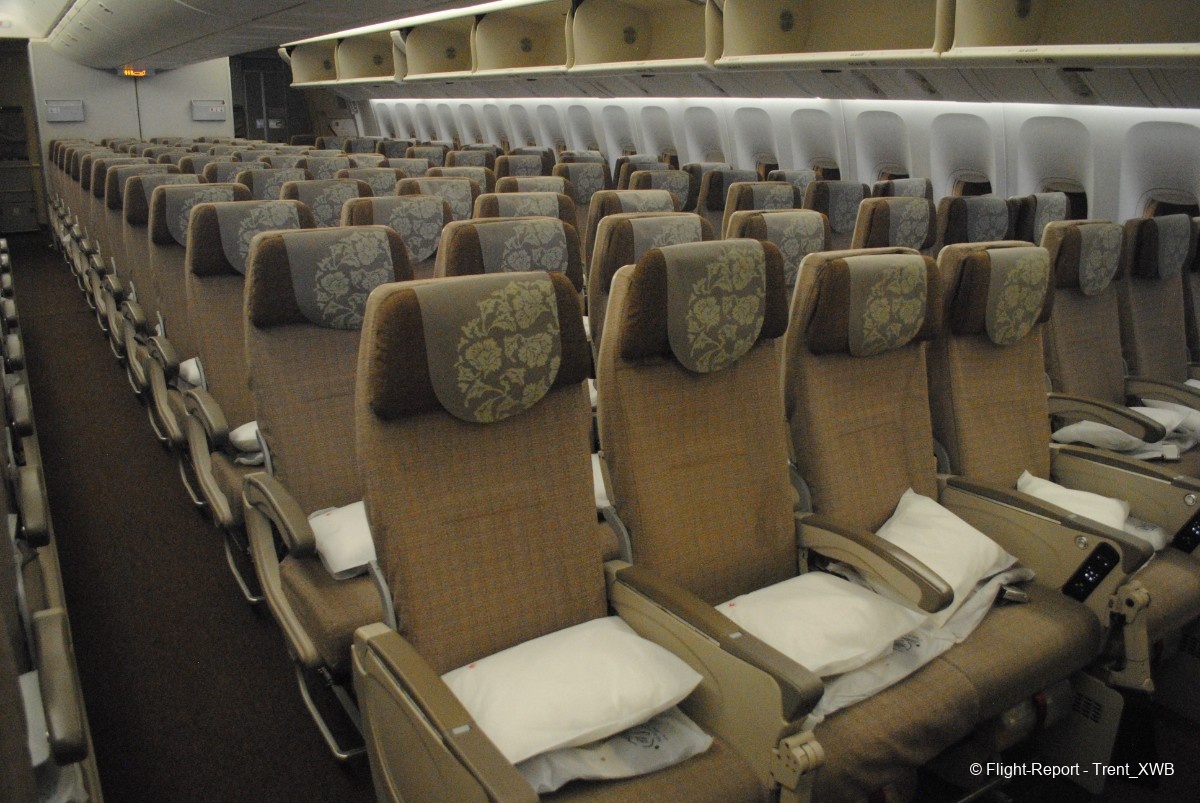
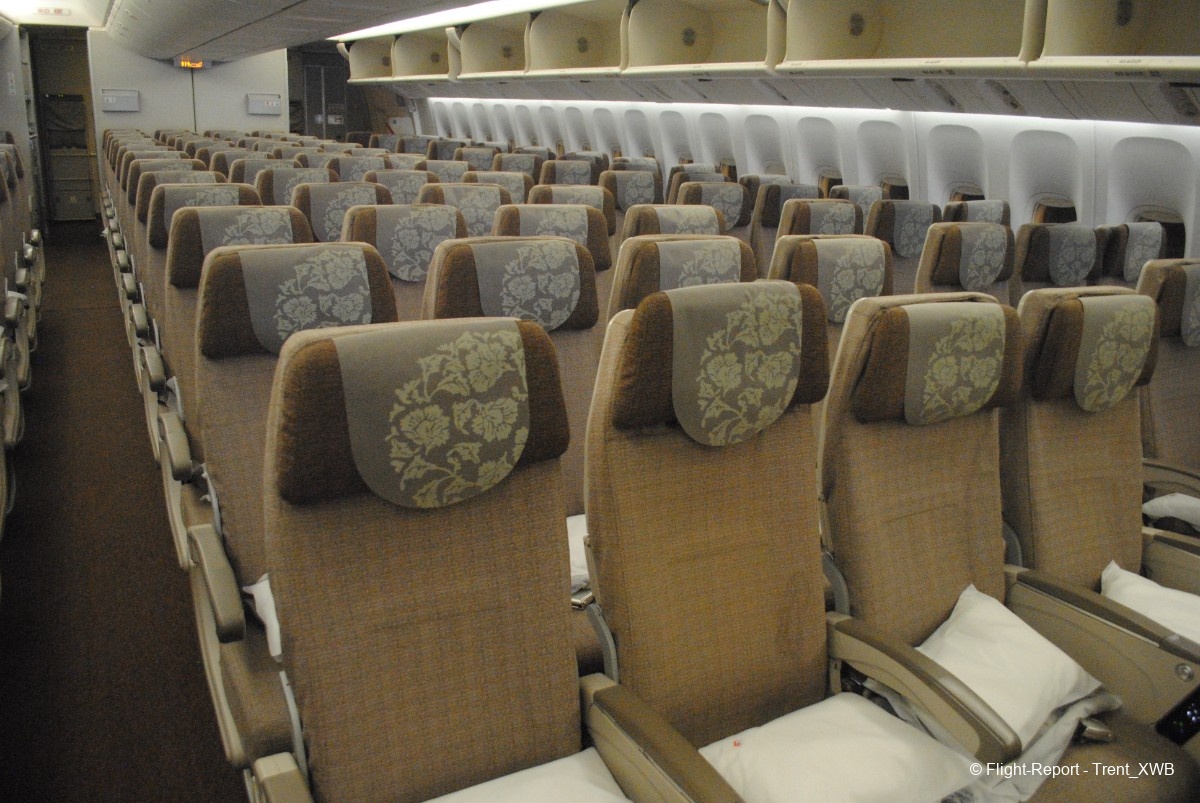
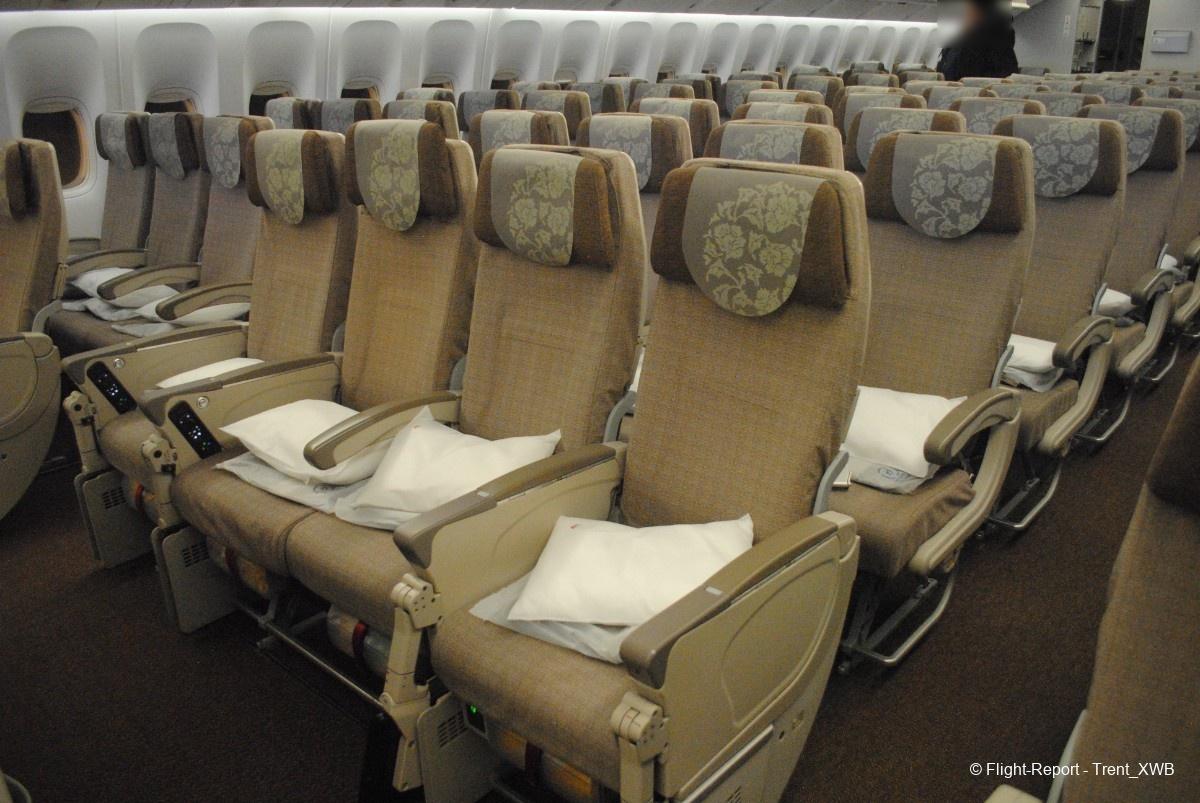
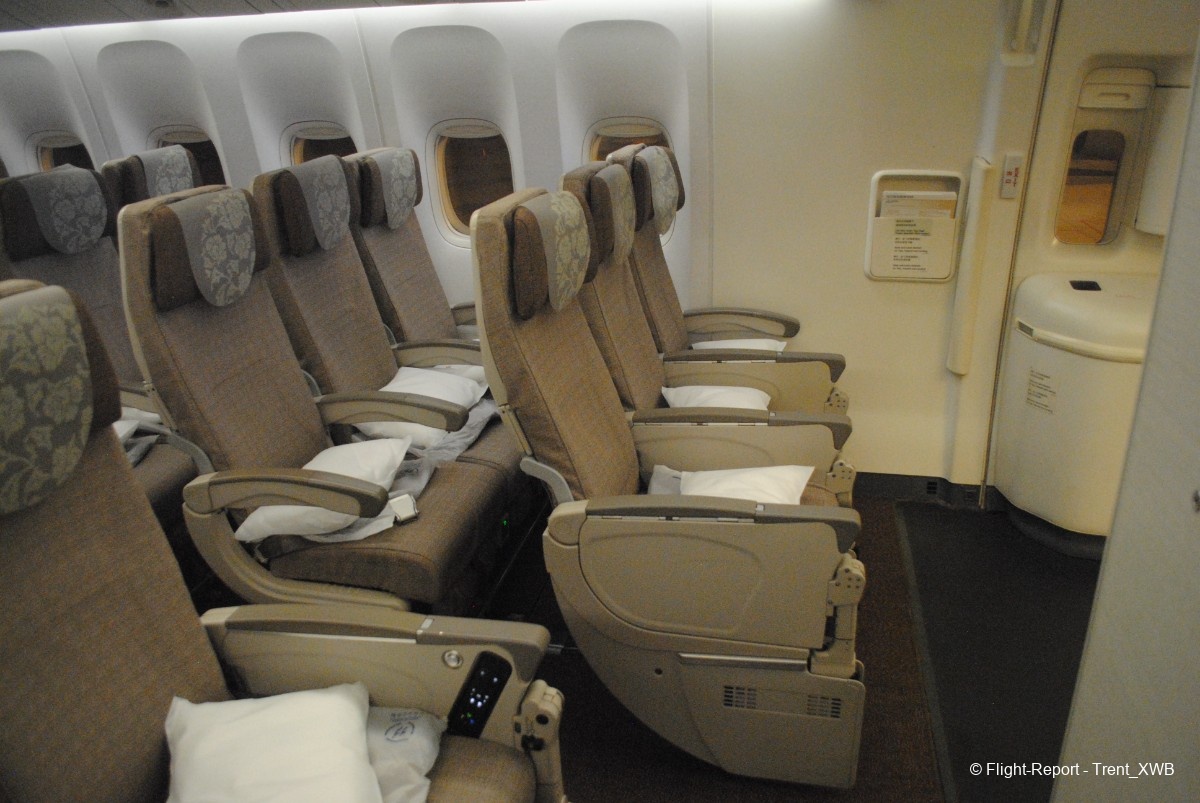
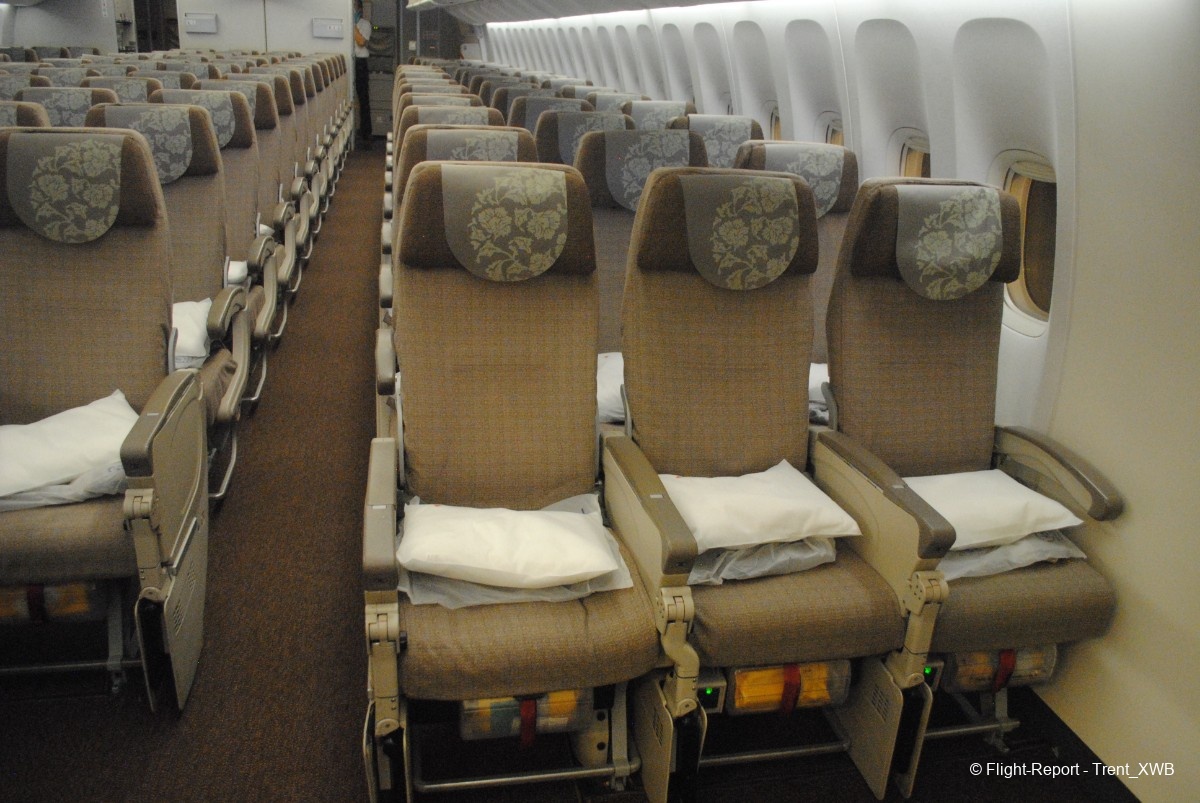
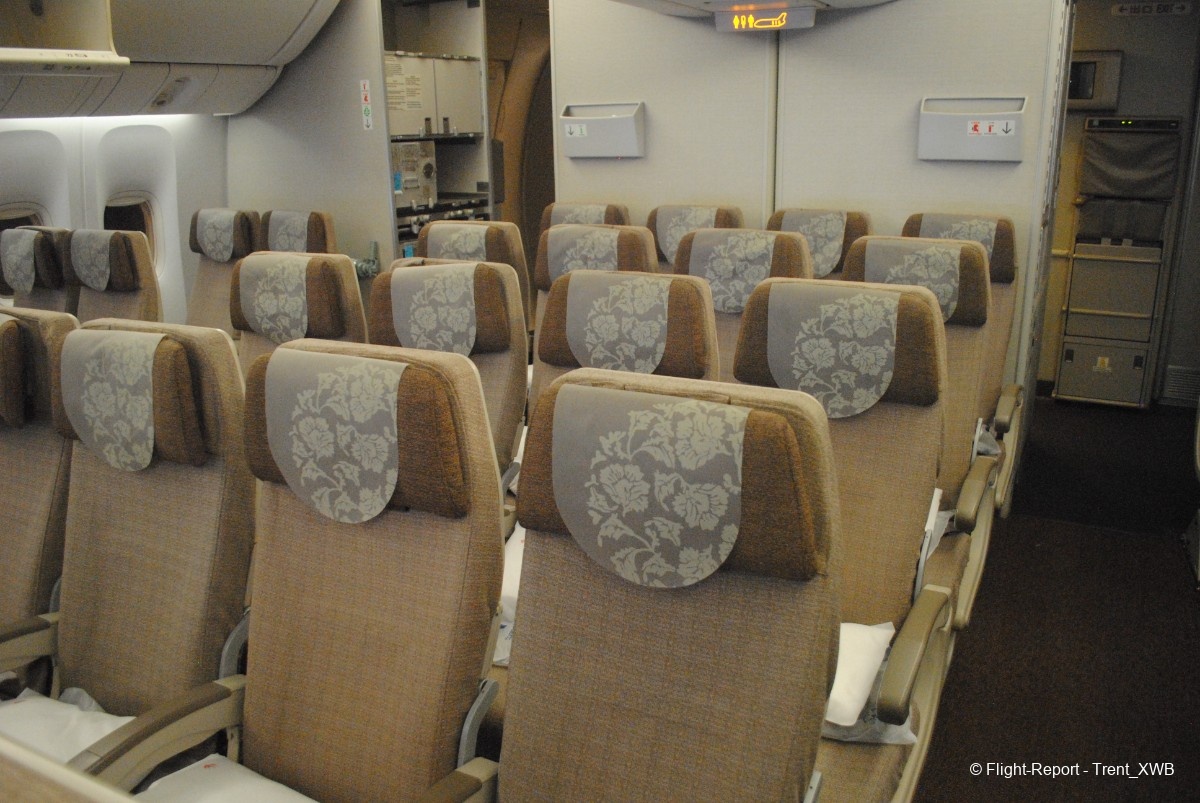
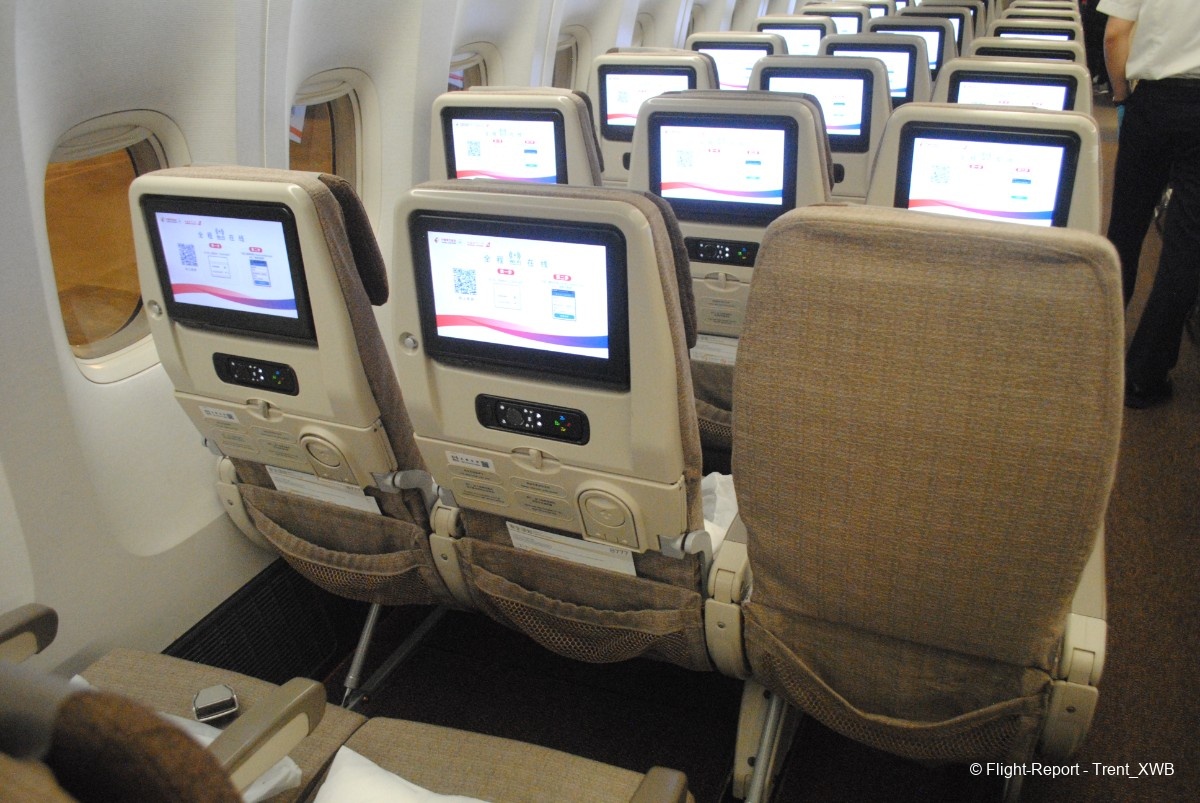
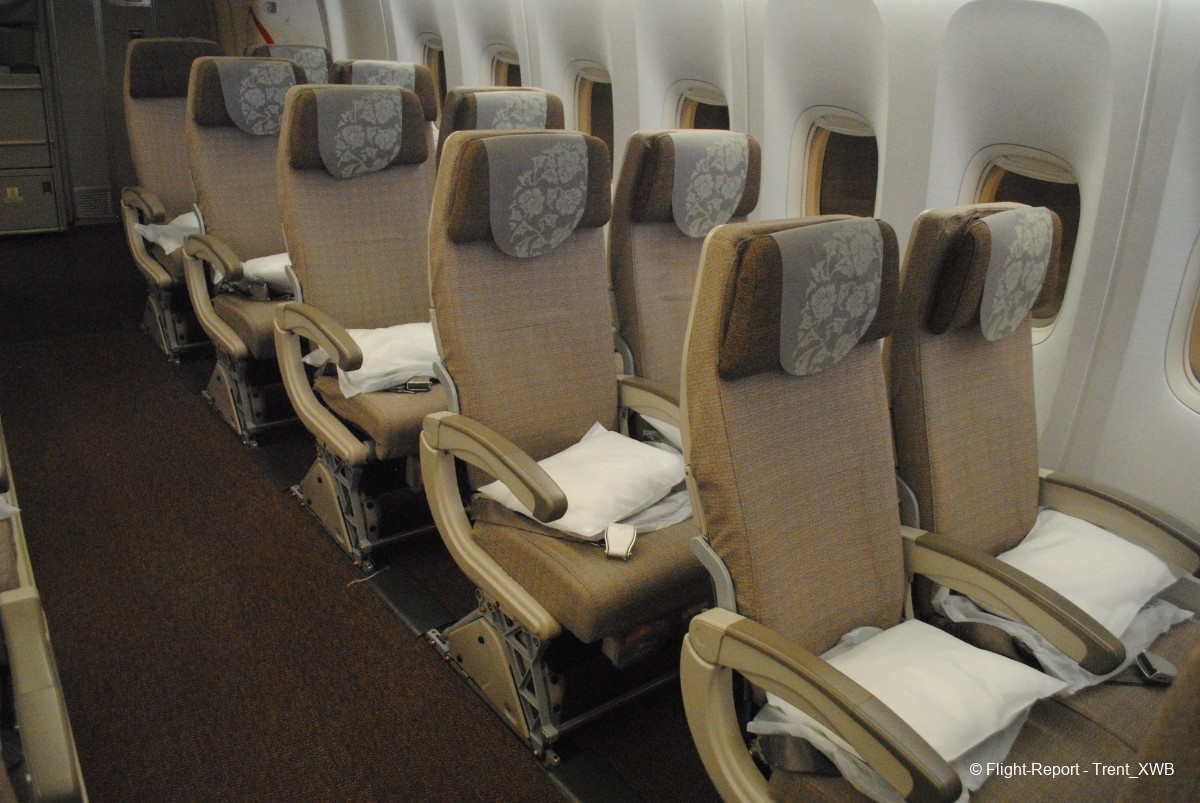
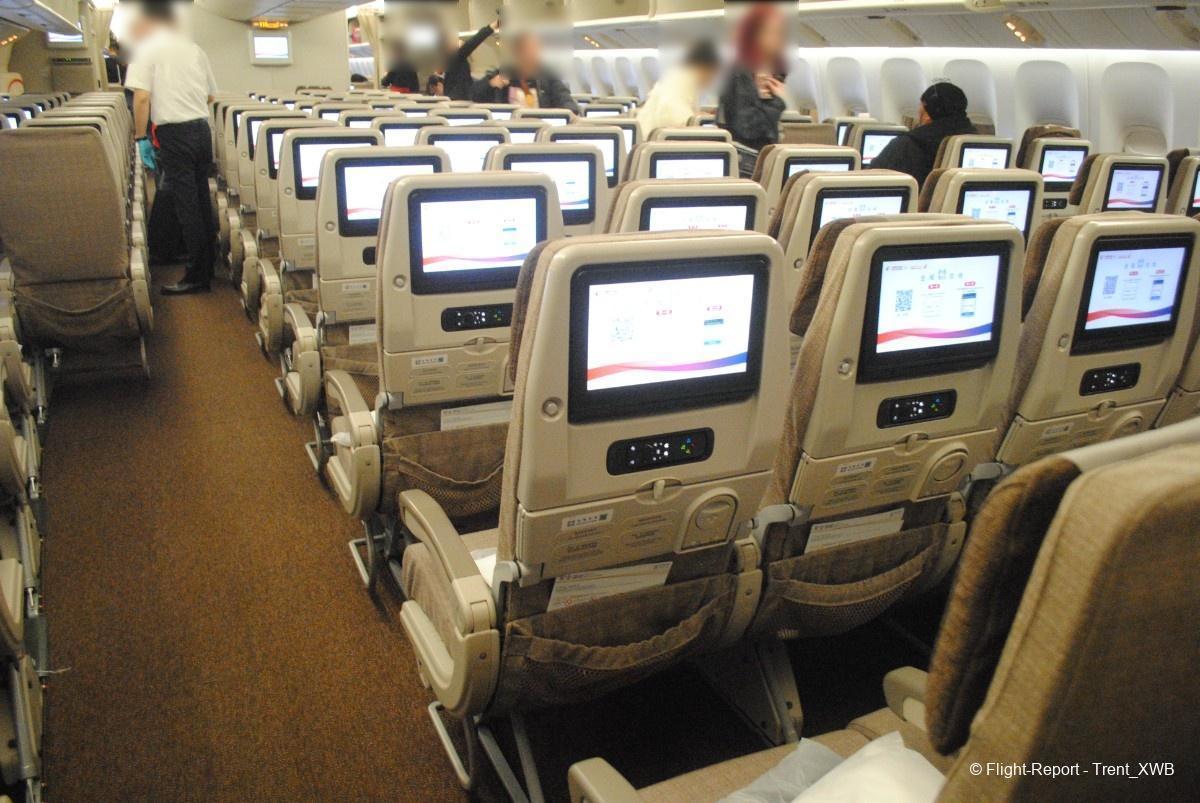
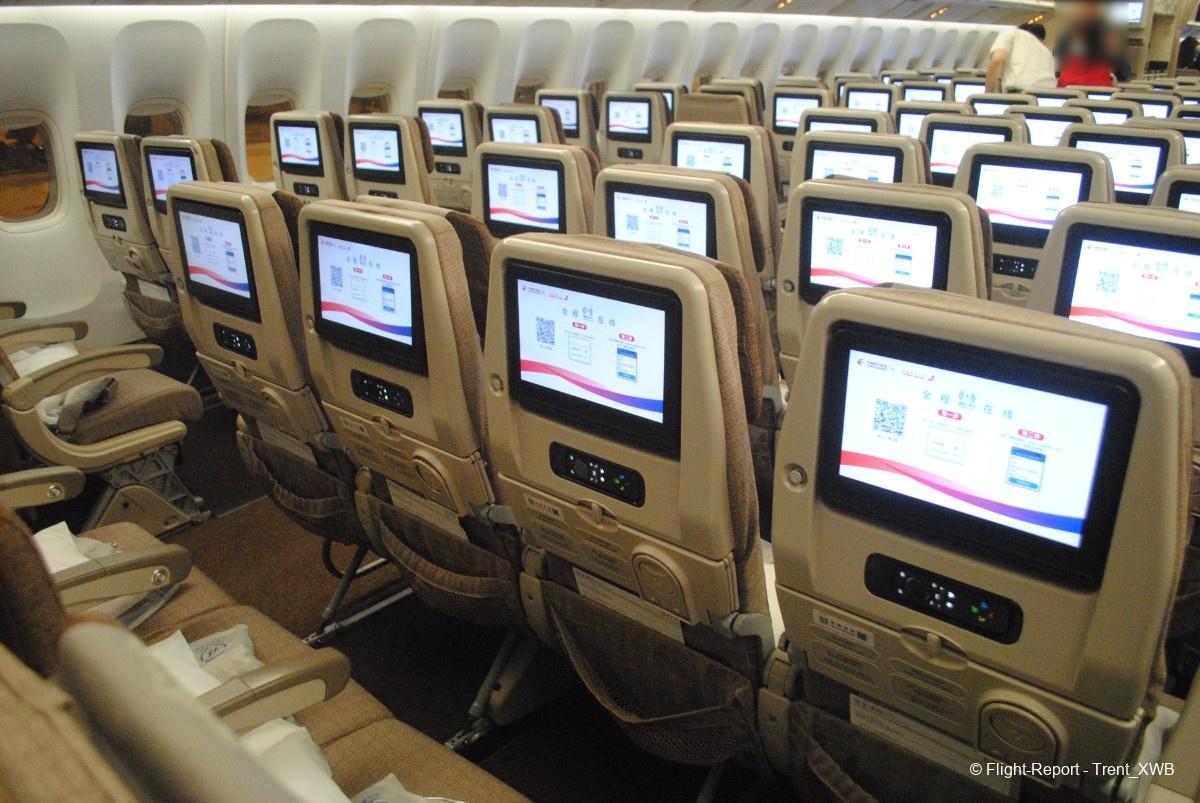
The Economy Seat
My seat 64L is located in the rear economy cabin and has 1.5 windows. The seat model is very comfortable Safran Z300 - the same as in Korean Air B748, but a bit narrower (17.0", whereas KE 748 has 17.2-17.3") and with 32" row pitch, and inch less than KE's one (for me, being 177 cm tall, it's more than OK). The economy cabins overall look very similar to KE B748 ones (except upholstery color), even the large galley has similar location between 4L/R doors!
The seat has adjustable headrest, modern IFE with large screen and remote control, USB port, coat hanger, bifold tray table, cup holder and seat pocket. Waiting on the seat are pillow and blanket.
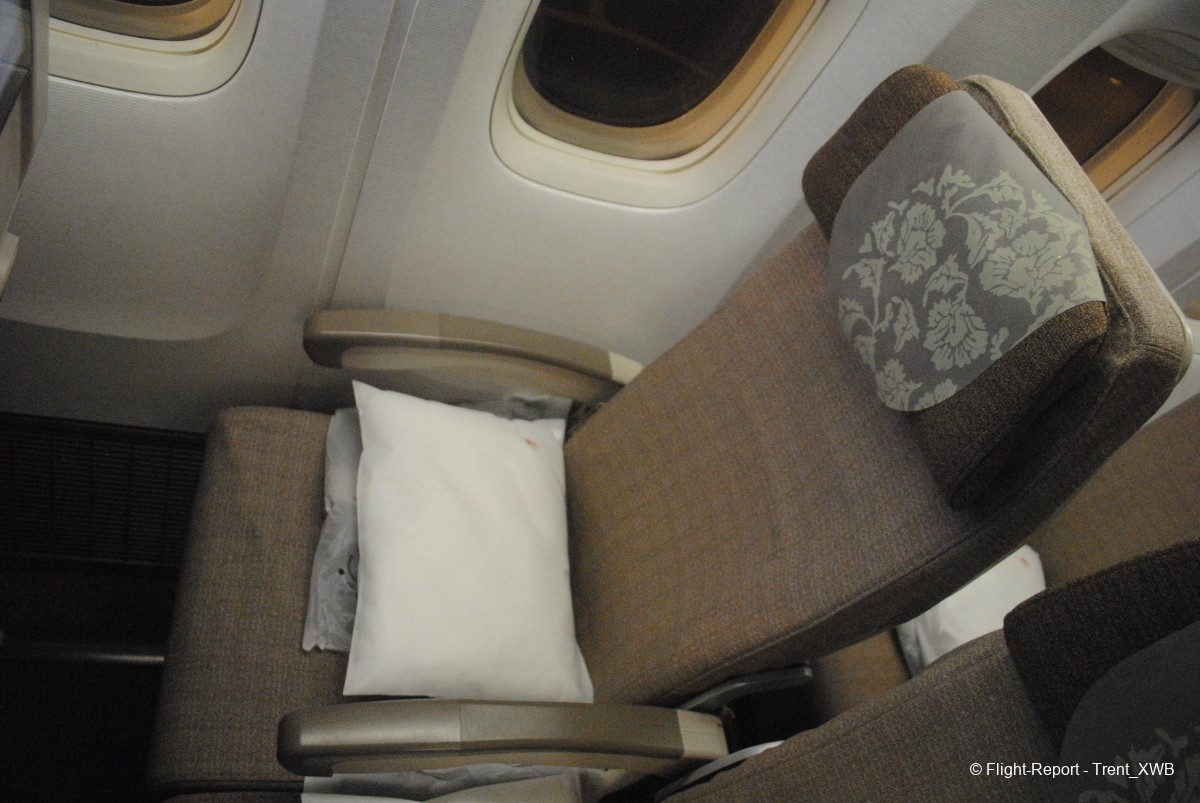
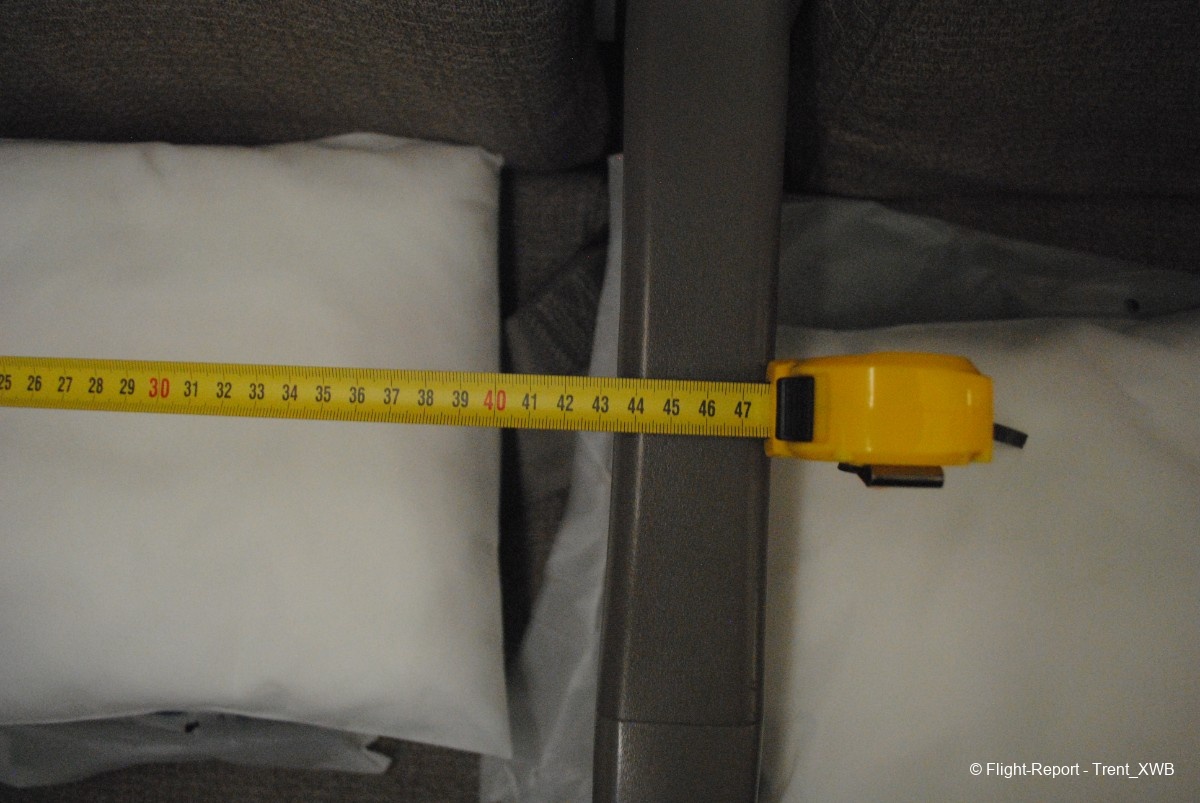
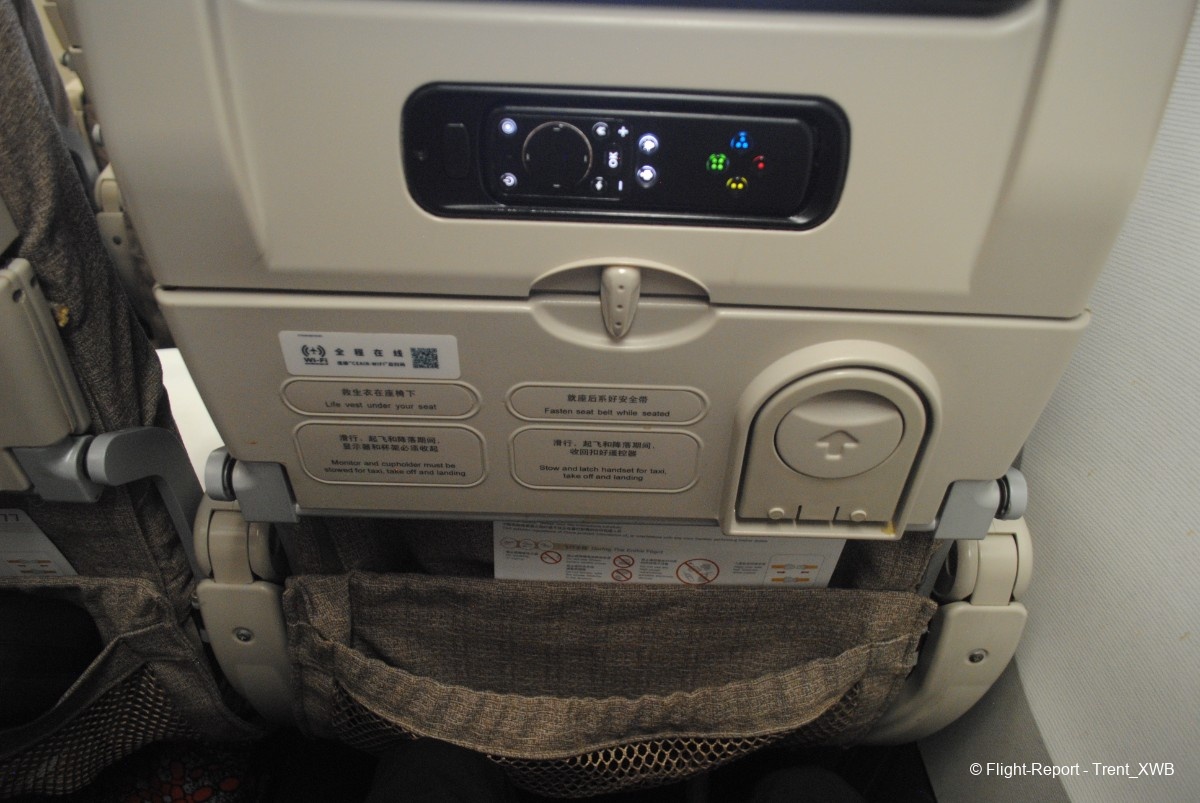
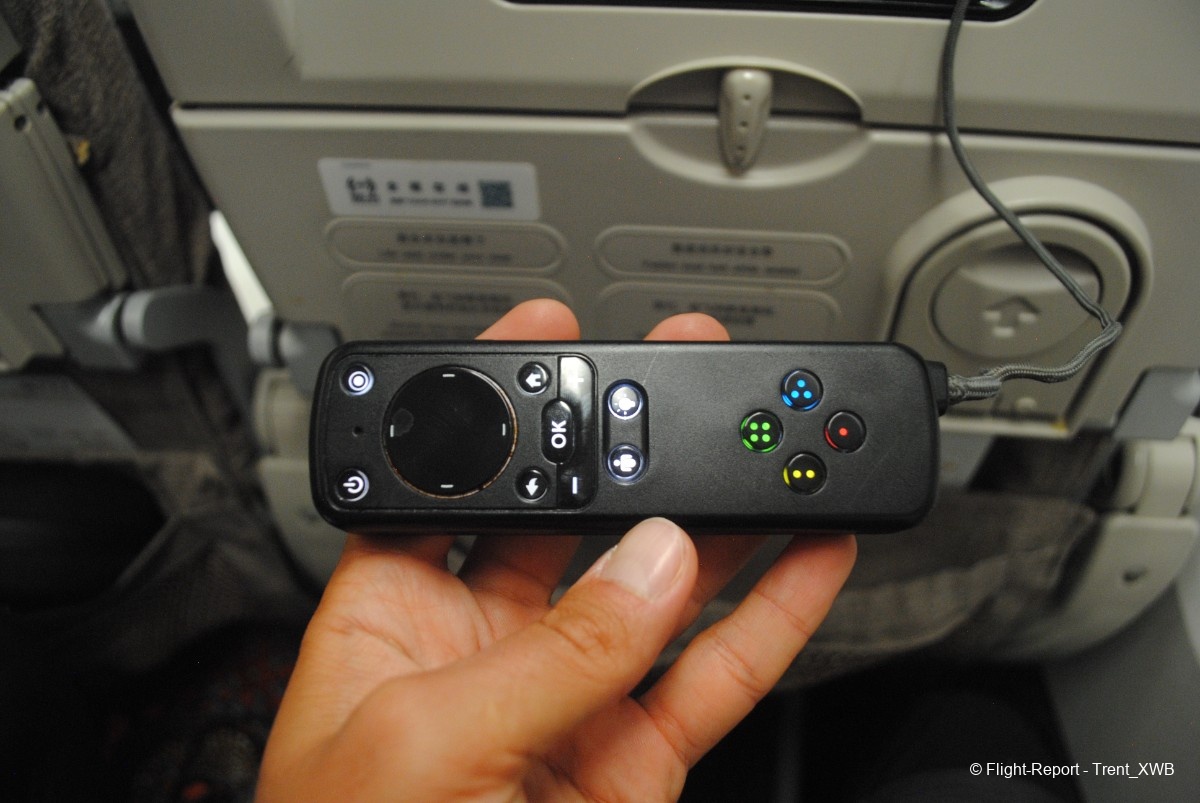
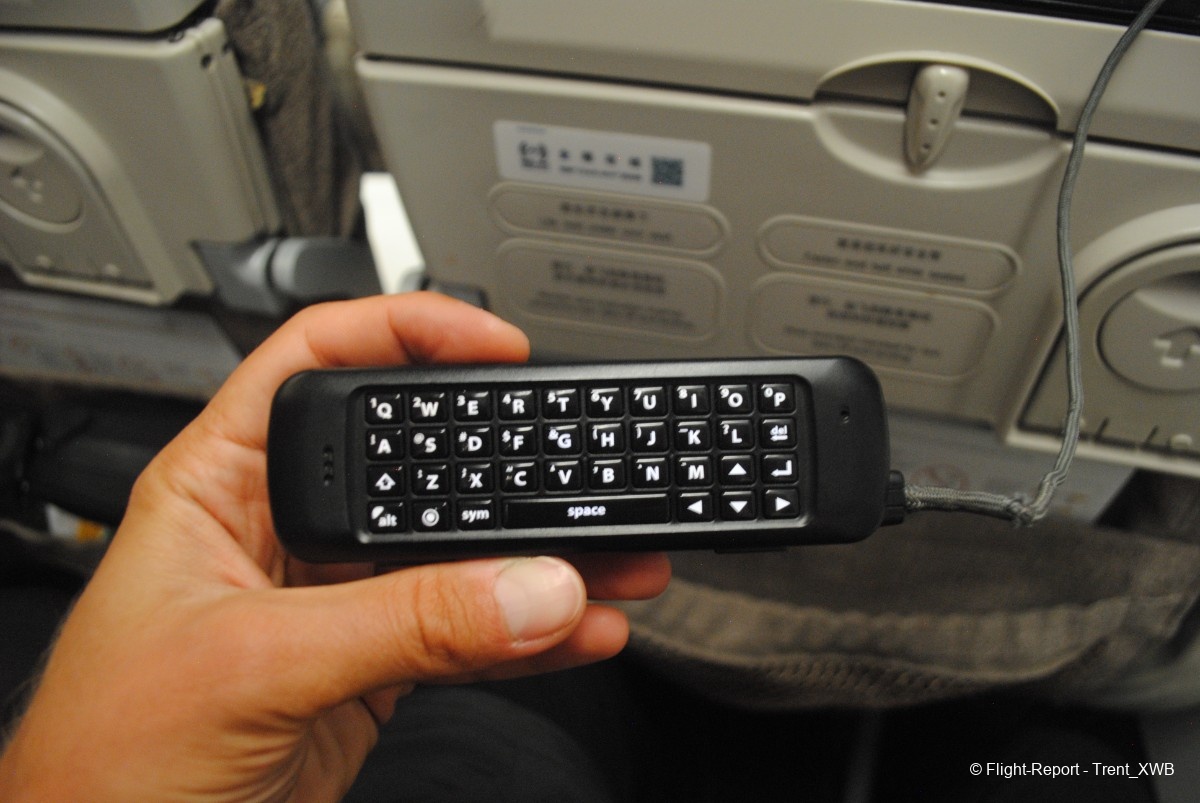
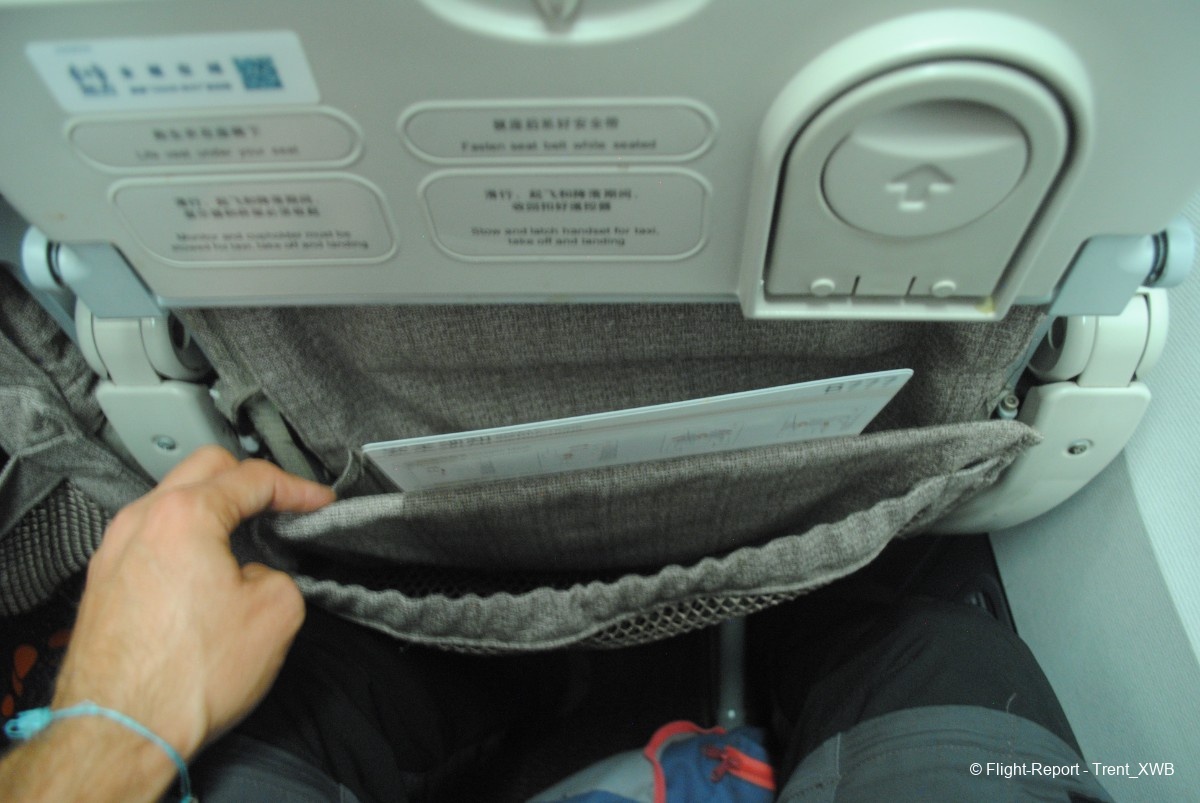
Inside the seat pocket is only safety card.
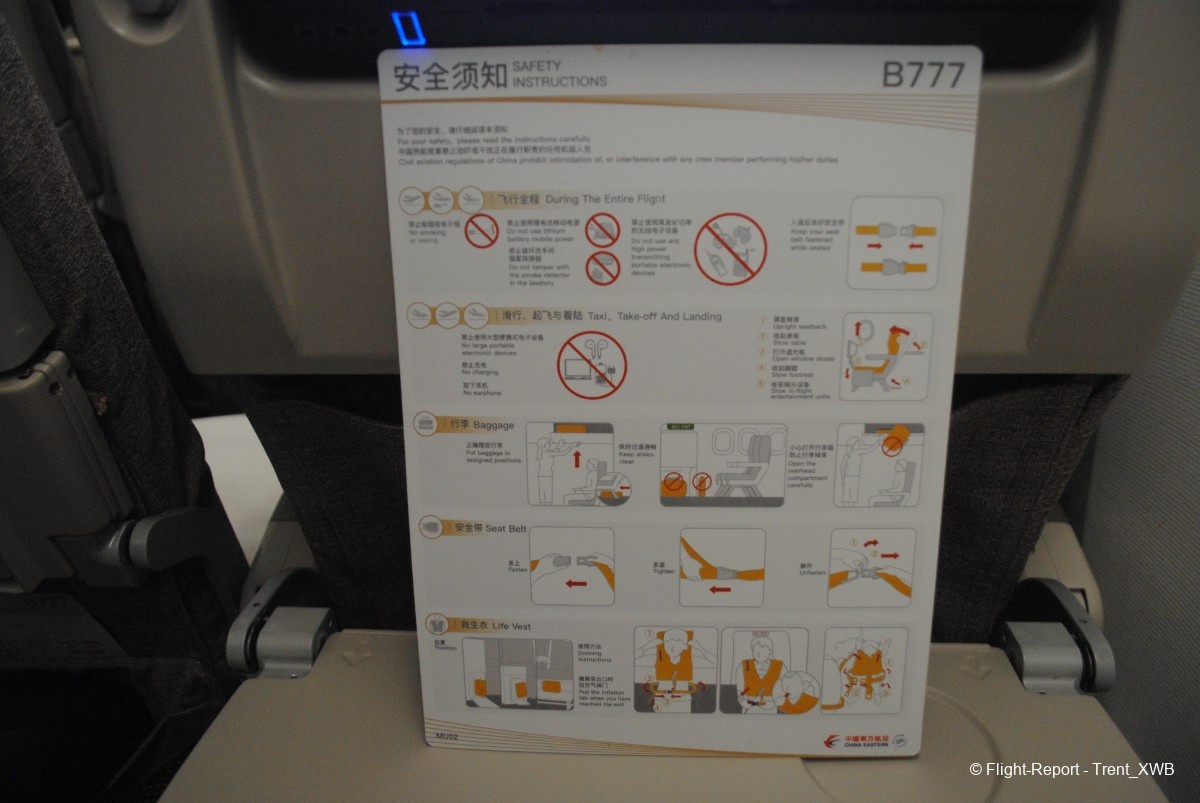
The crew handed primitive headsets.
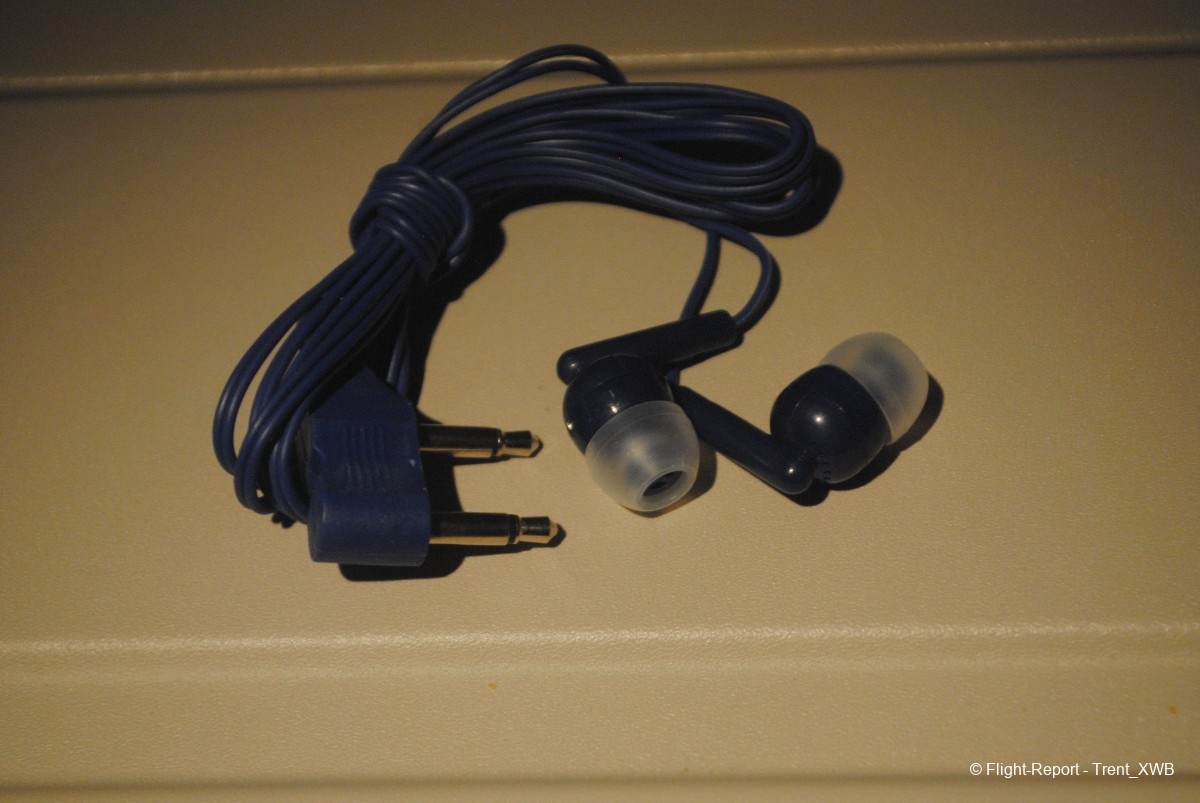
I didn't went into exploring the IFE, because I was too tired after a long day in Shanghai with 8-kg backpack (my fault not to storing it in the PVG luggage storage), but noticed that the selection of content was significantly smaller than in KE B748 IFE. The flight map was also very basic.
The Flight
We took off into pitch dark and after flying eastwards over Japanese Kyushu island turned to south-east towards Oceania.
The crew started the first meal service. Needless to say that the level of the crew's hospitality was comparable to Korean Air or EVA Air ones (even though China is politically very different from Korea or Taiwan and apriori I was expecting Lufthansa-like level of hospitality at best). But the meal was a bit… strange, which is common peculiarity for Western people onboard Chinese airlines. Korean and Taiwanese airlines (and I guess Japanese airlines even more so, but I haven't flown JAL or ANA) definitely eclipse their Chinese counterparts here. Anyway, the food was edible and even somewhat tasty. For the drinking I chose Tsingtao beer.
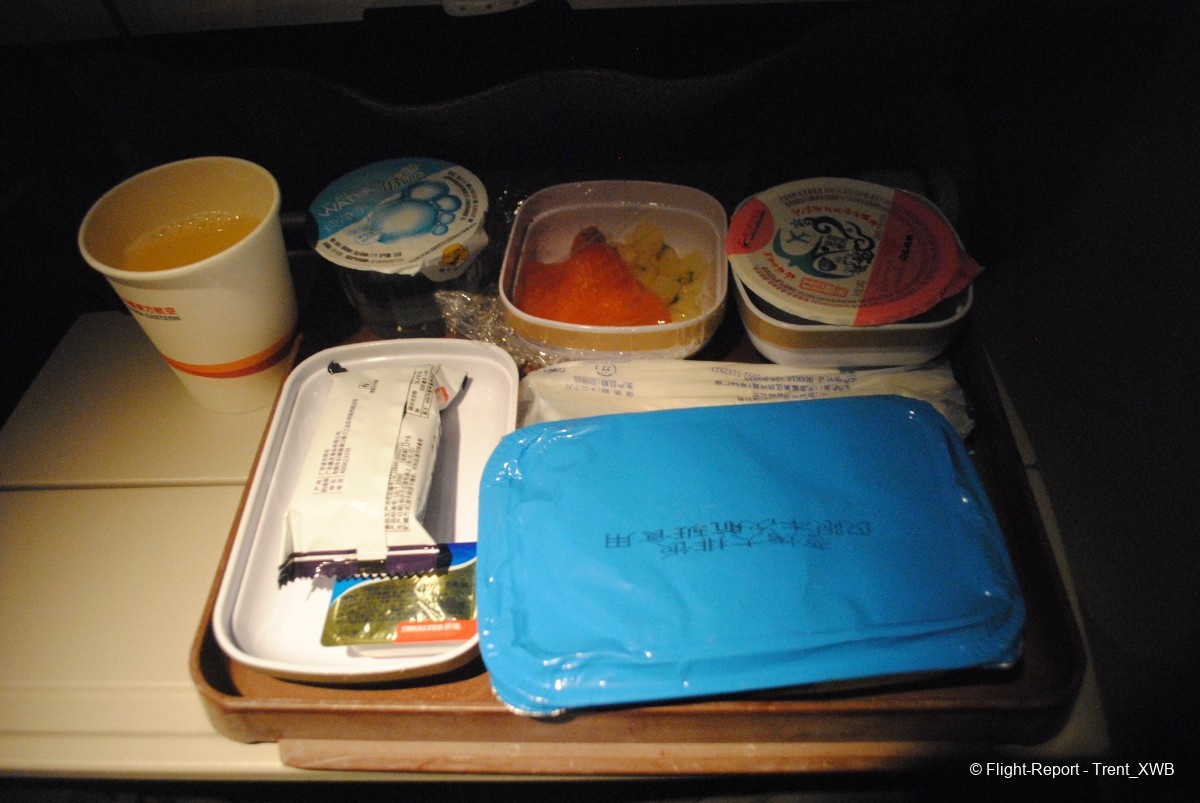
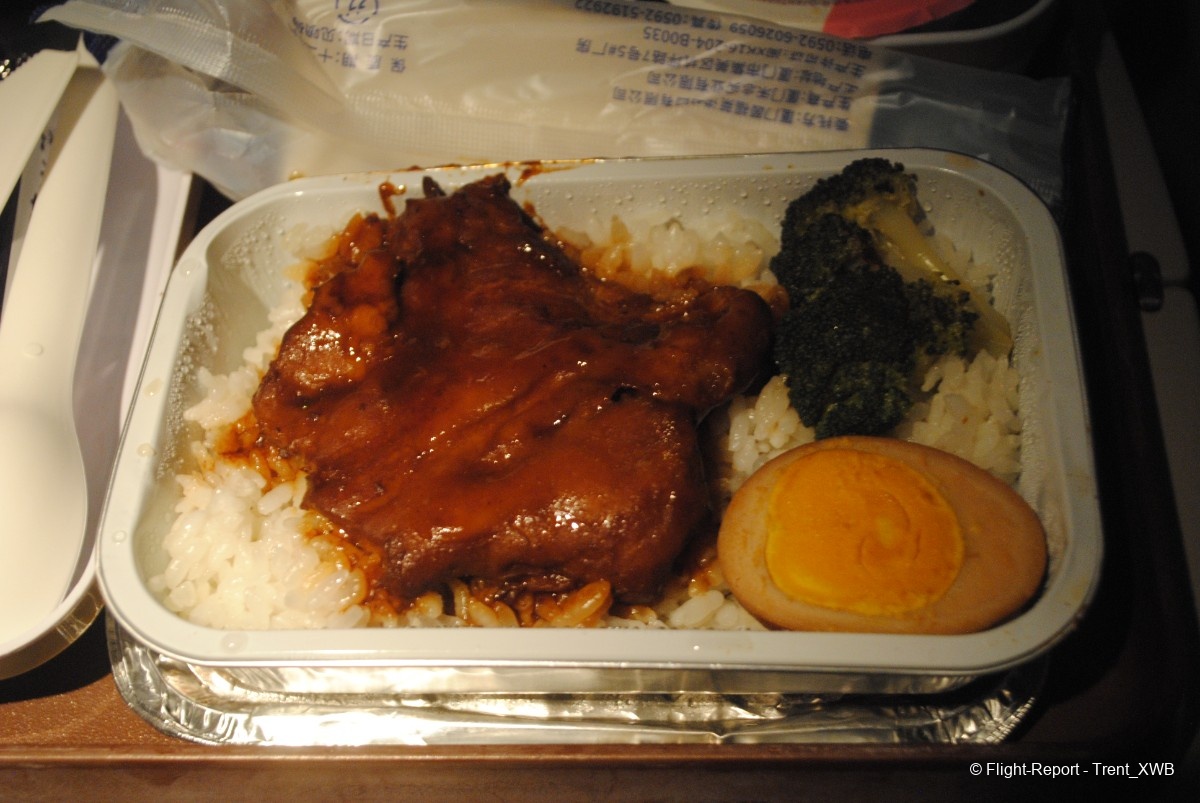
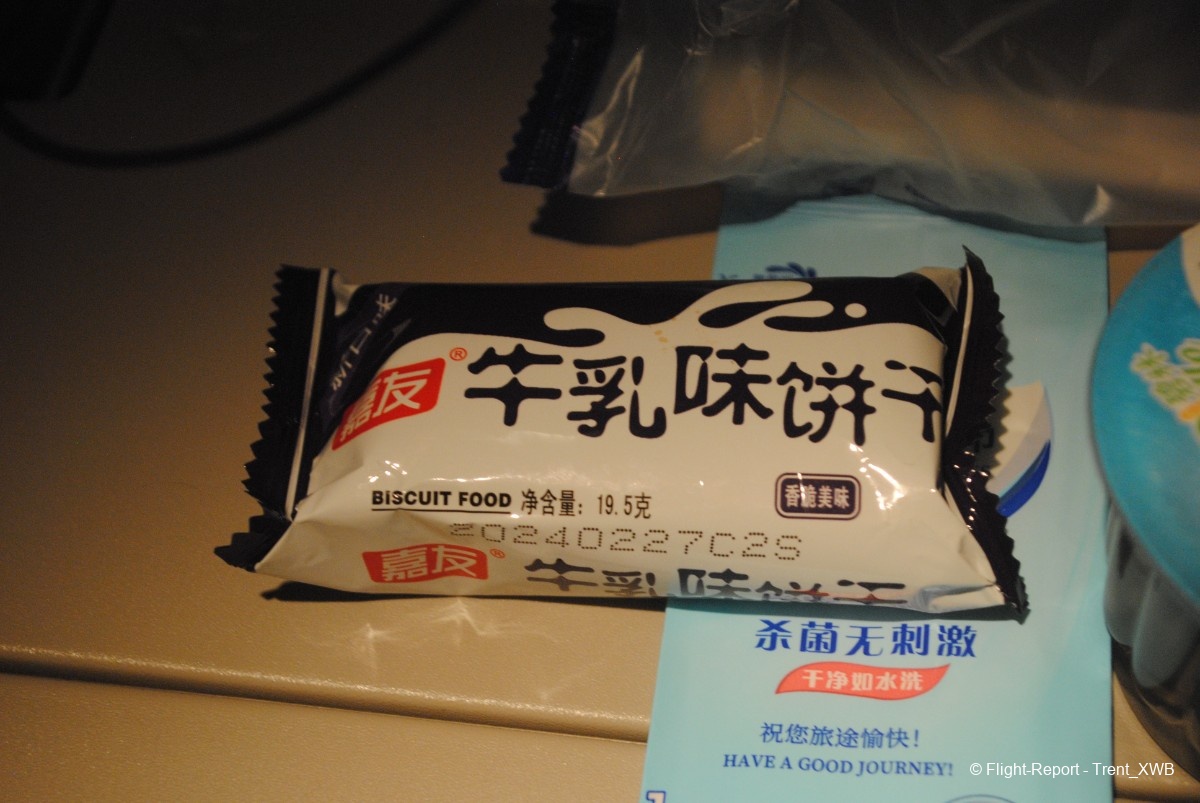
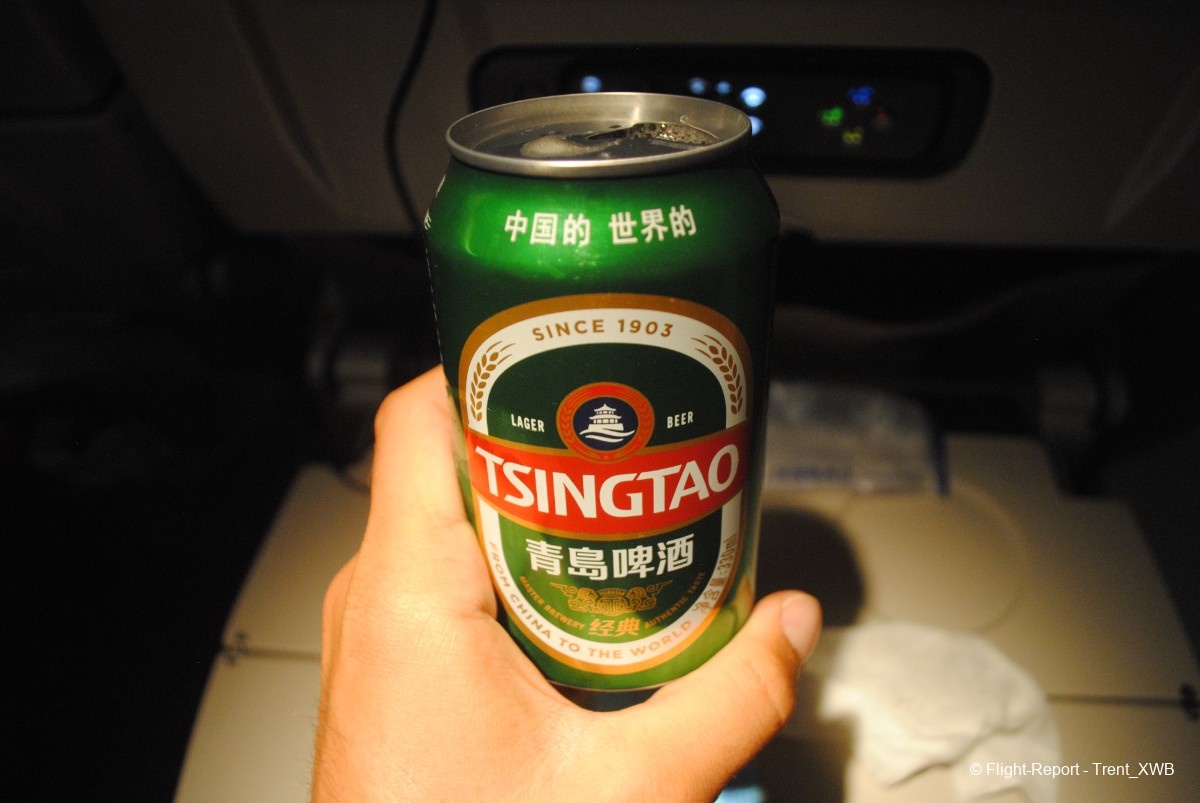
Being very tired, I slept the most part of the flight. Needless to say that, while 3-4-3 economy layout in 777 is definitely much worse than spacious 3-3-3, a good seat model (like Z300 this case) can offset some drawbacks of the laterally dense layout. Thanks to Z300 (and to the neighbour's normal constitution) - I was feeling comfortable and not squeezed. If it was Recaro CL3710, the flight could've been a nightmare. Kudos to MU for choosing very good seat model for economy!
The crew told passengers to keep window shades down and the cabin was dark. Though, several times I shortly peeked out. Probably this view was of Solomon Islands…
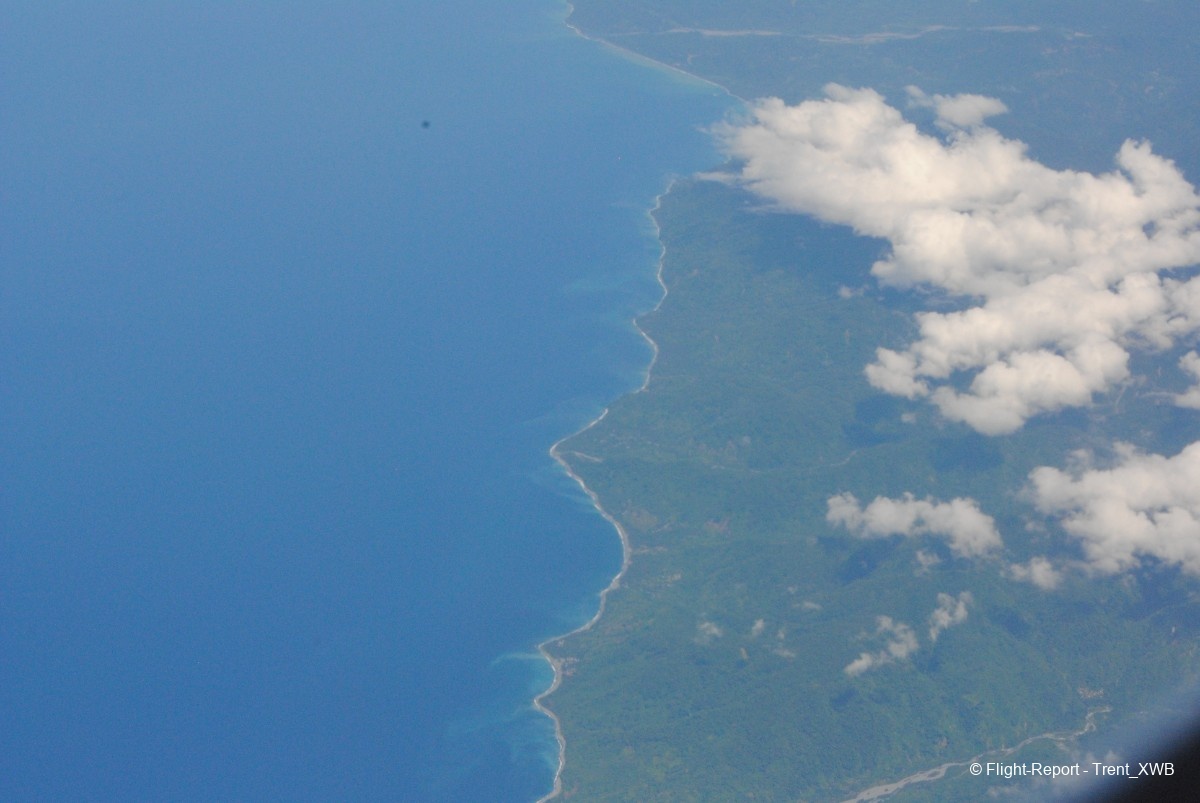
The sky over Southern Pacific
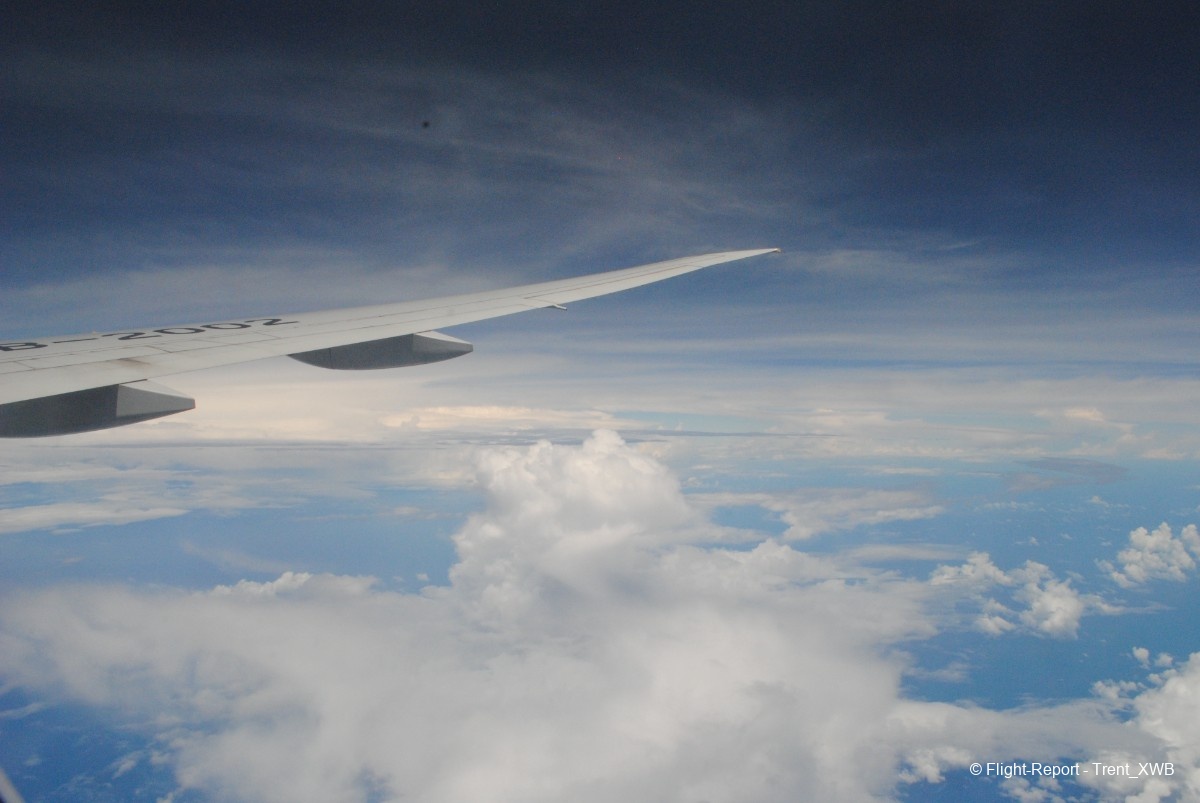
The second meal service was more similar to what you get onboard Korean or Taiwanese airlines. And more tasty than the first one.
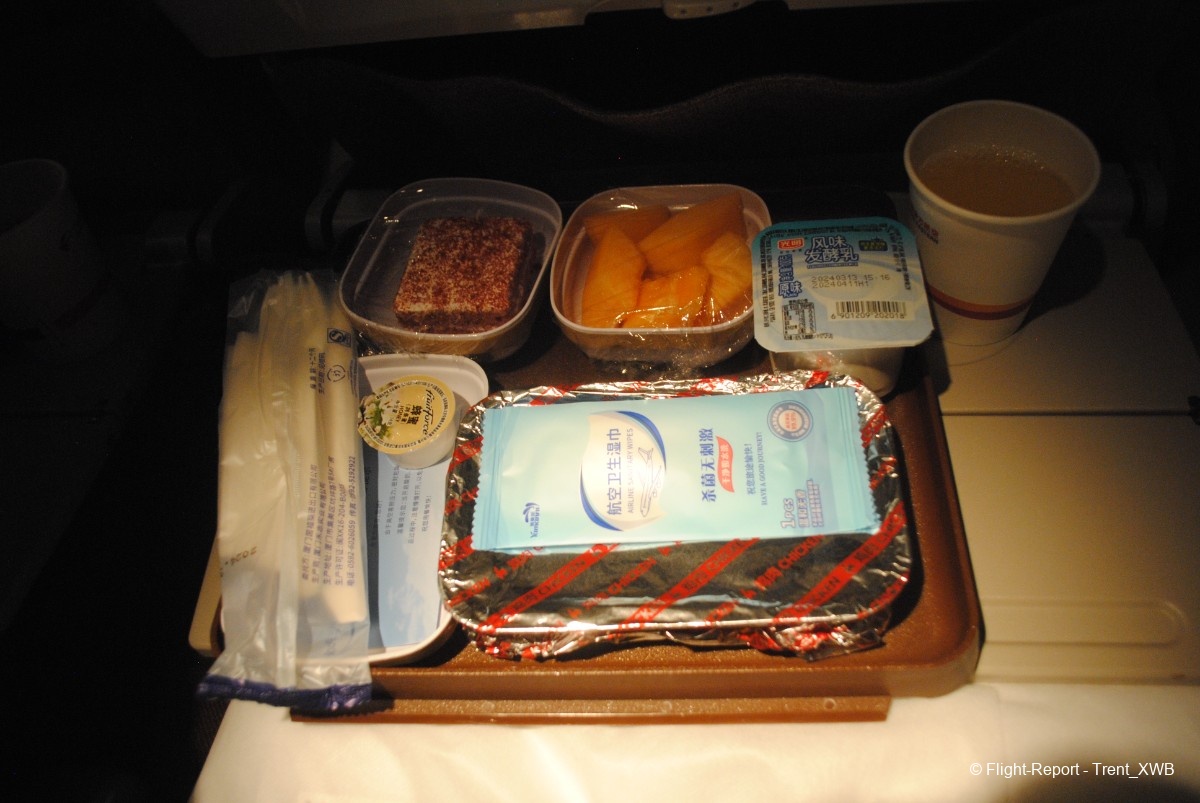
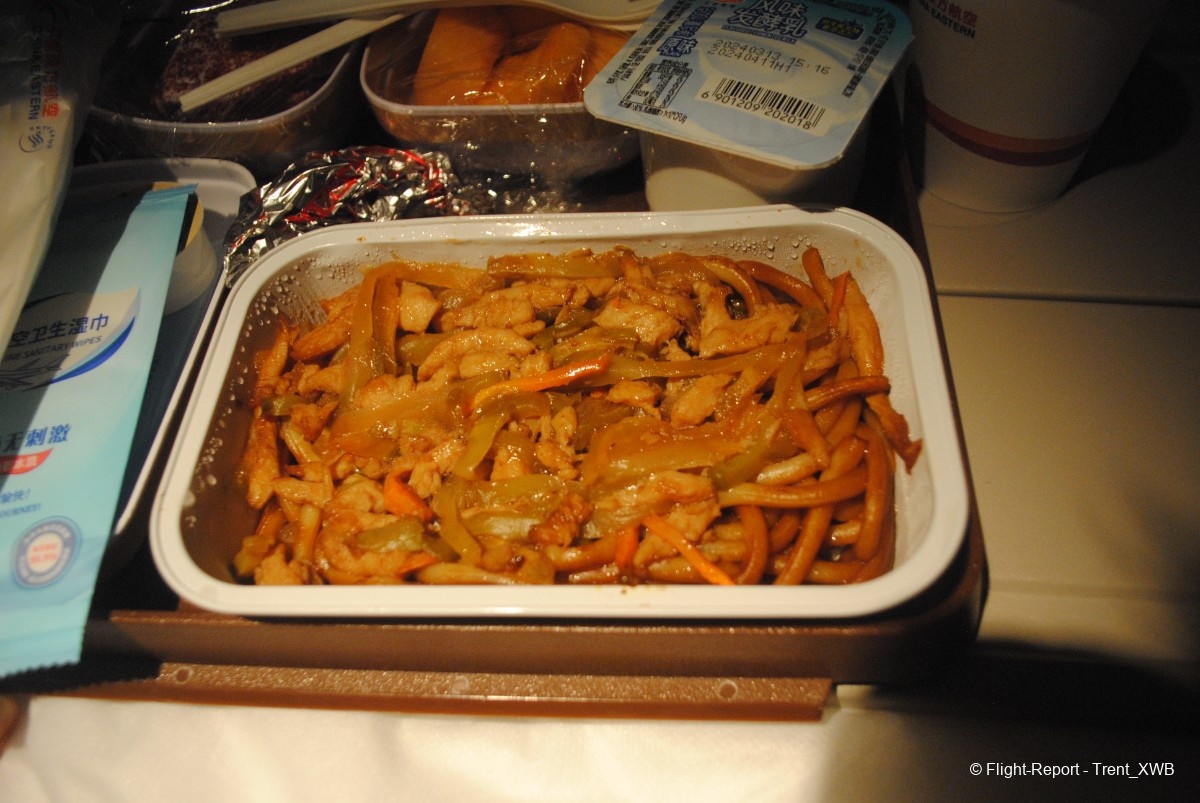
Time to stretch the legs before the final part of the flight. A view of the rear economy cabin…
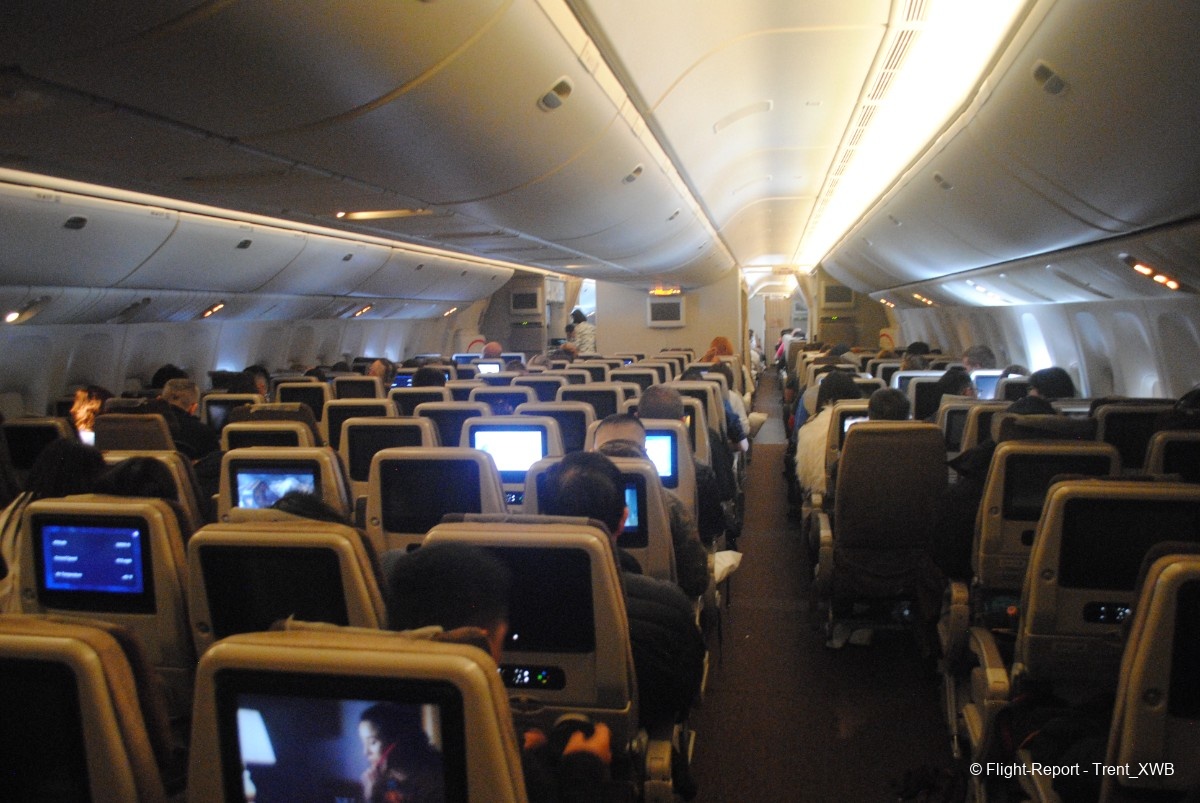
… and of the front one.
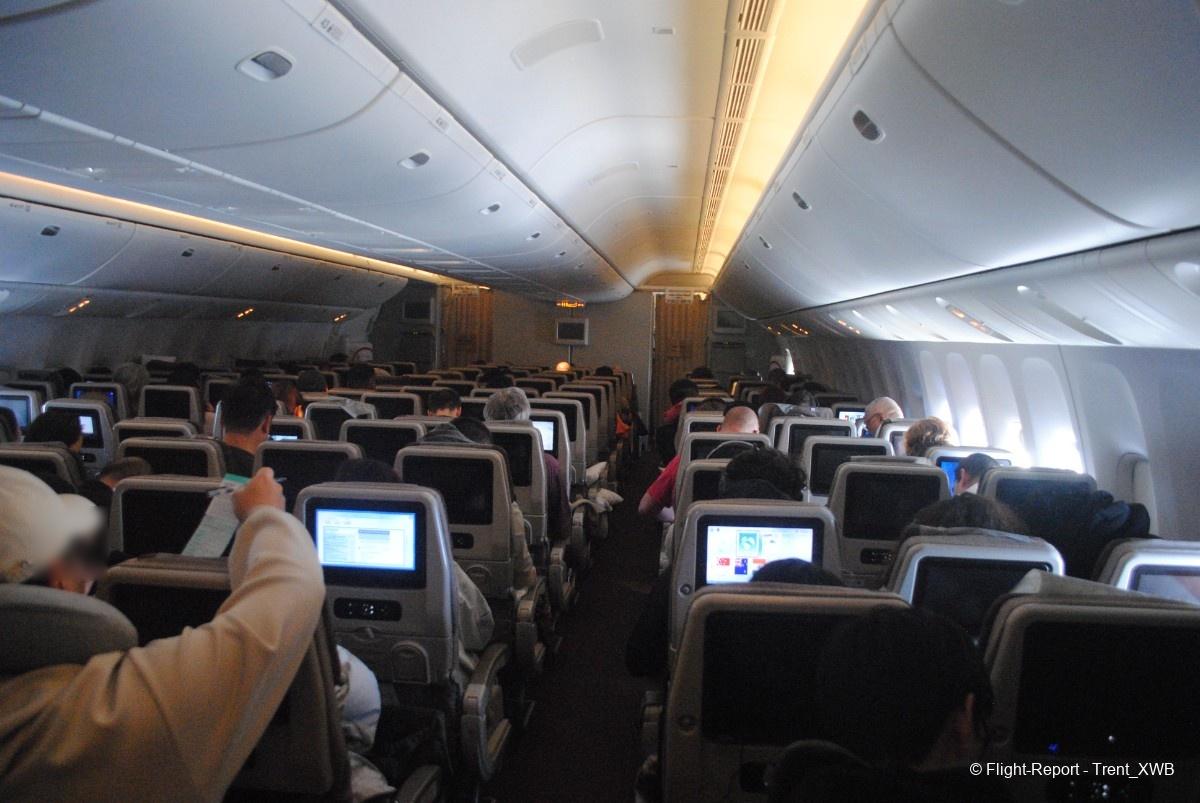
The lavatory is quite modern.
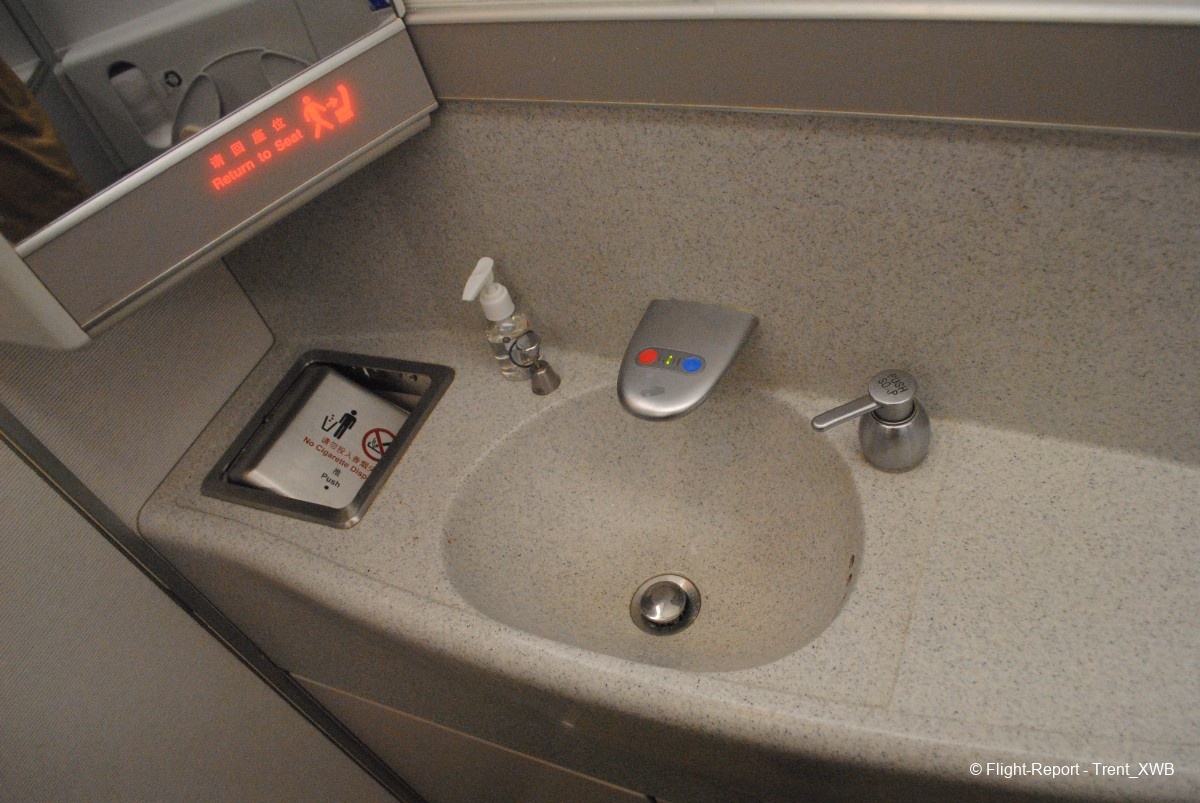
And, finally, first views of the NZ's northern island appears as we're starting our descent.
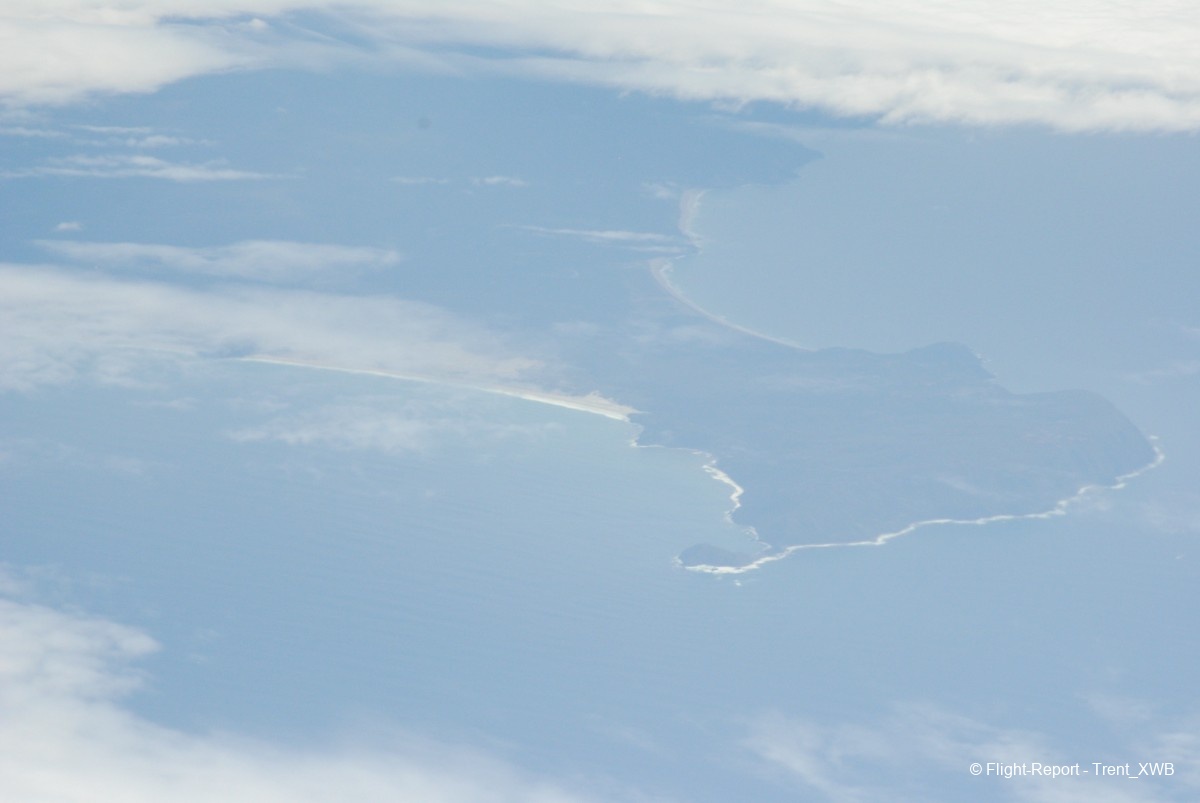
Moments before landing in AKL
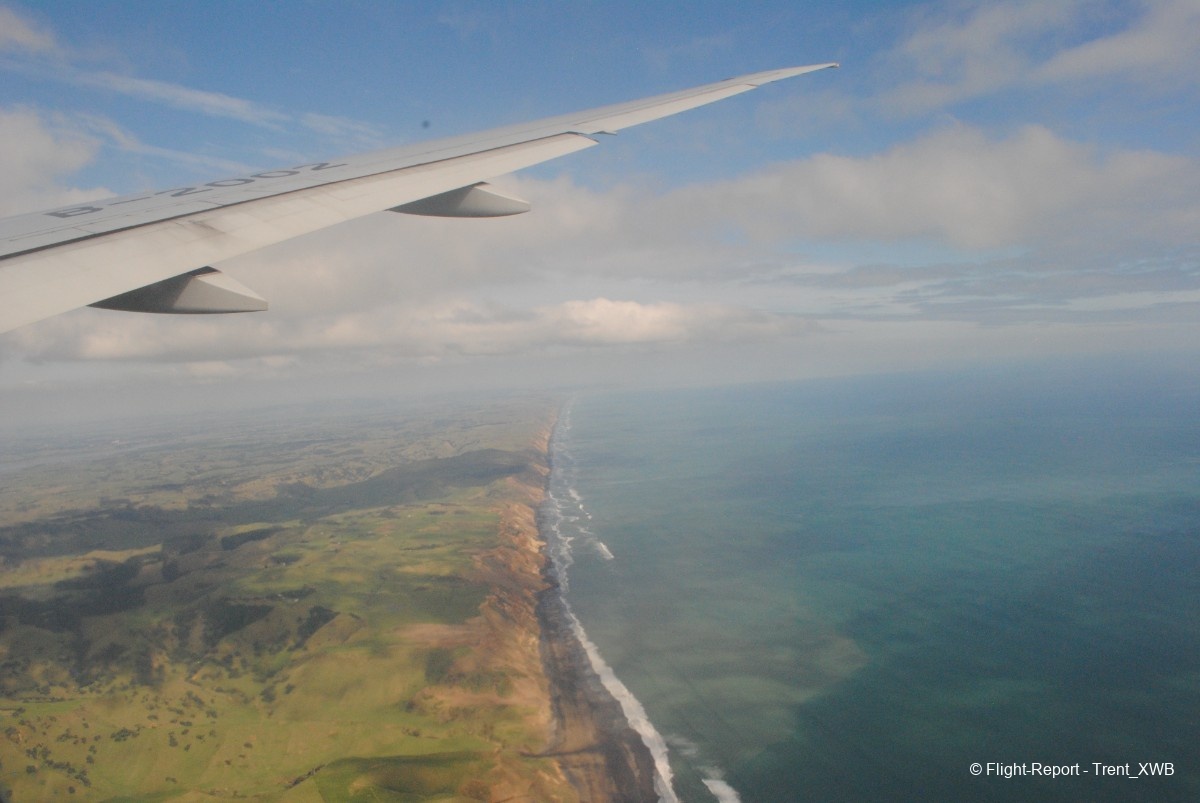
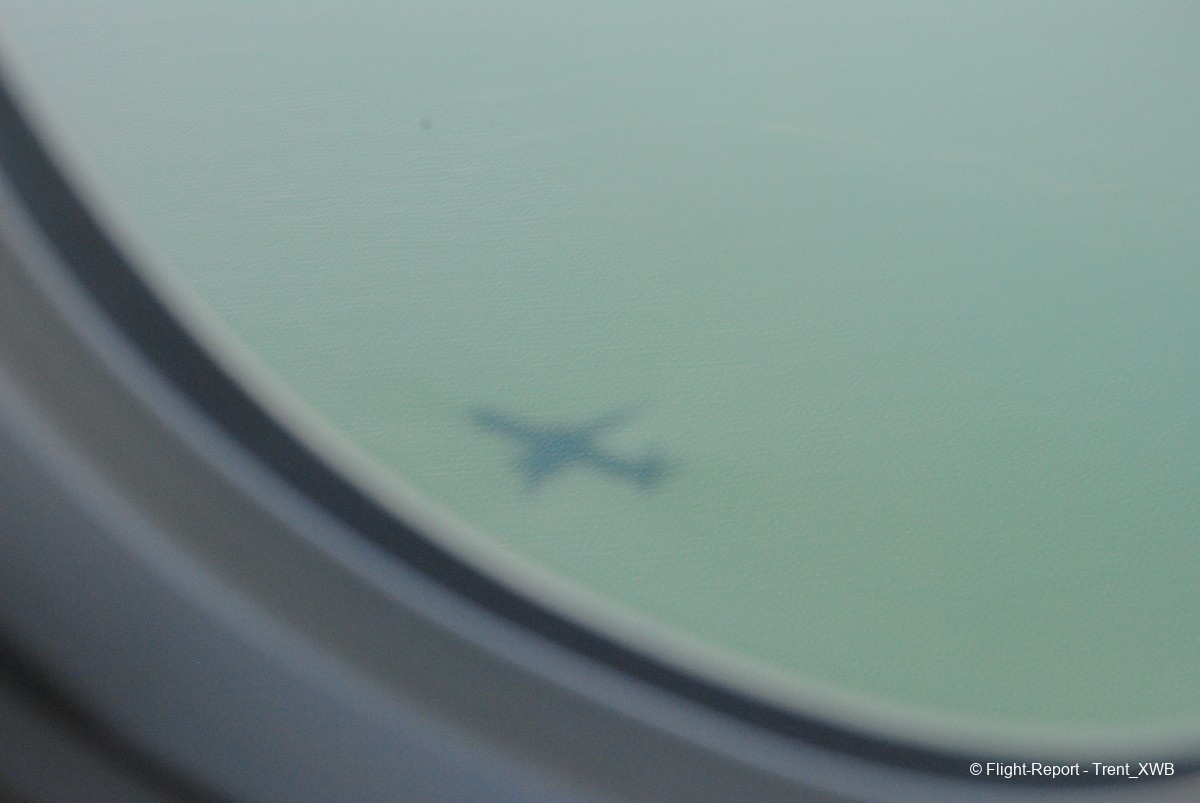
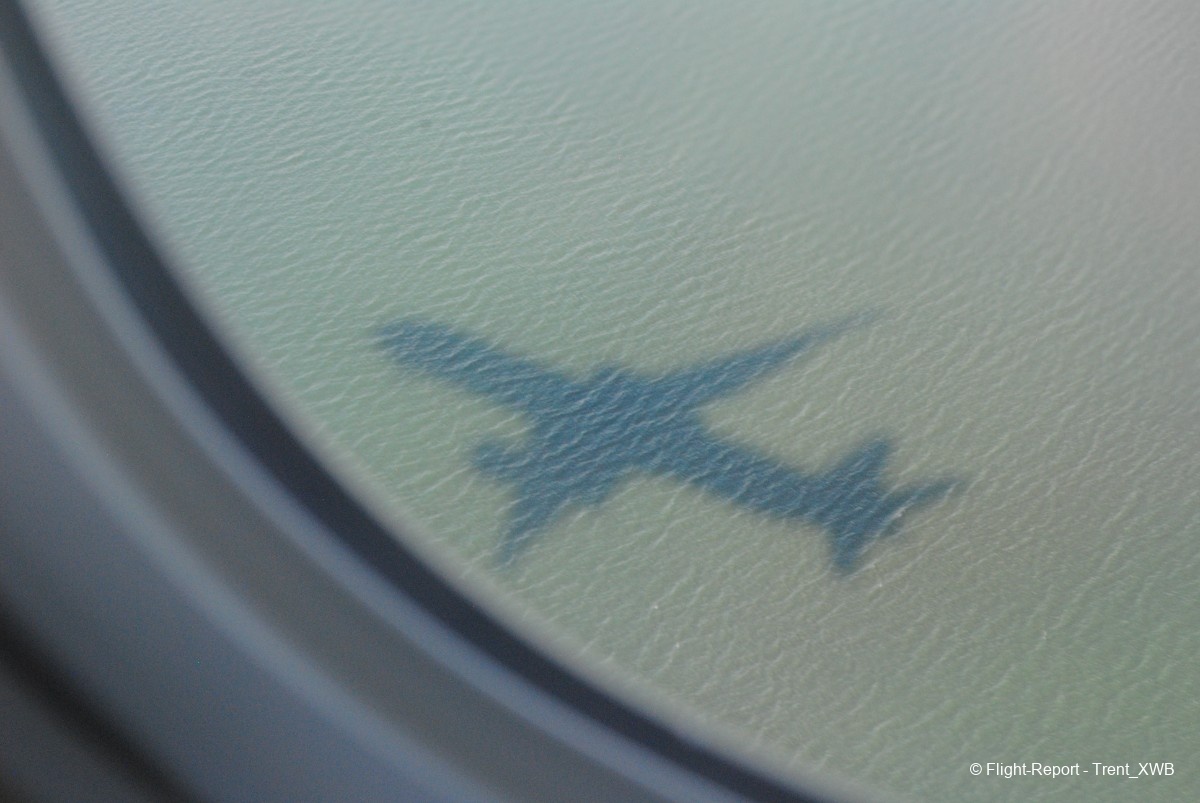
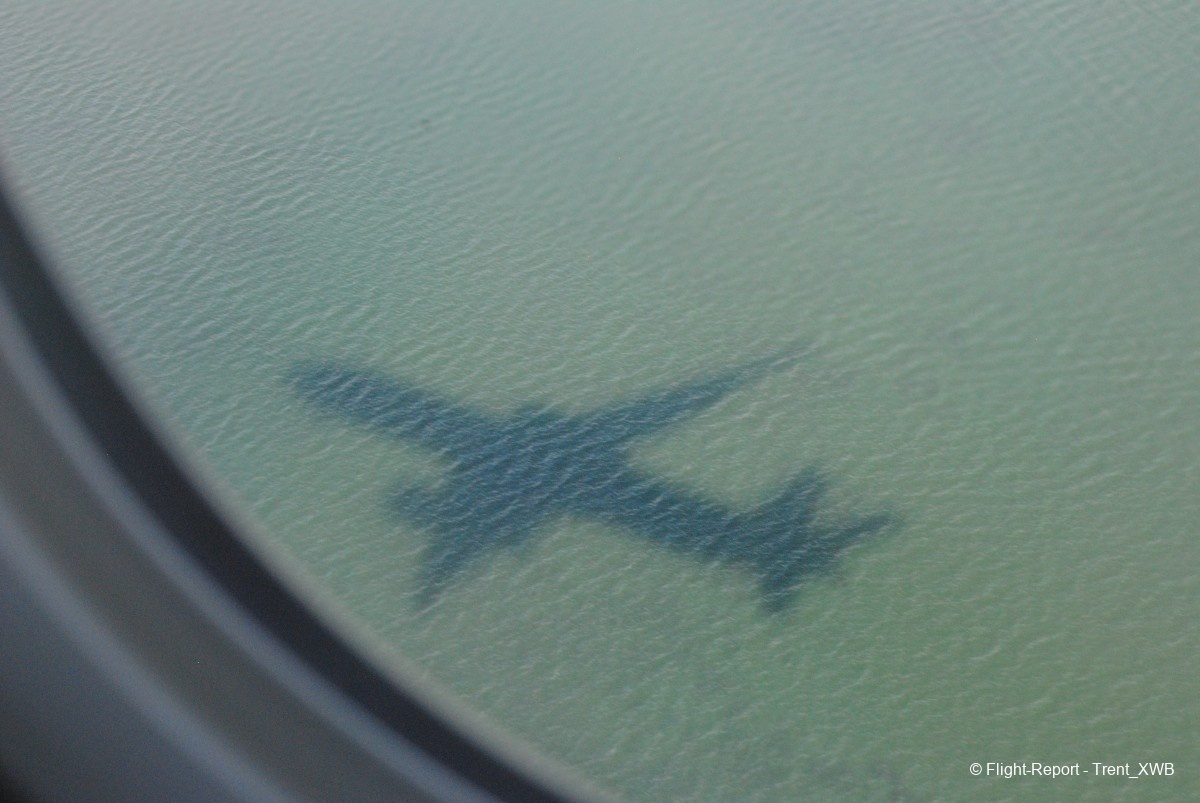
The Economy Cabin After The Flight
A couple of views of the rear economy cabin upon disembarkment…
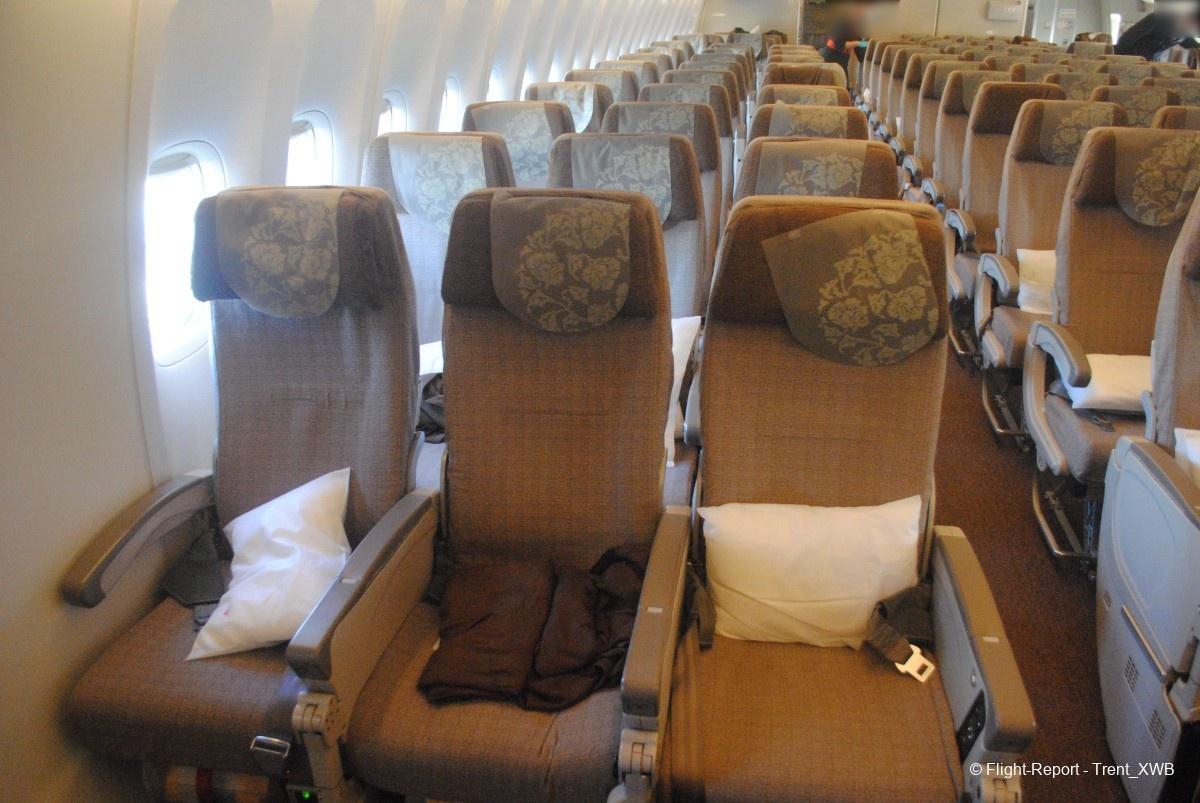
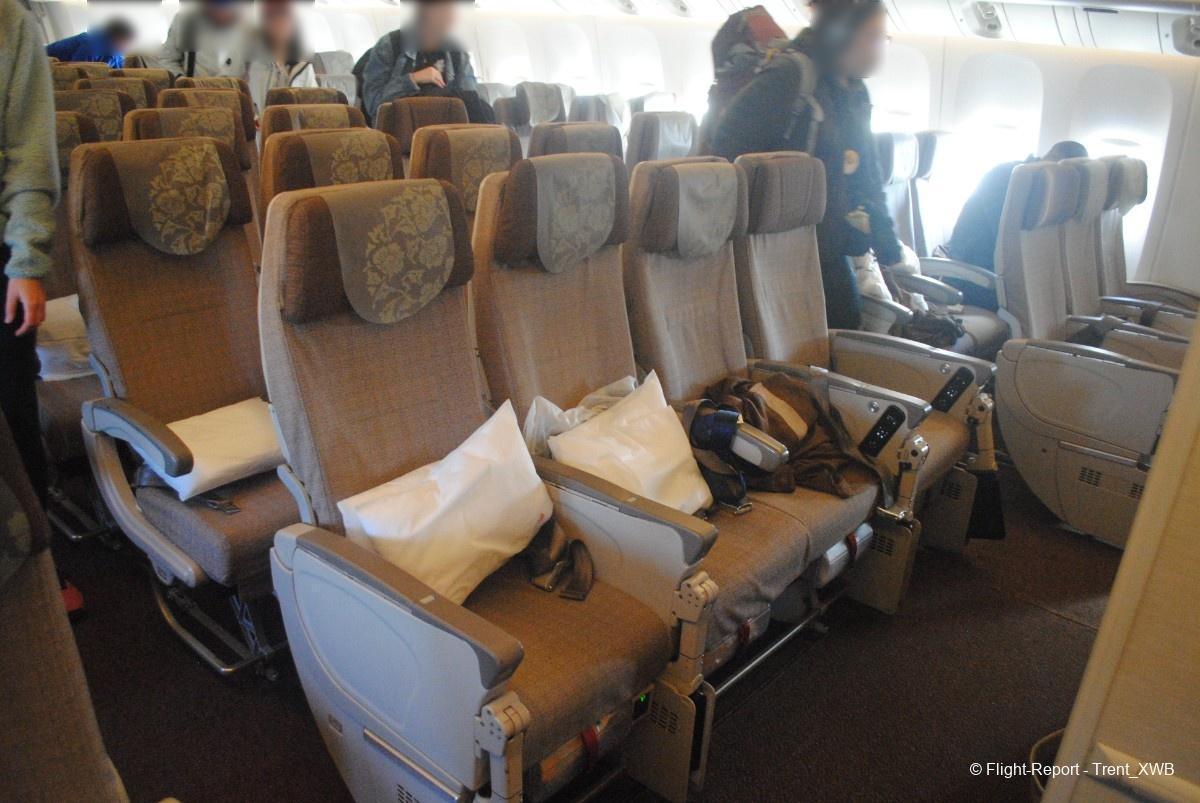
… and of the front one.
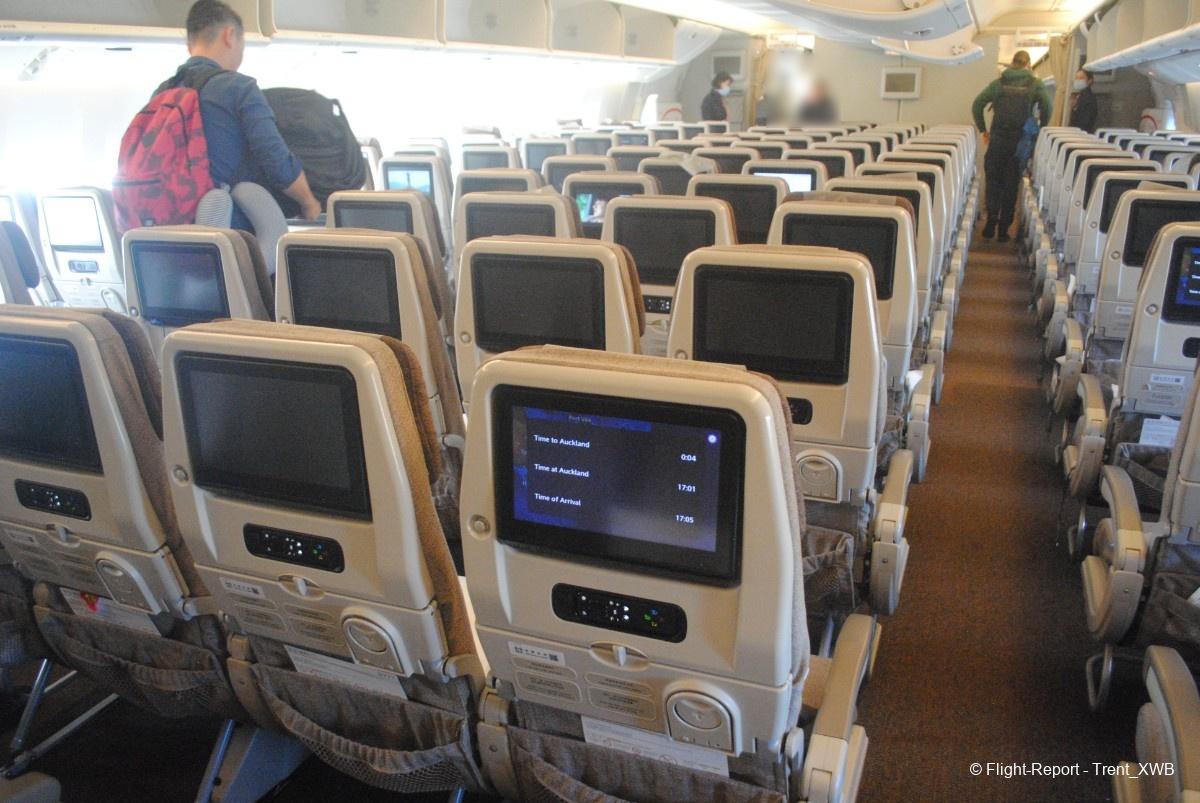
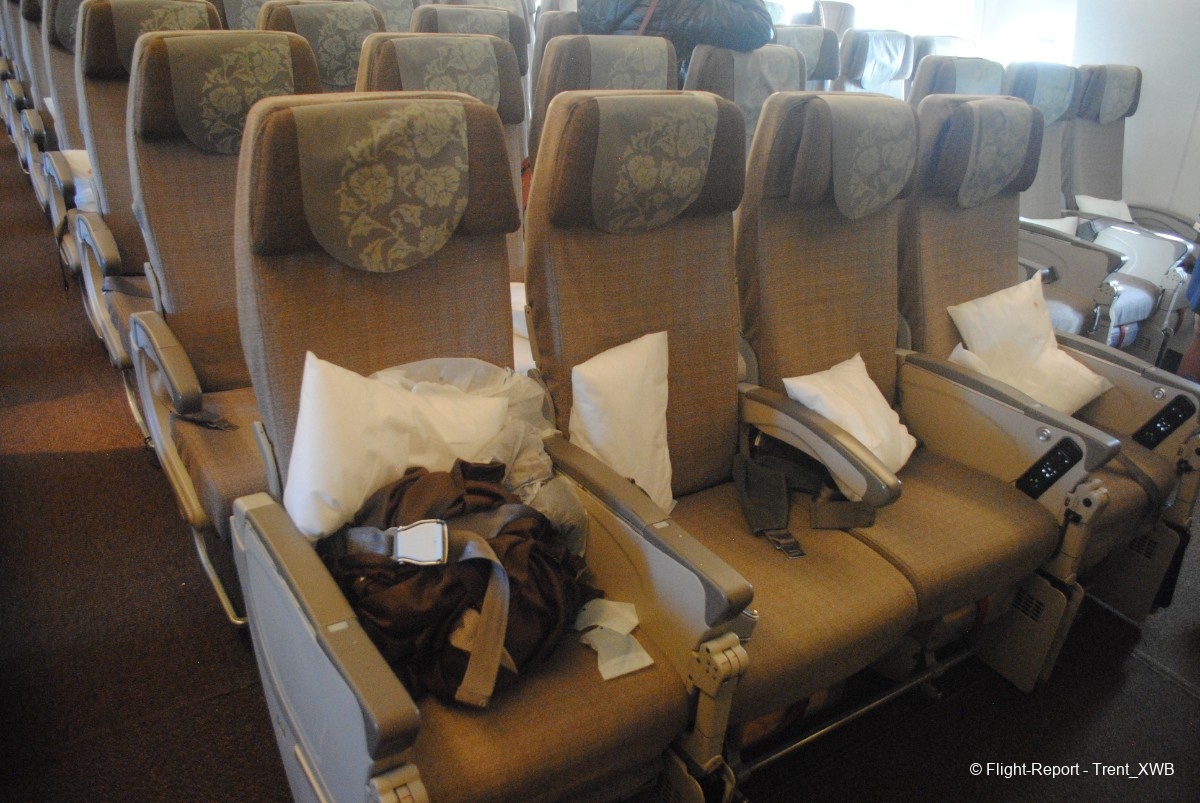
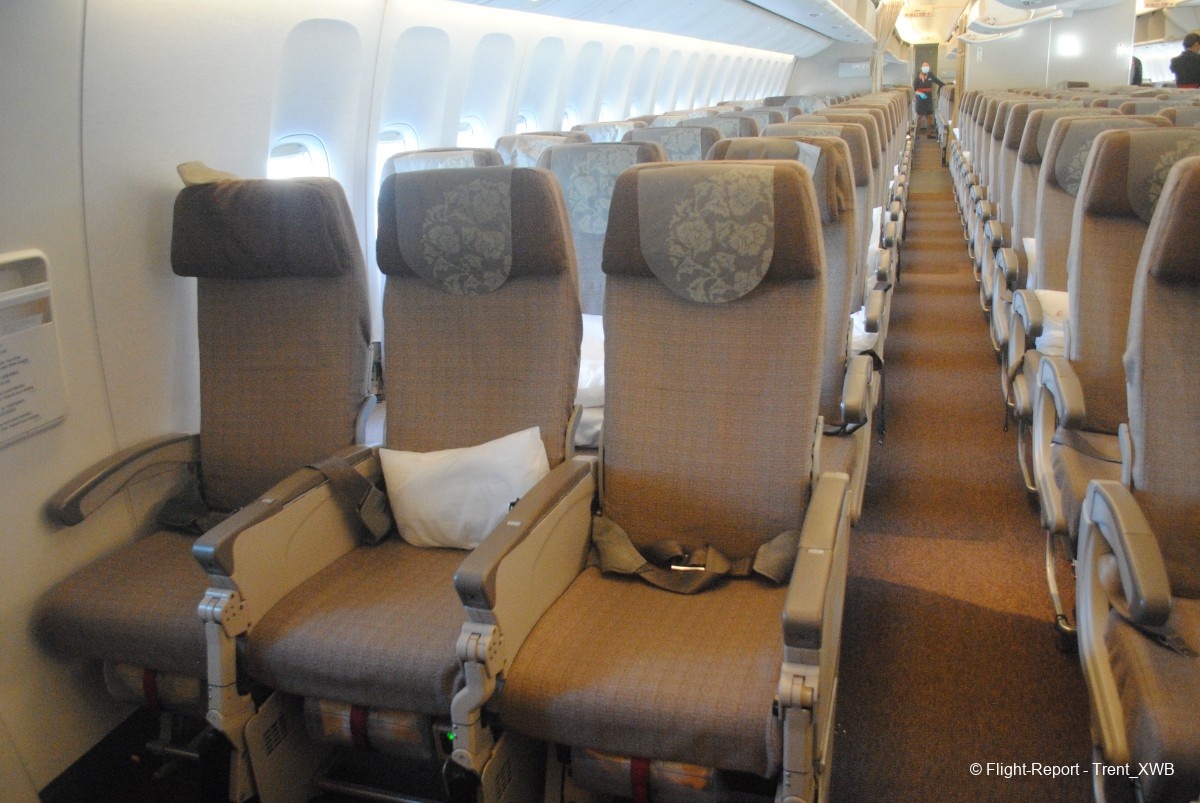
The Business Class Cabin After The Flight
Some views of the large second business class cabin upon disembarkment.
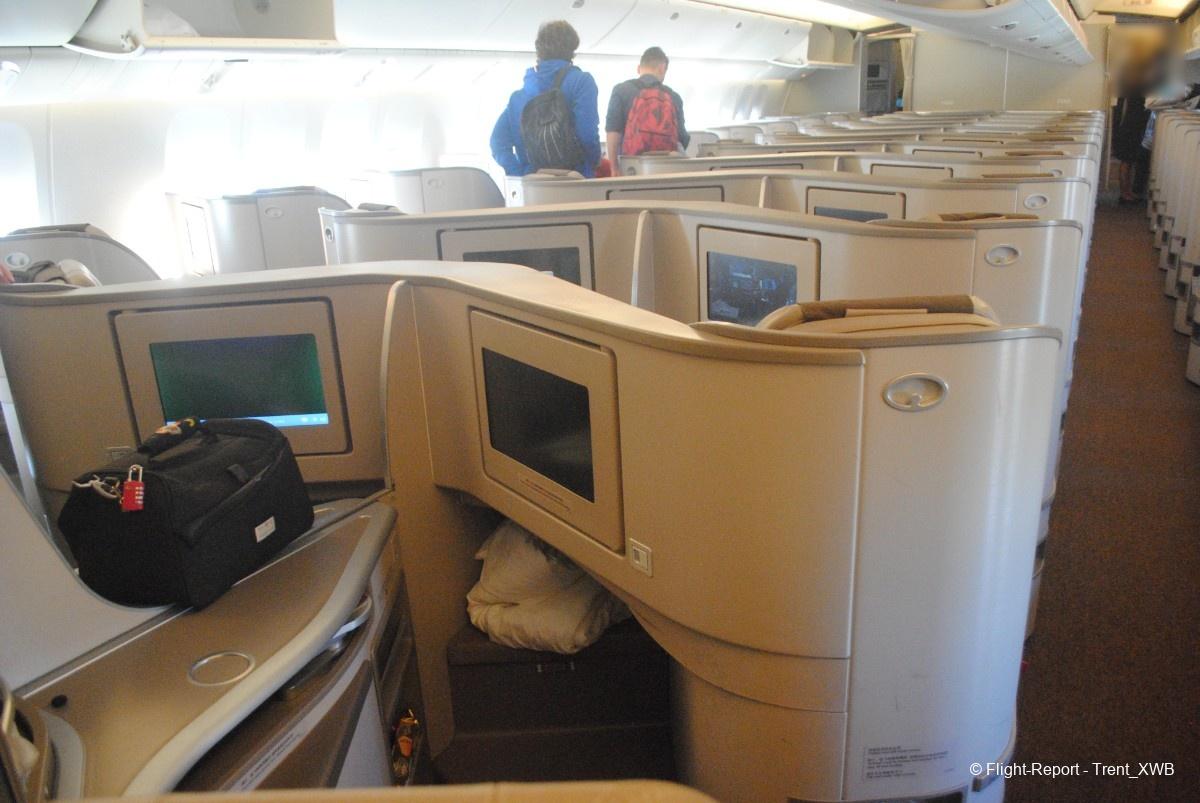
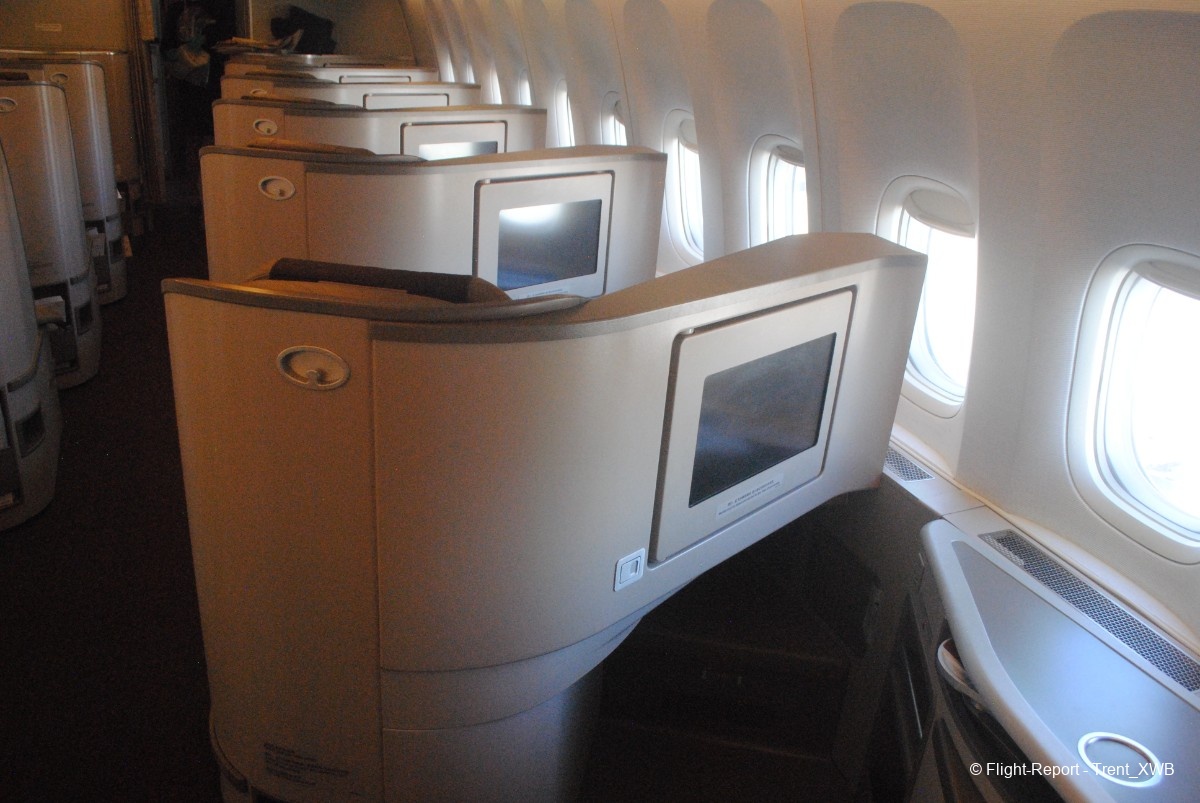
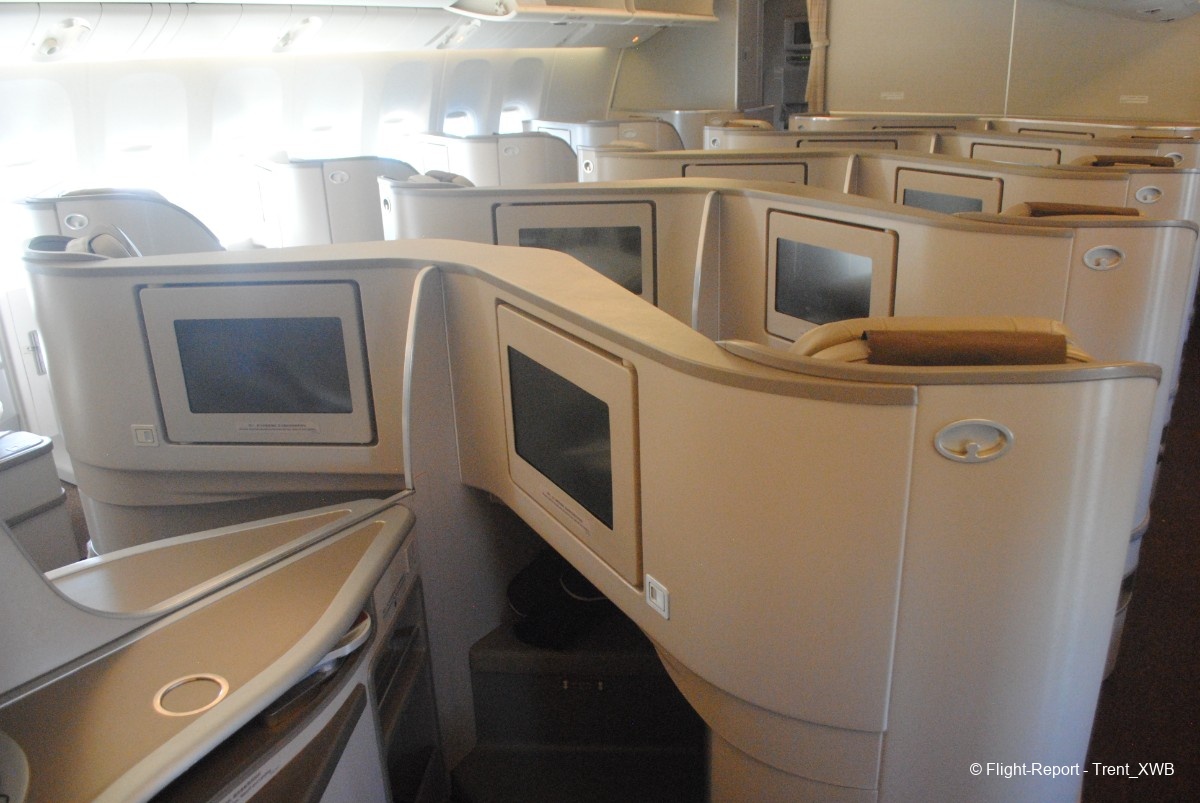
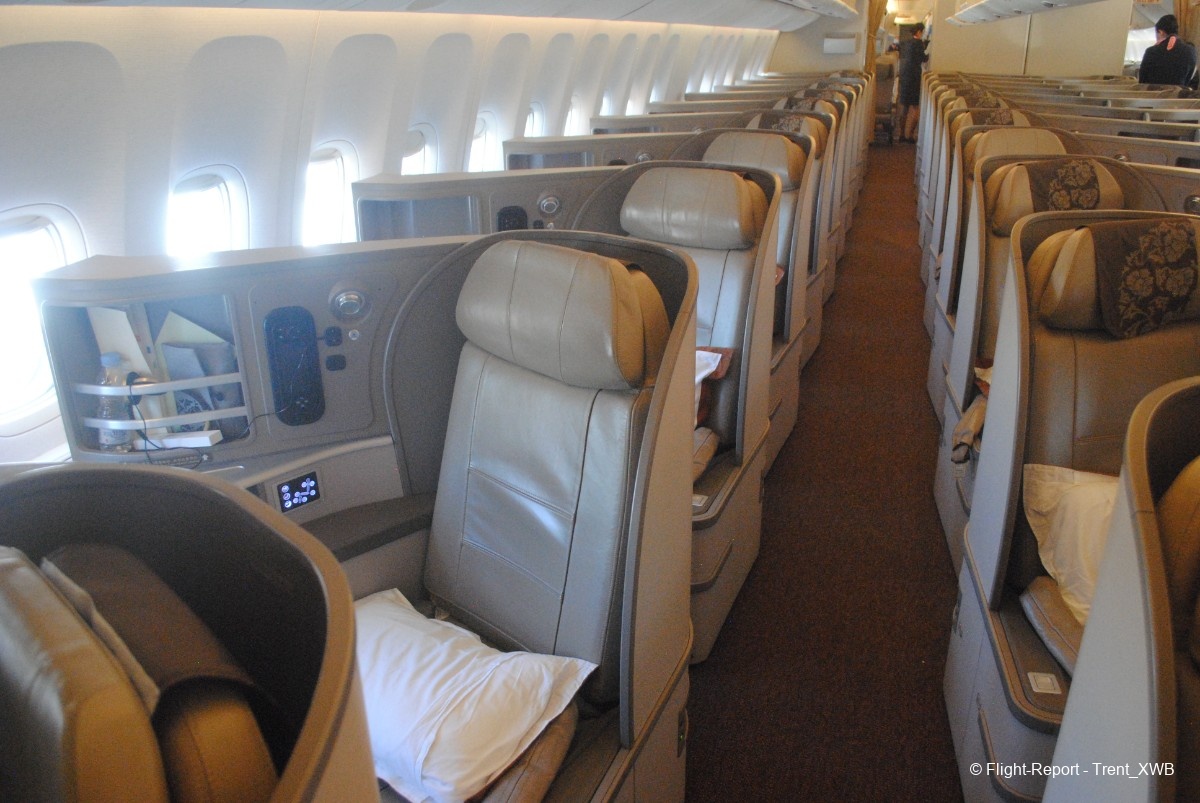
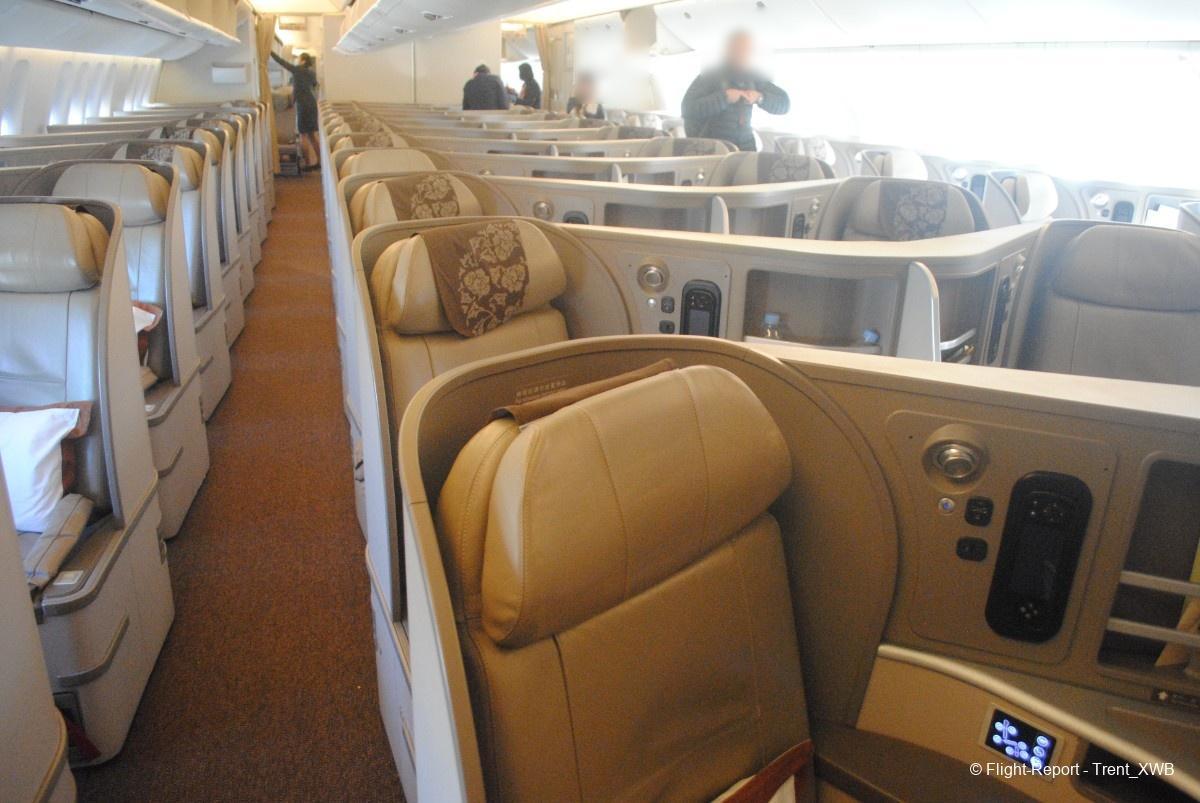
I ask the crew whether it's possible to visit the front part of the plane - and yes, they permit. Many thanks!
The small front business cabin
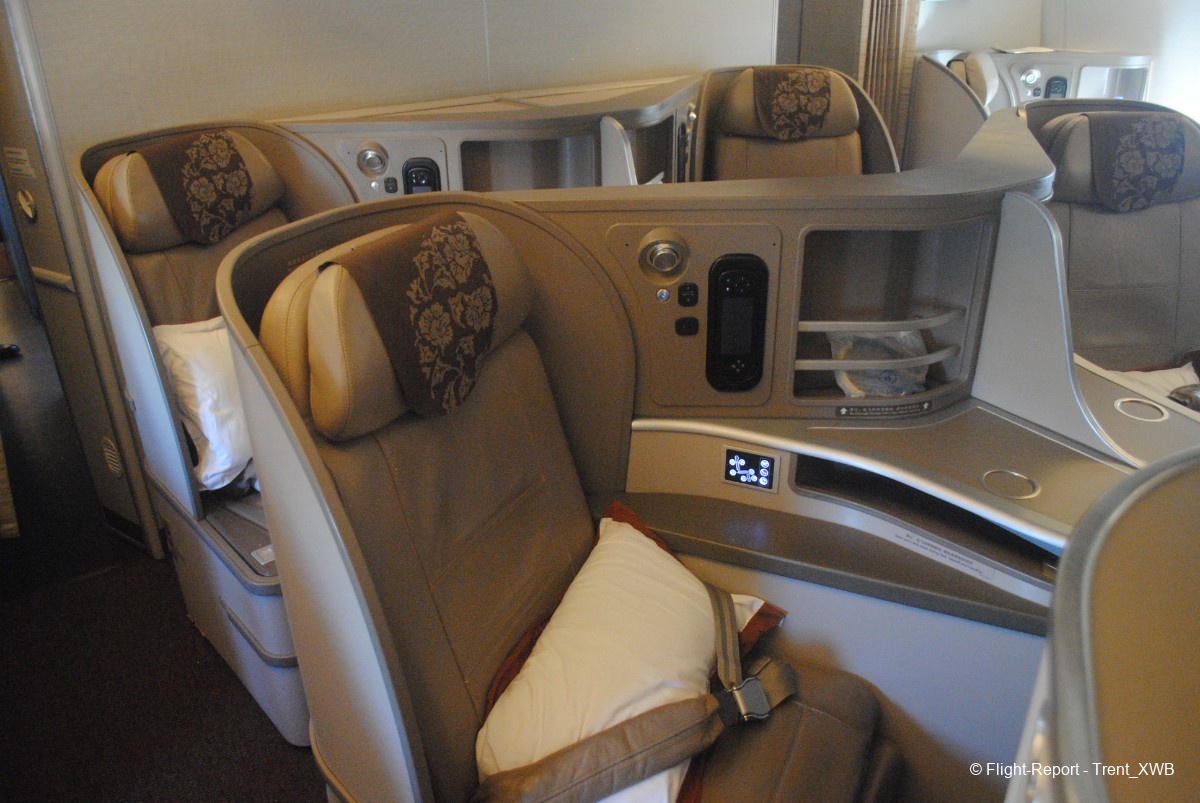
The First Class Cabin After The Flight
And, finally, the gorgeous first class cabin, consisting of 6 massive suites. Probably it outshines Air China's first class in Jumbos! Thanks to Sewey135, there is a detailed review of this cabin inflight on domestic PEK-SHA route.
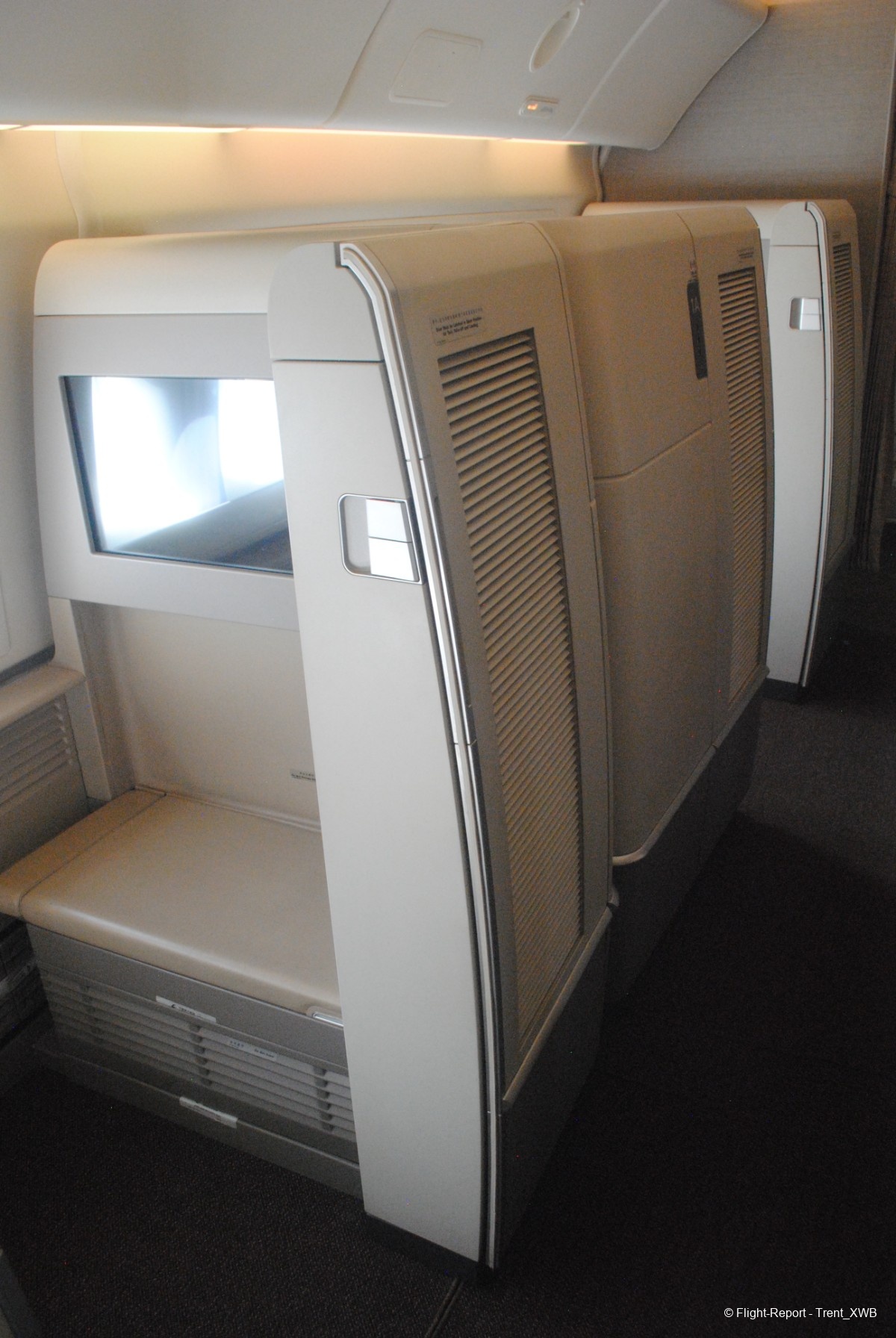
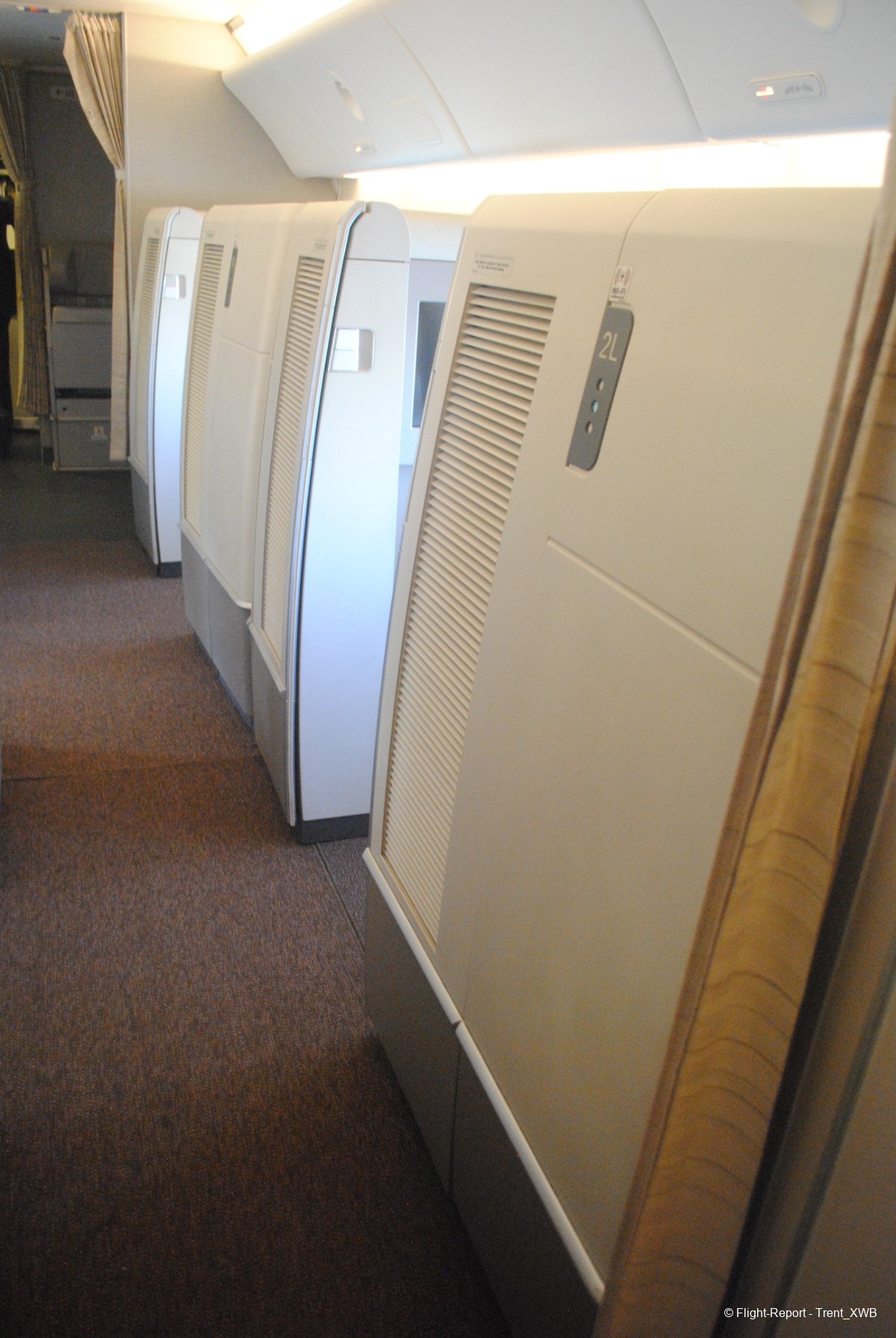
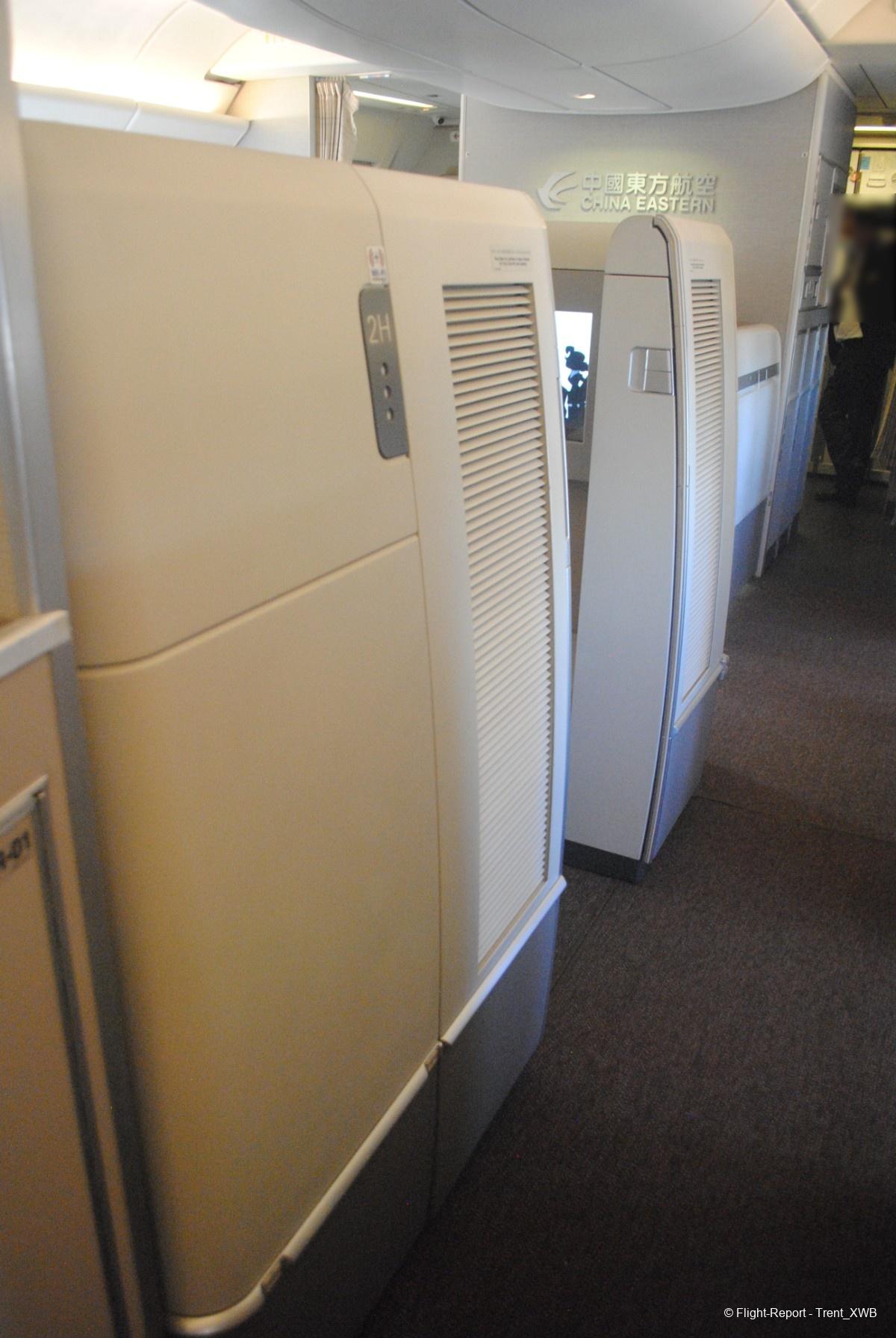
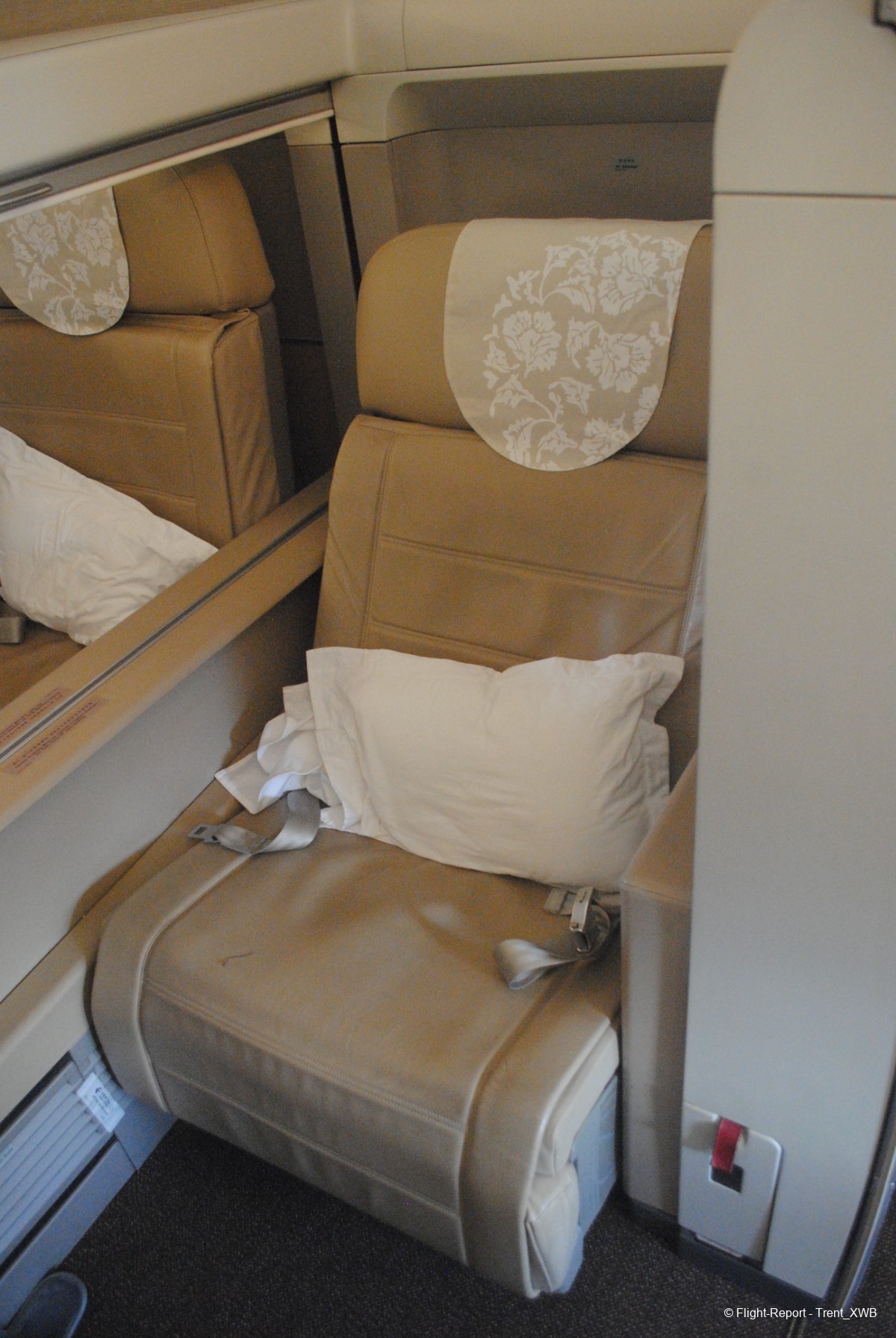
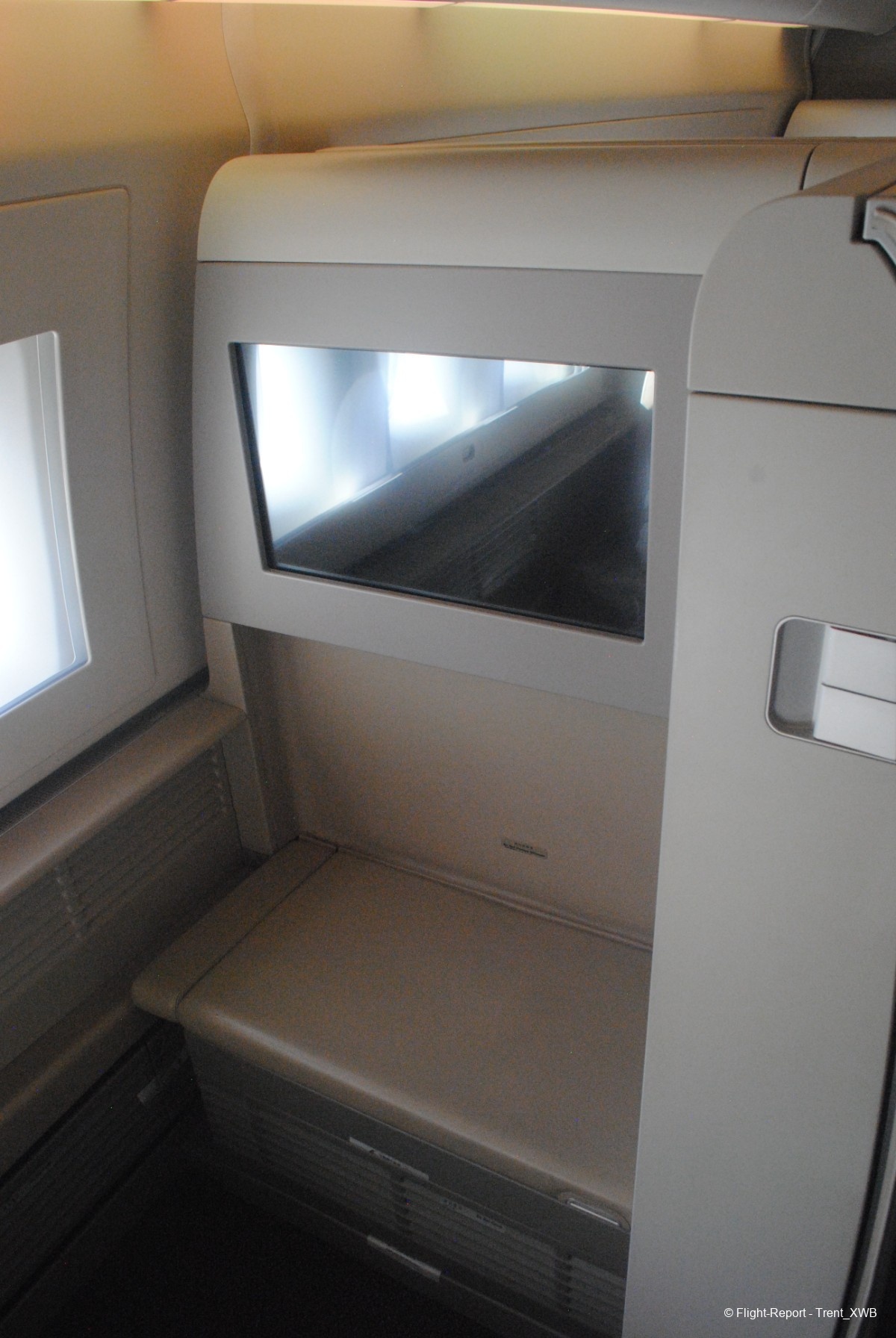
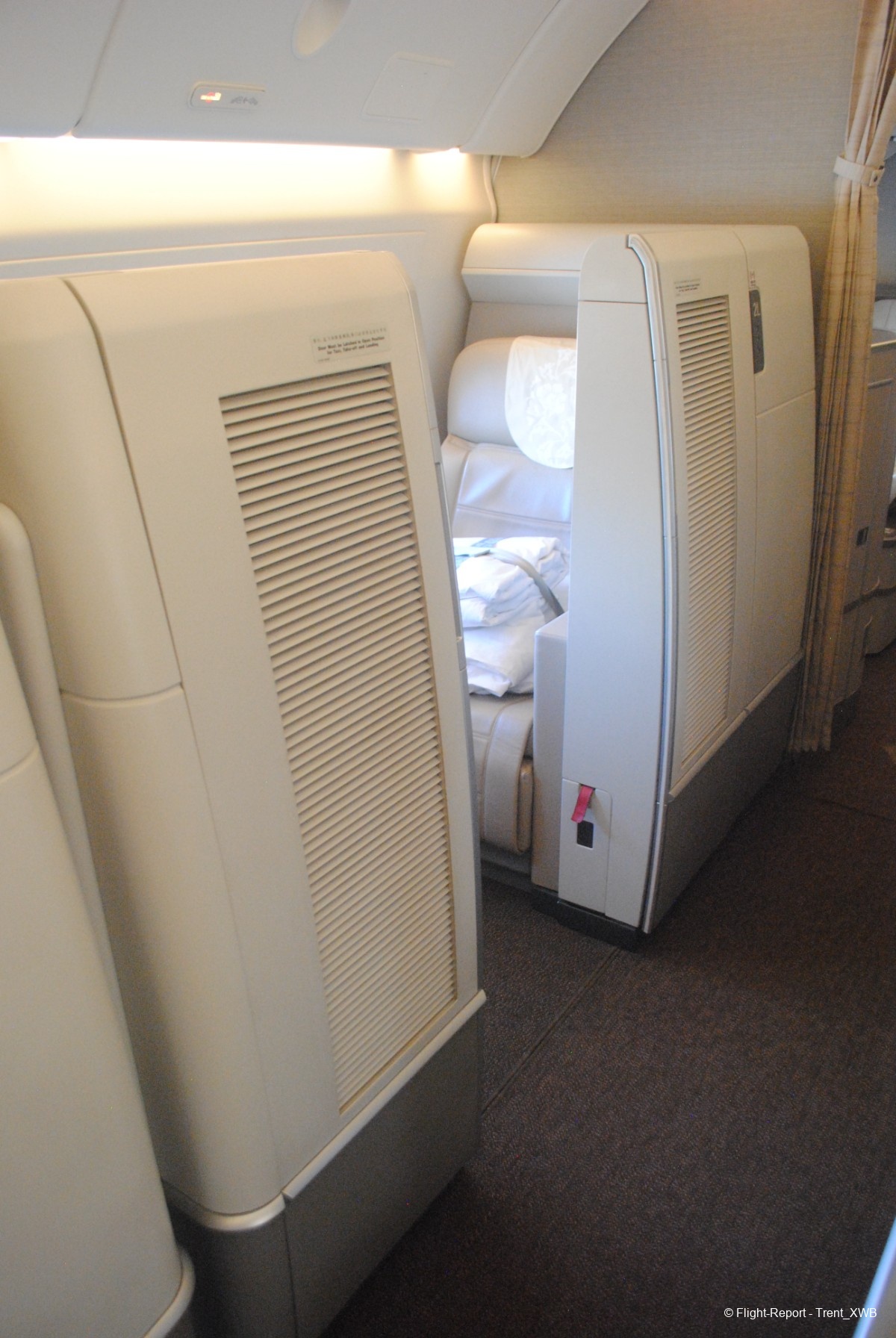
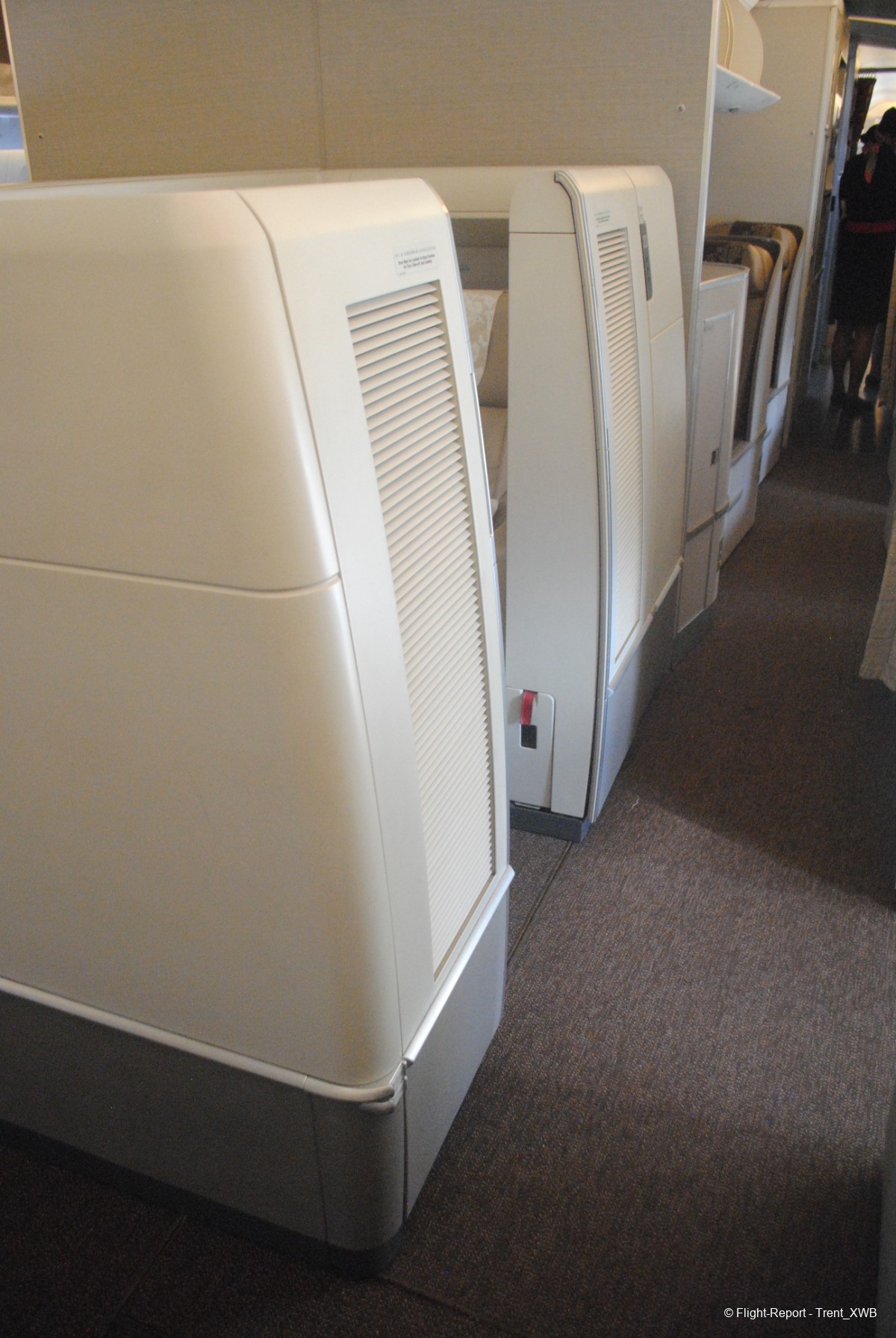
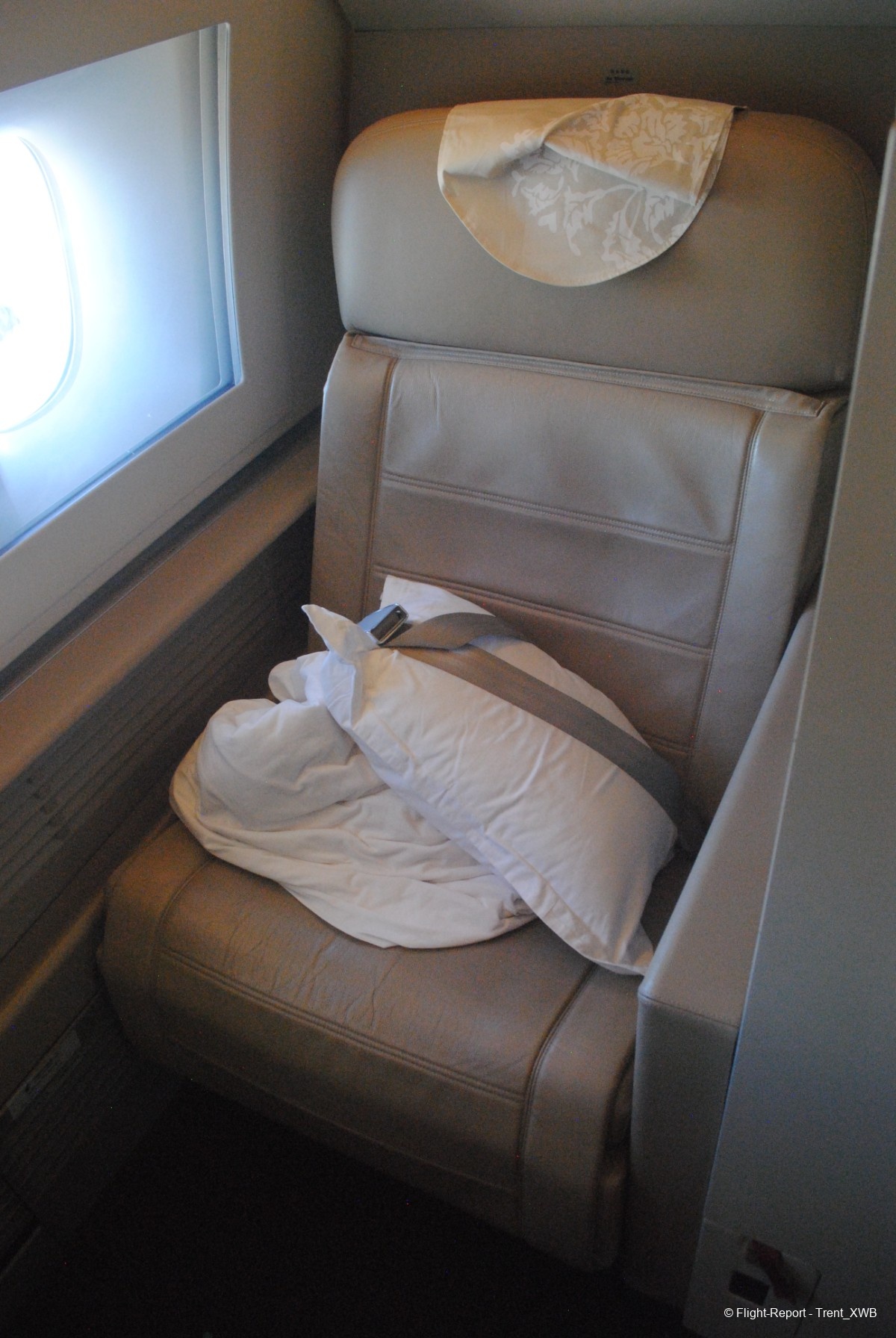
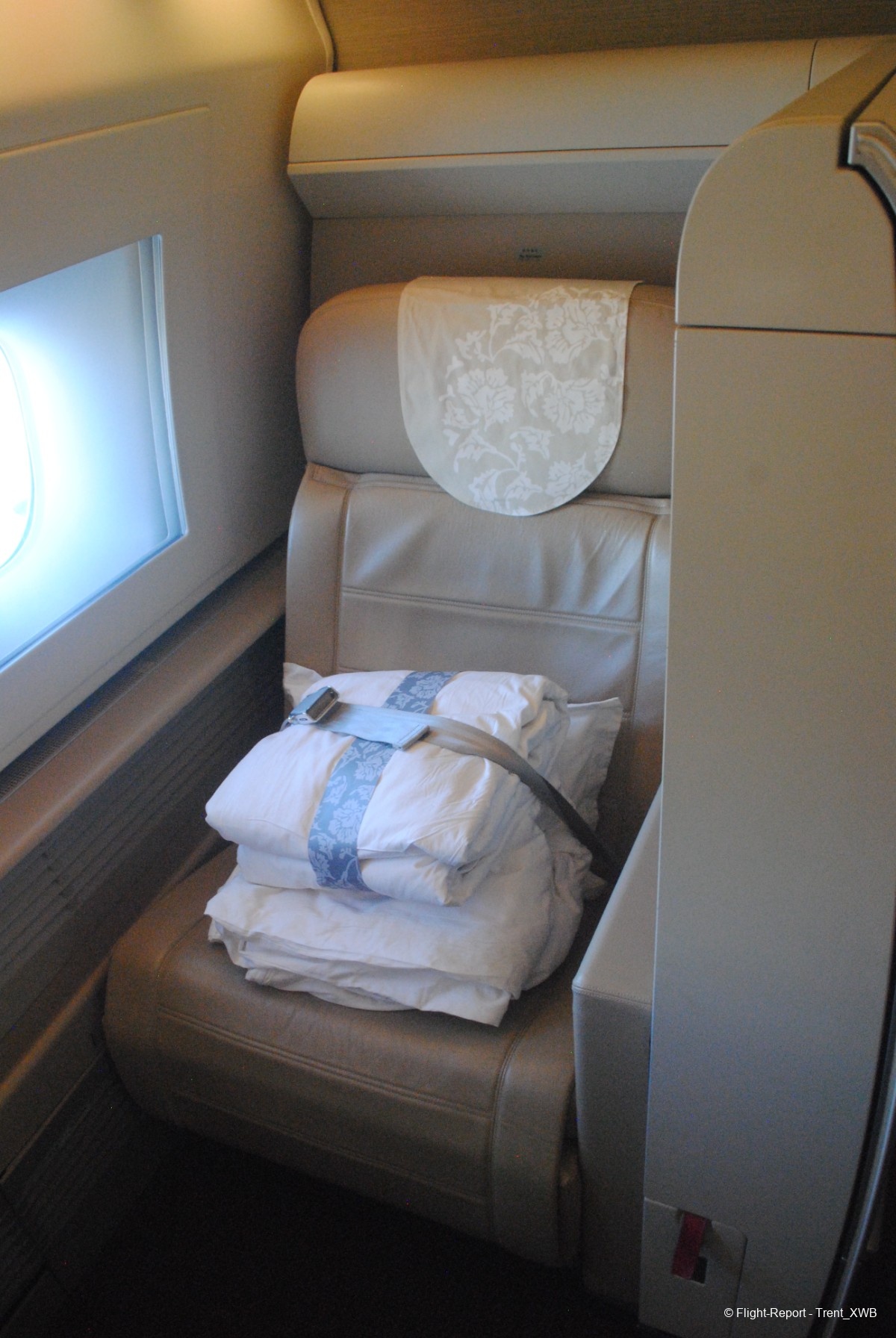
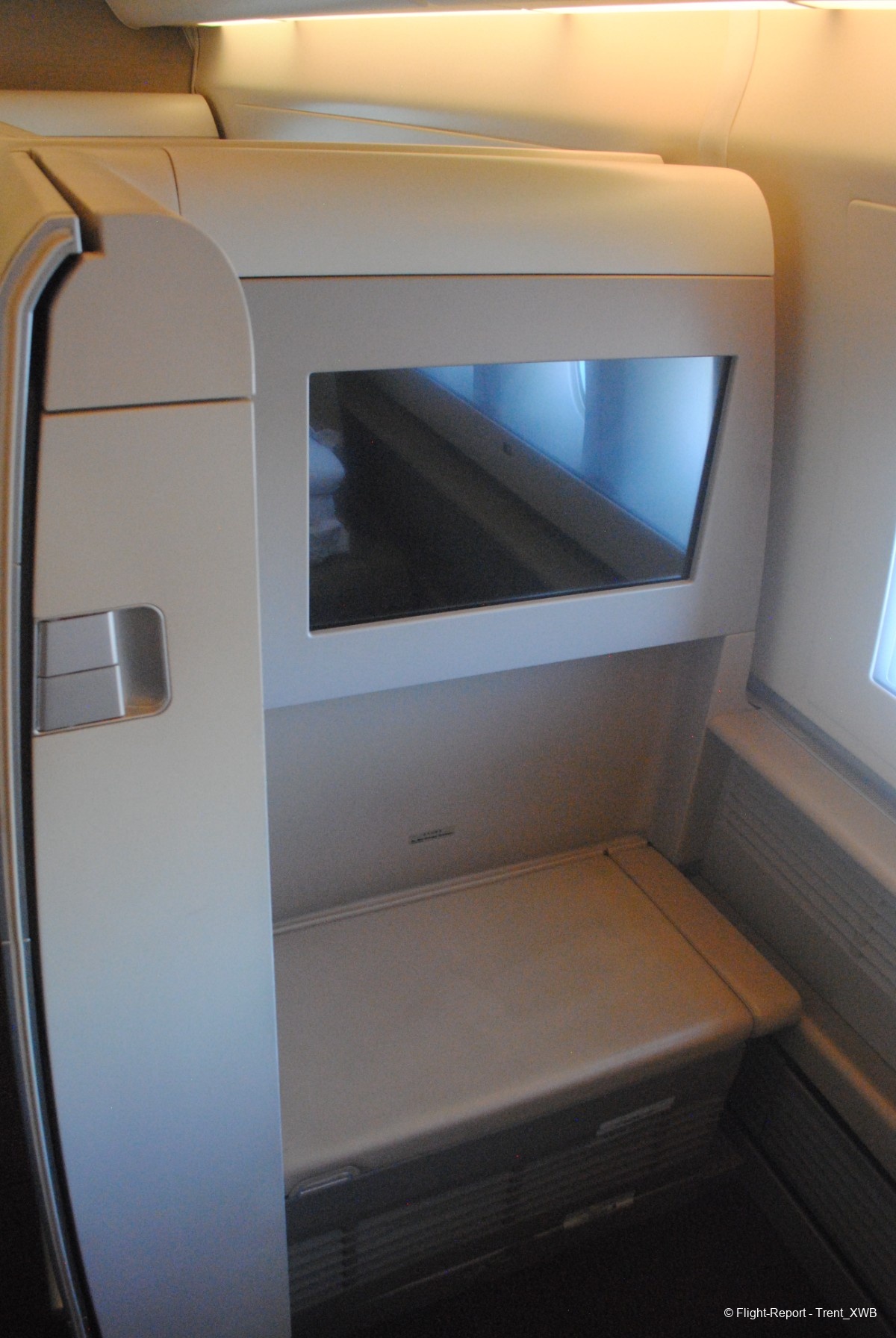
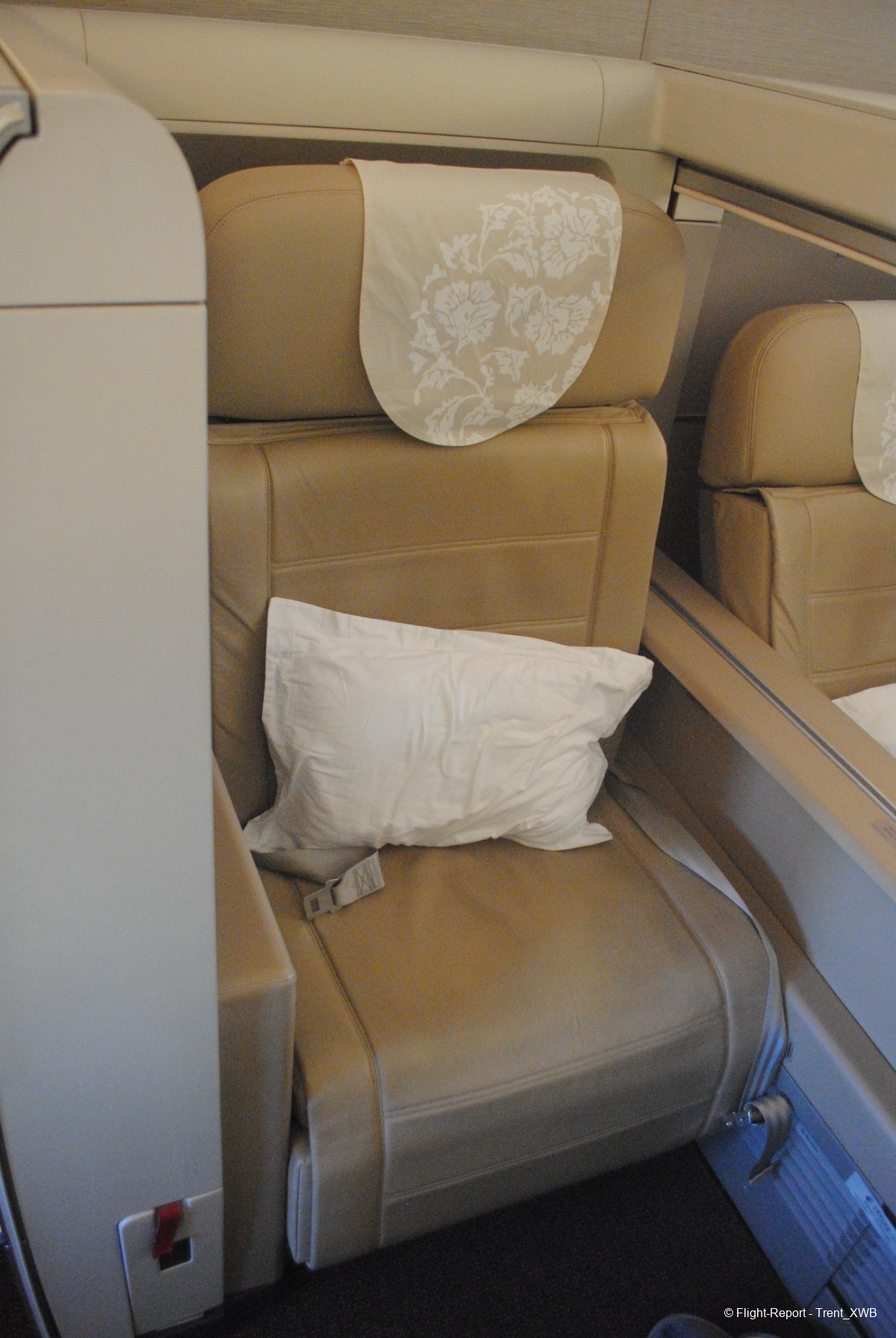
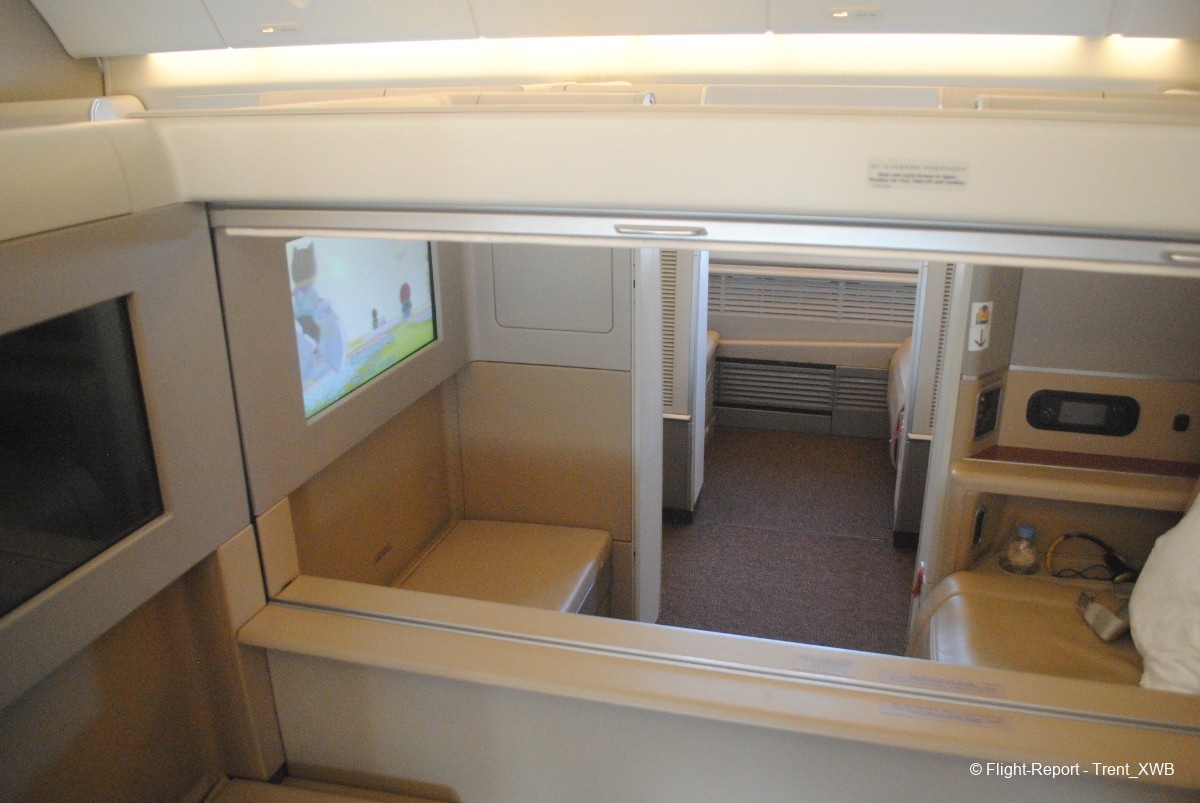
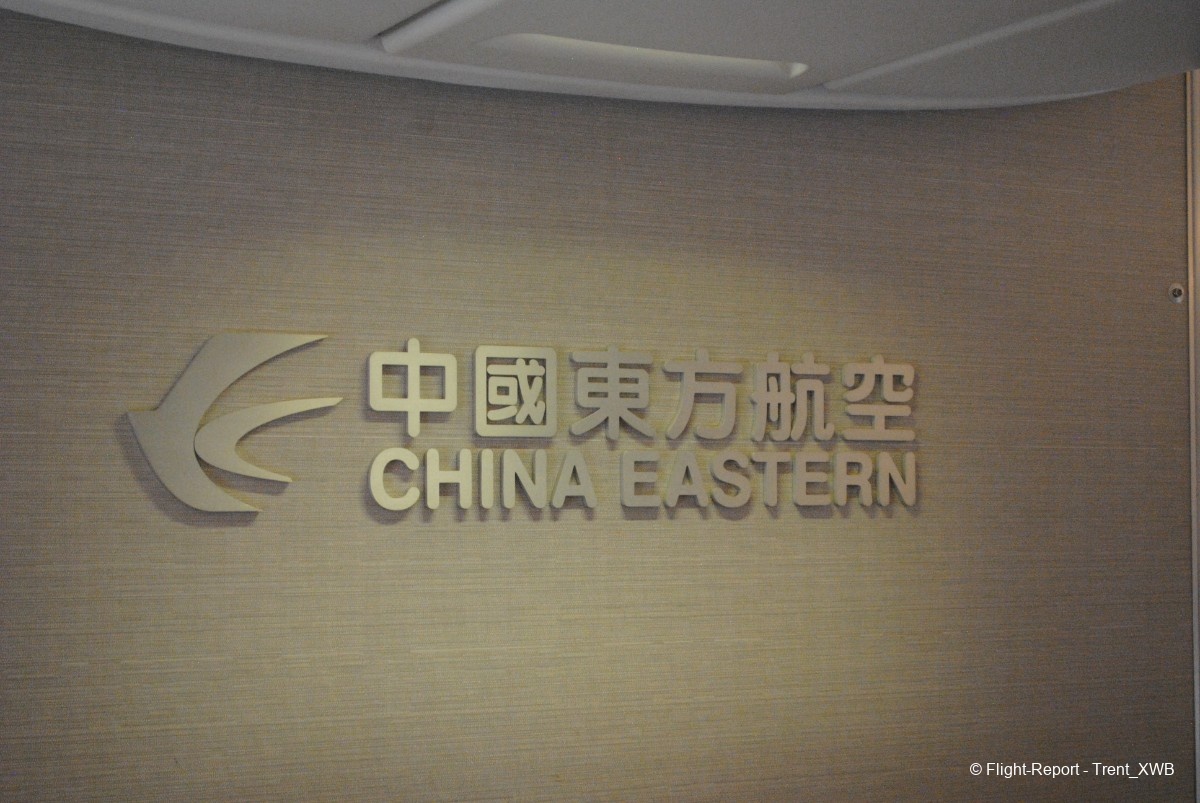
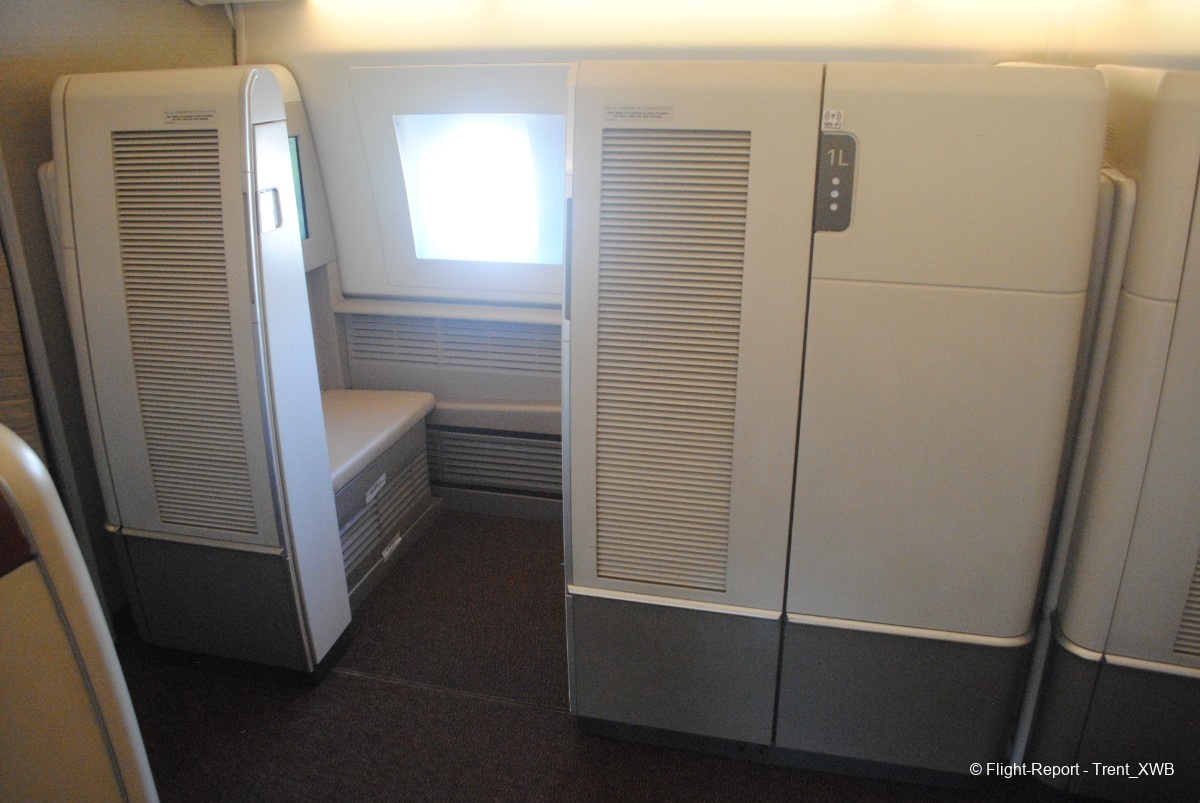
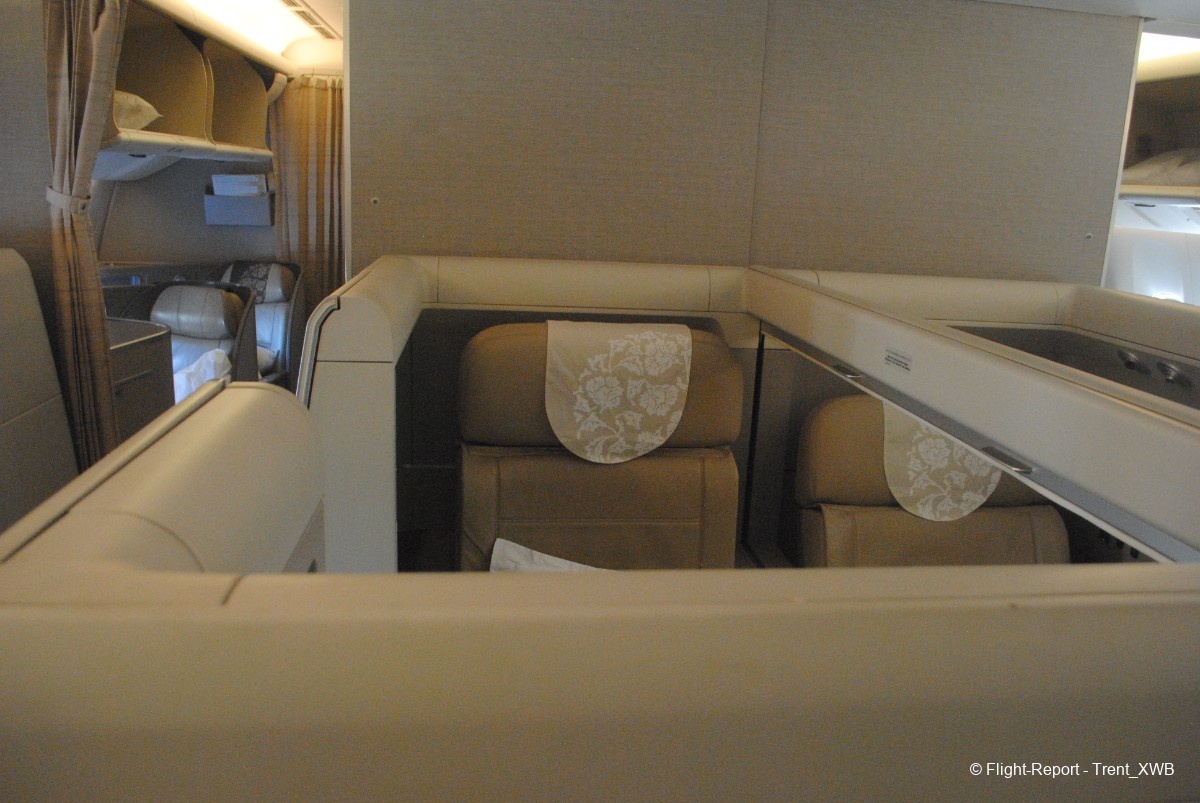
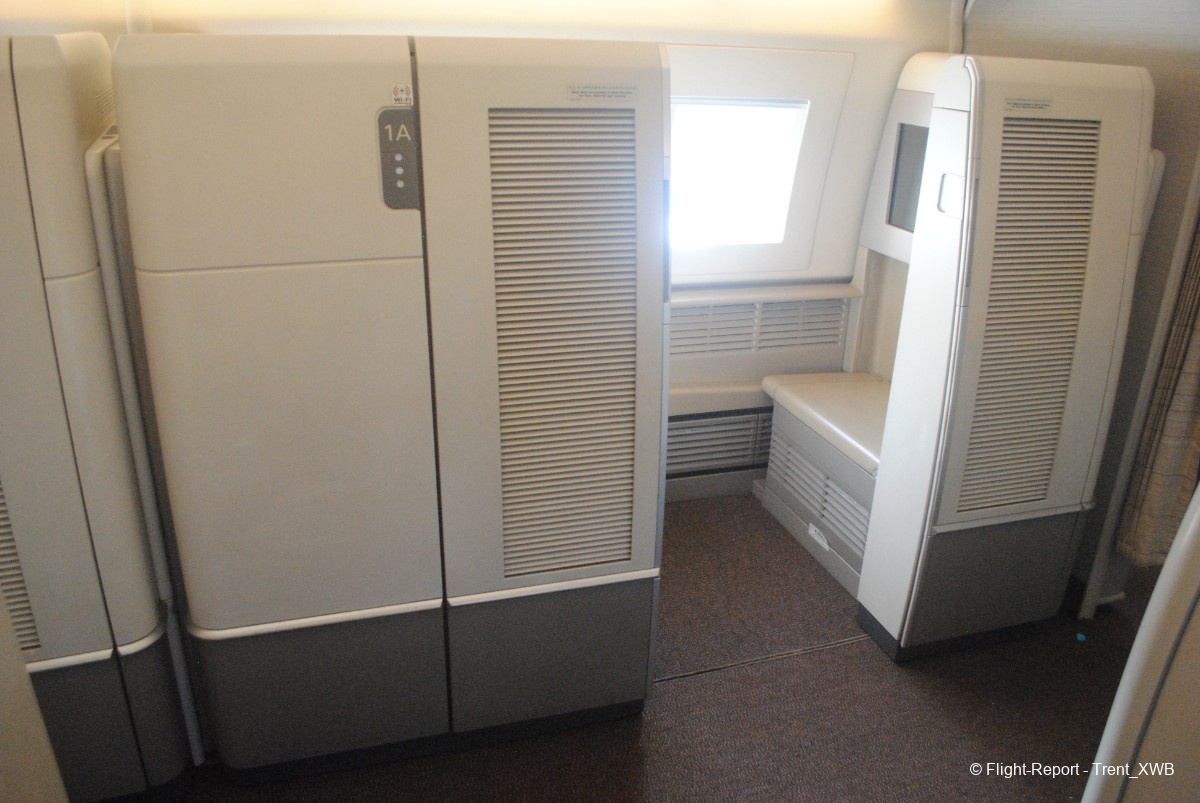
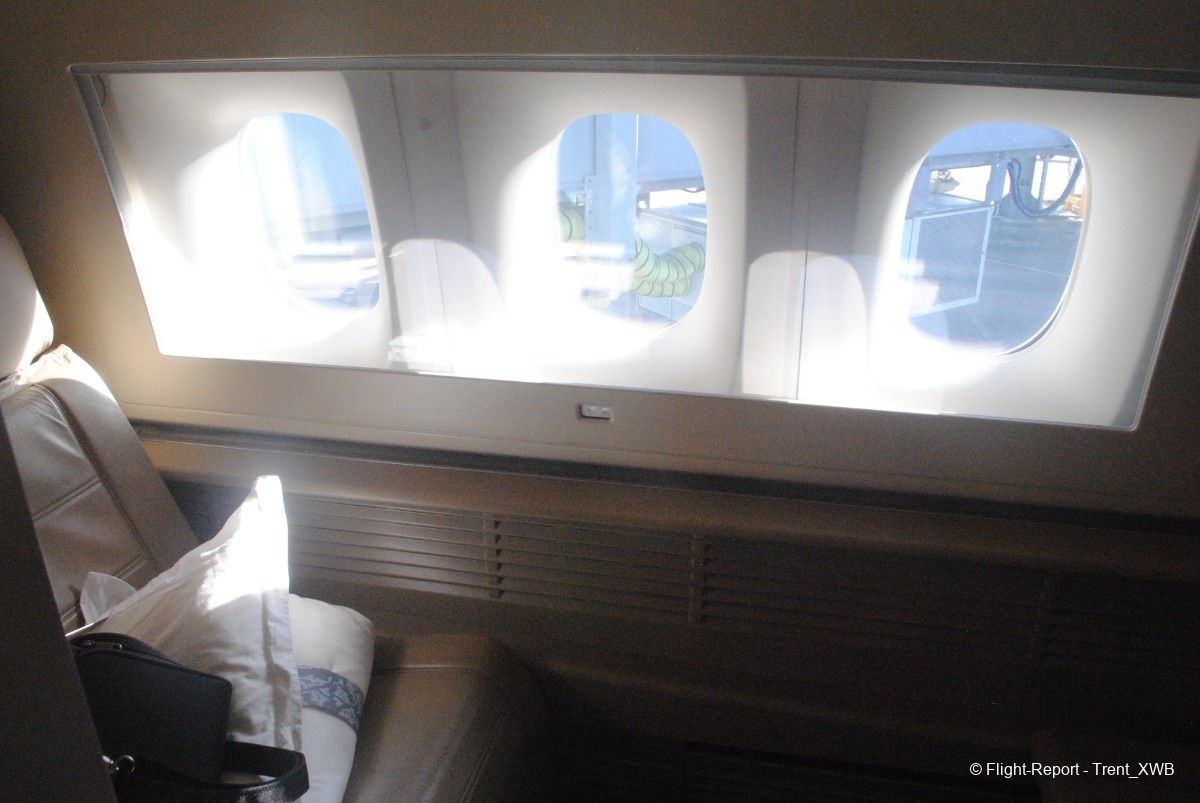
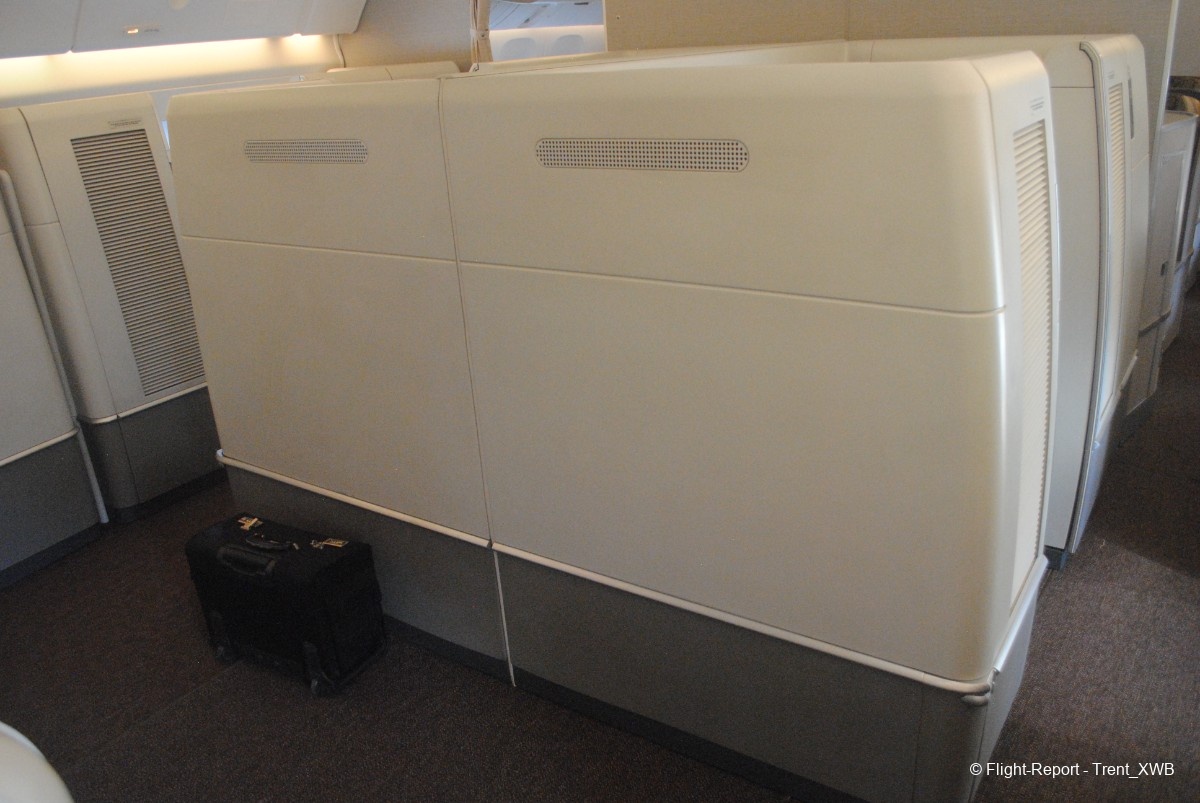
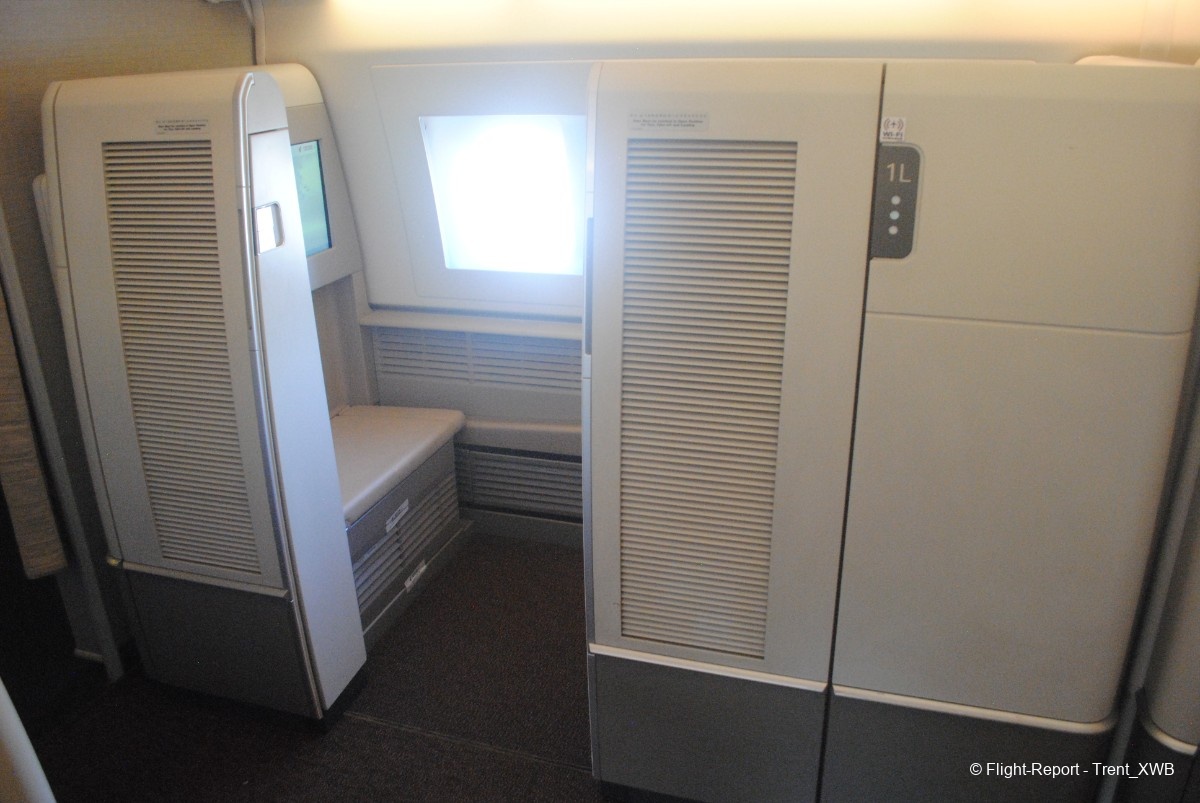
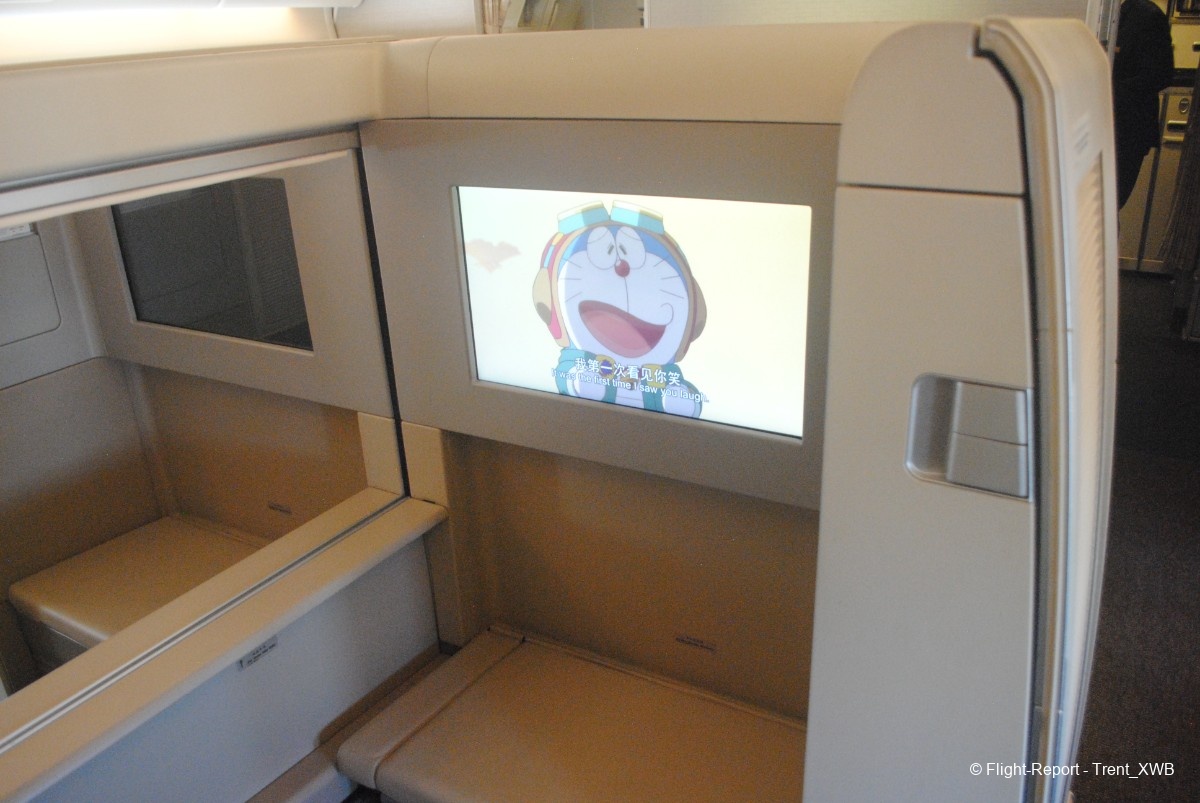
And now it's time to say goodbye to mighty B-2002 and very hospitable MU crew.
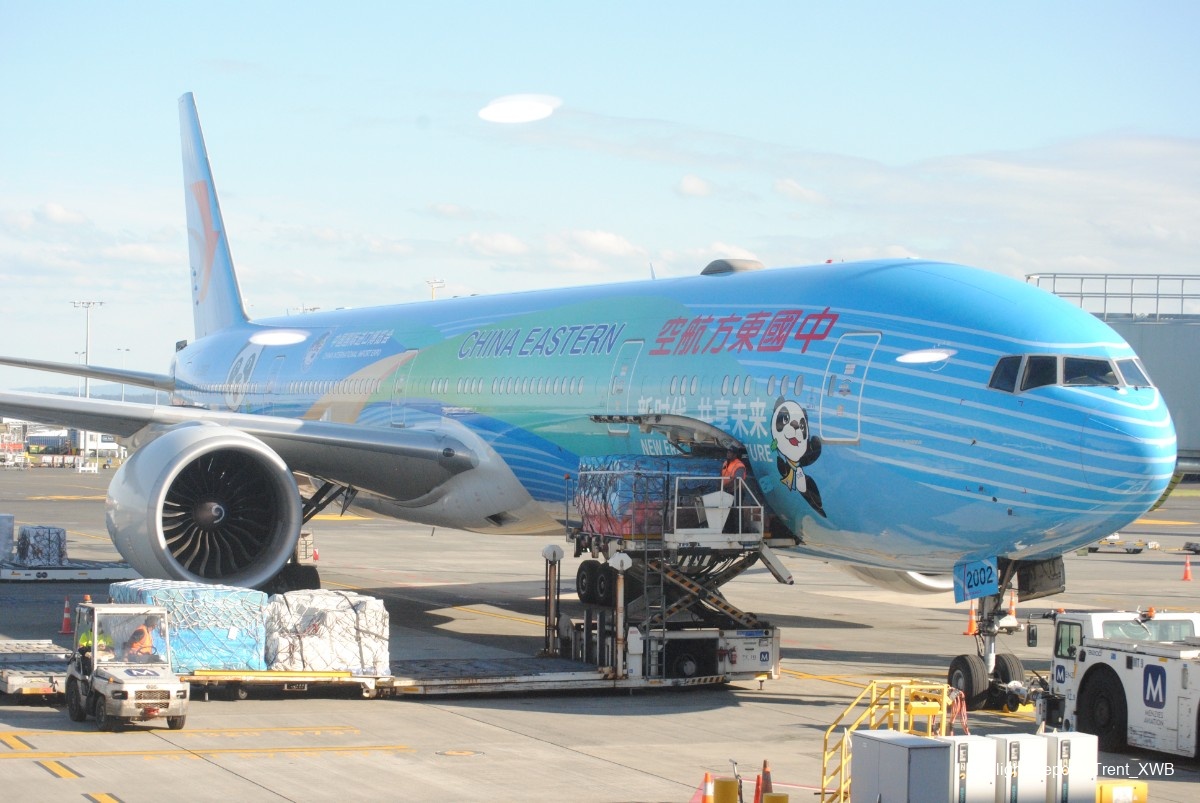
A couple of views of B-2002 and EK whalejet (its GCC counterpart QR flies A35K or B77L here) nearby from the distance, as I get closer to the border control.
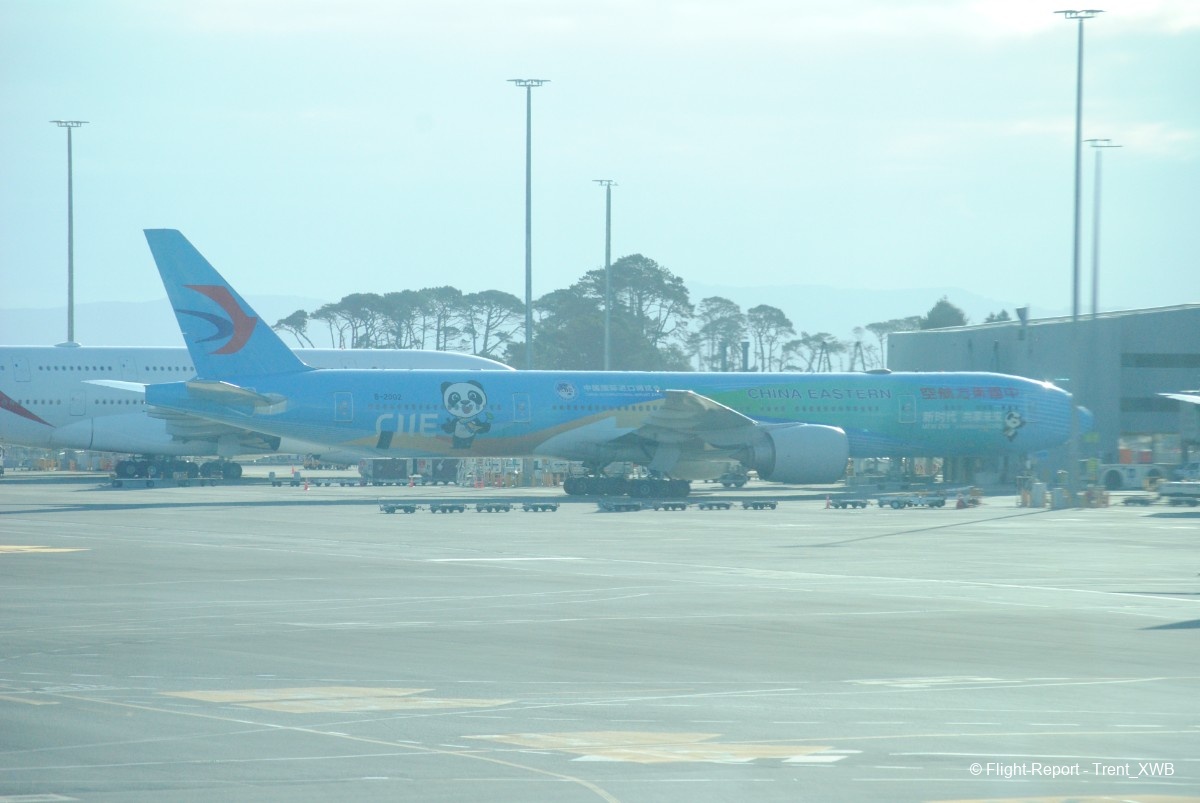
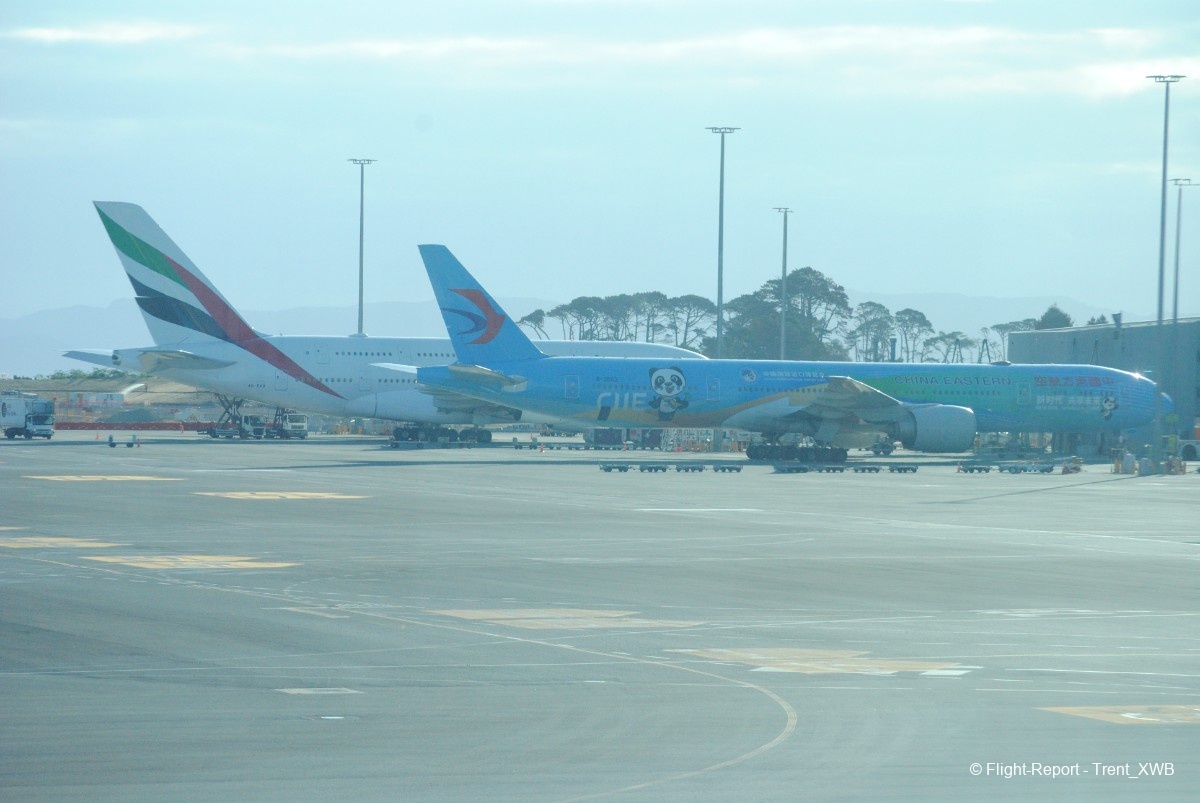
After 35 days in NZ I made my way to Argentina via LATAM AKL-SCL flight on B789 (while Chilean crew were very nice as always, they locked the windows in blackout mode for the entire flight, and the transpacific crossing was very dull), JetSMART SCL-MVD flight on A20N and Buquebus ferry from Colonia del Sacramento to Buenos Aires. Probably I'll share the details later.
With the new MU extension of PVG-AKL service to EZE, this way can be more direct, if you're ready to pay a lot more (I got AKL-SCL on promo fare of 700 EUR, SCL-MVD was about 60 EUR and the Colonia - BA ferry was about 50 EUR).
Thanks for your attention and see you in the next FRs!
